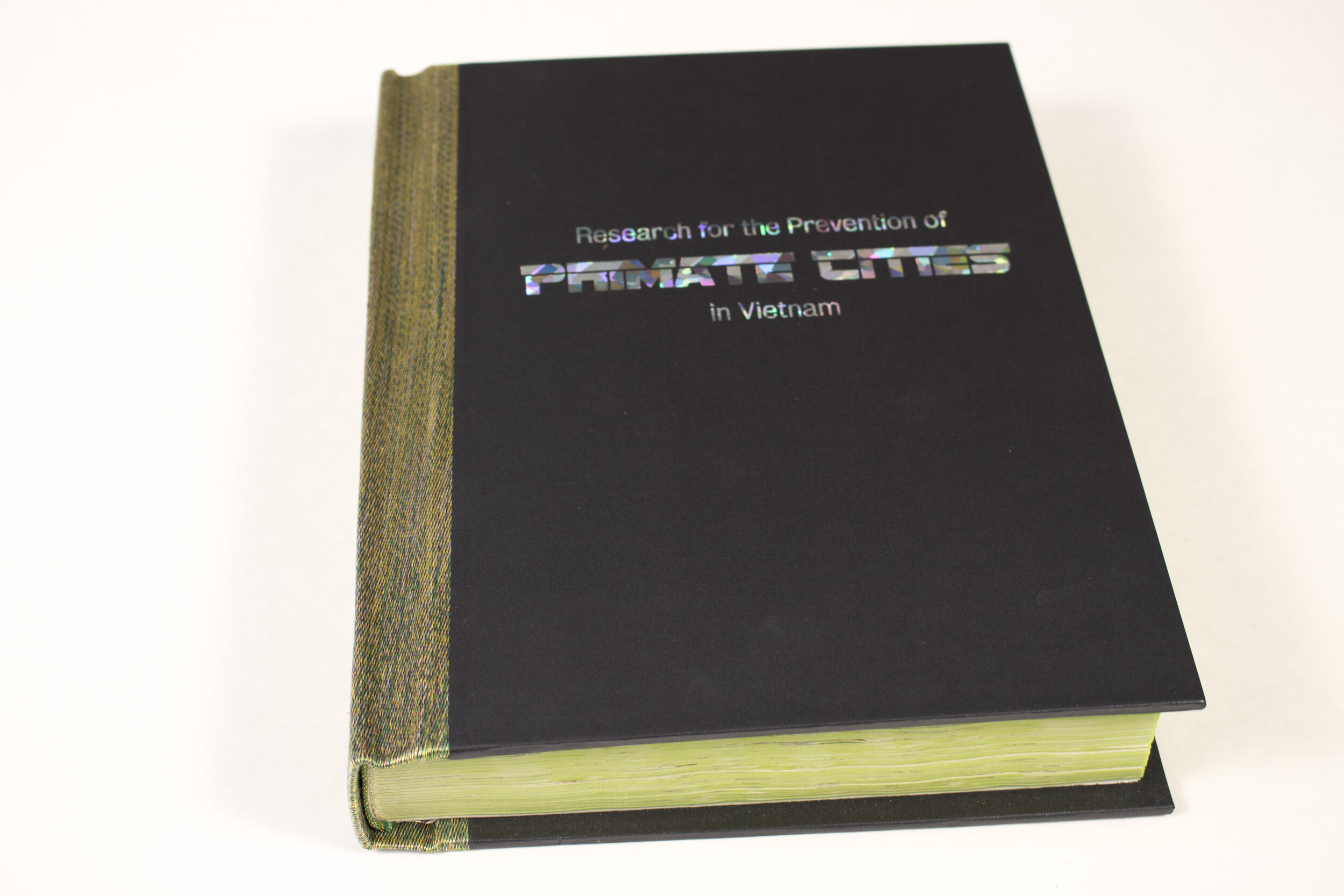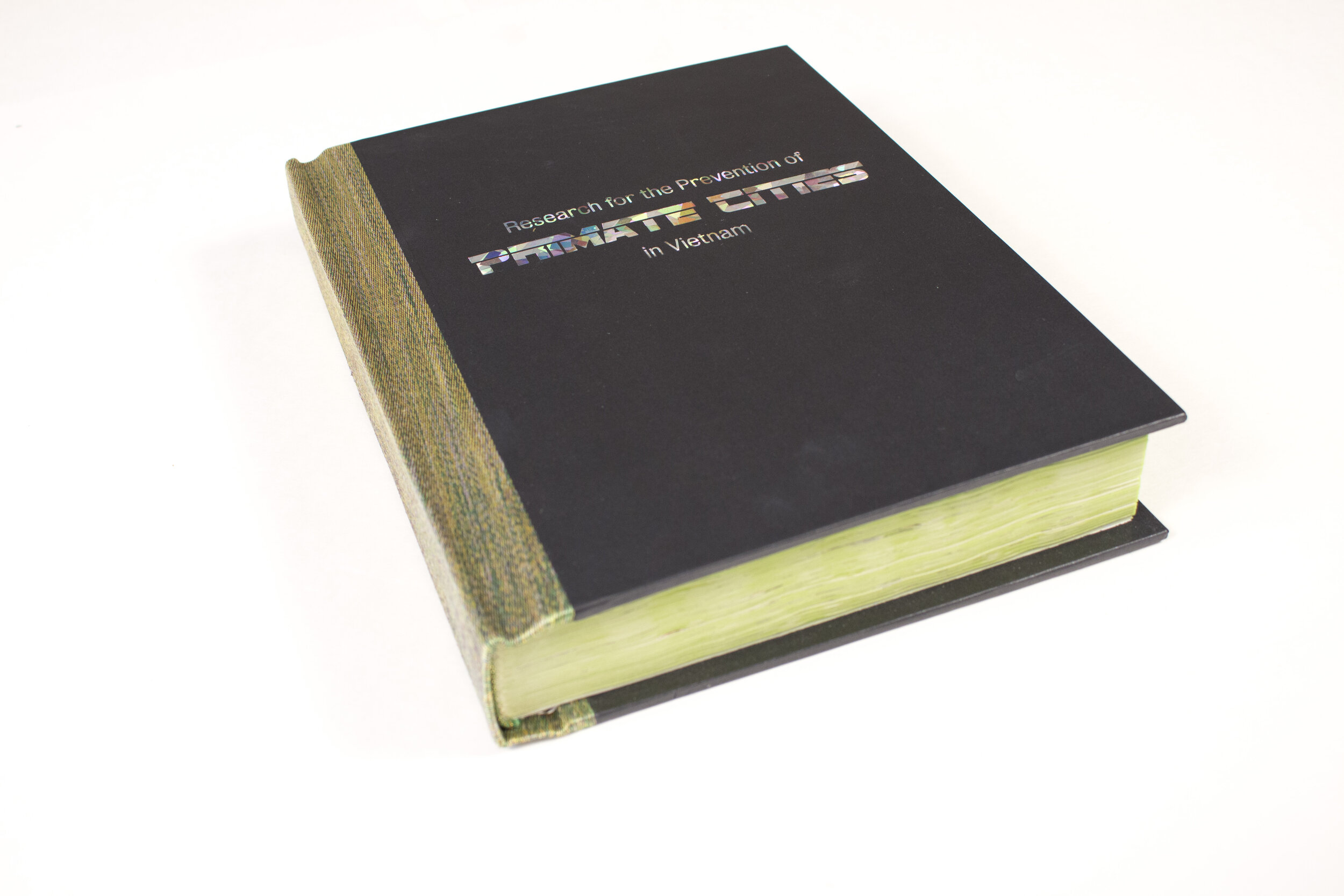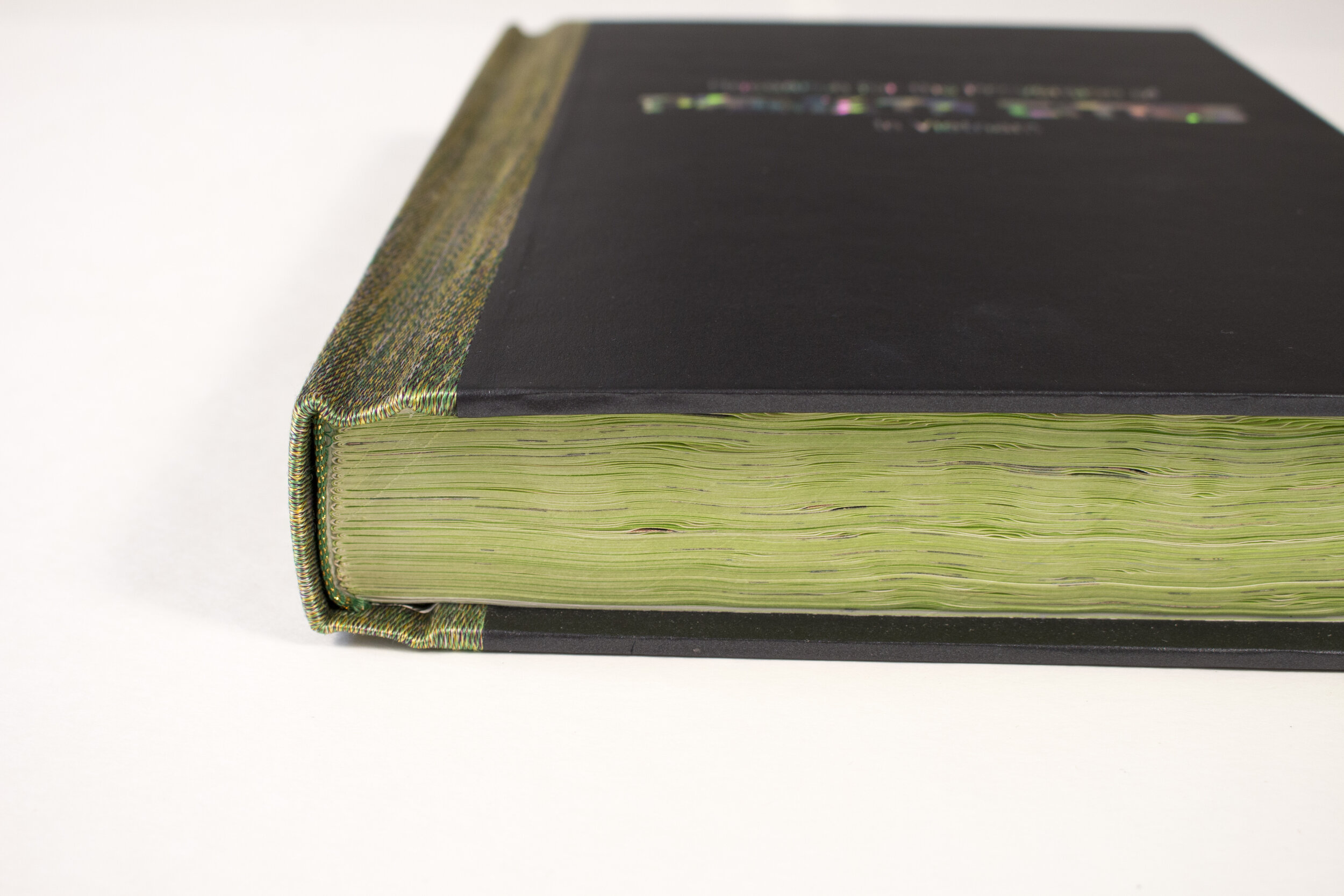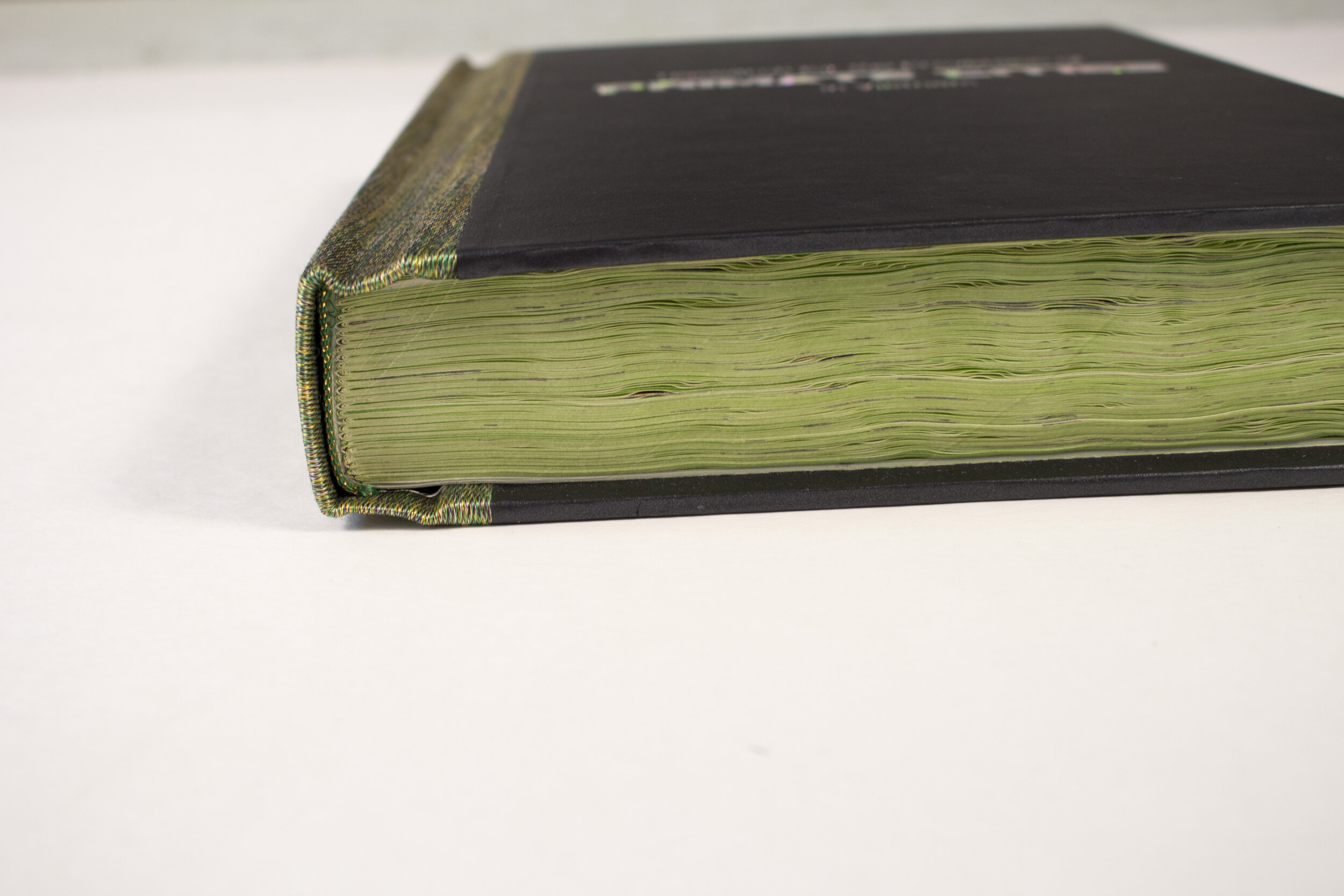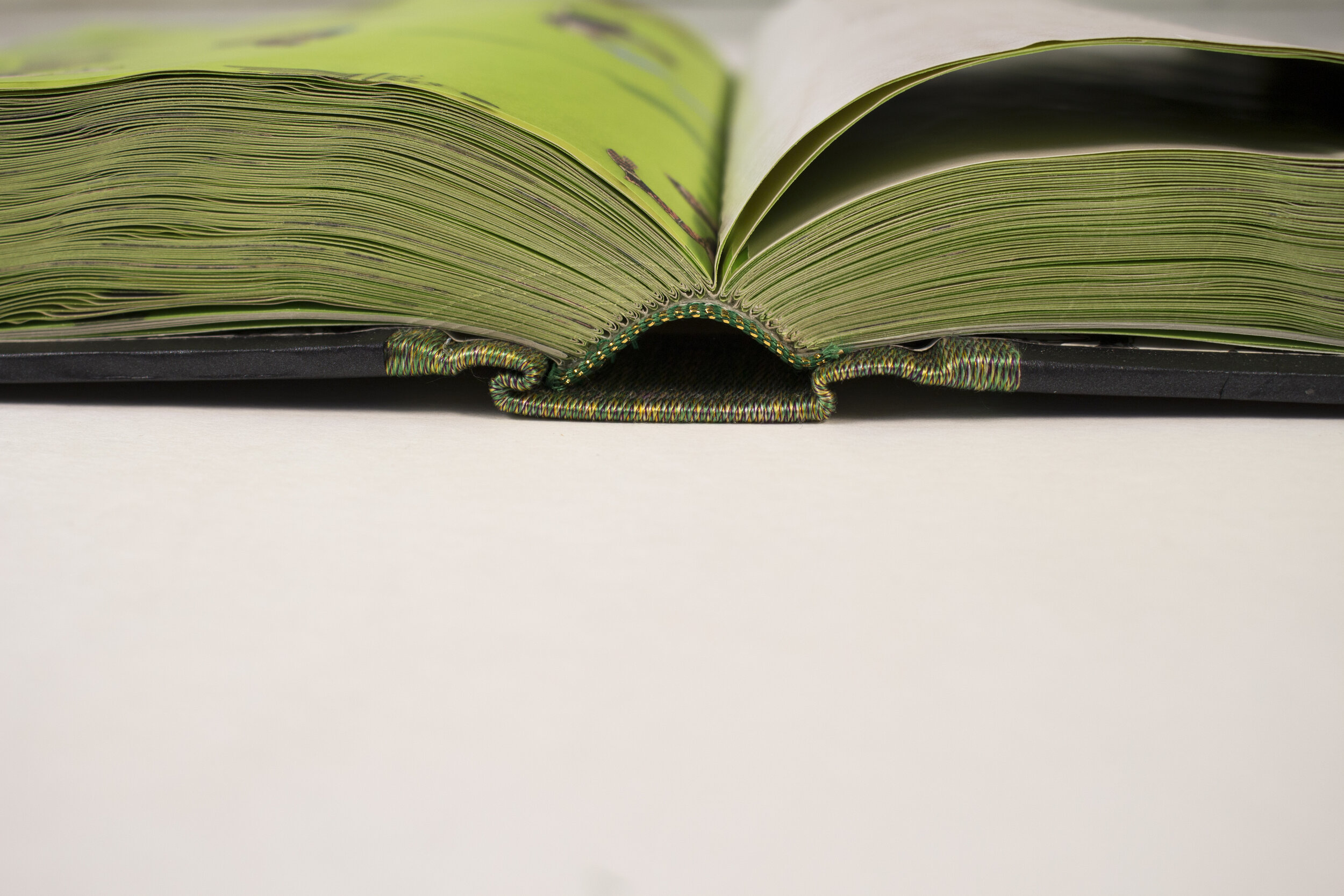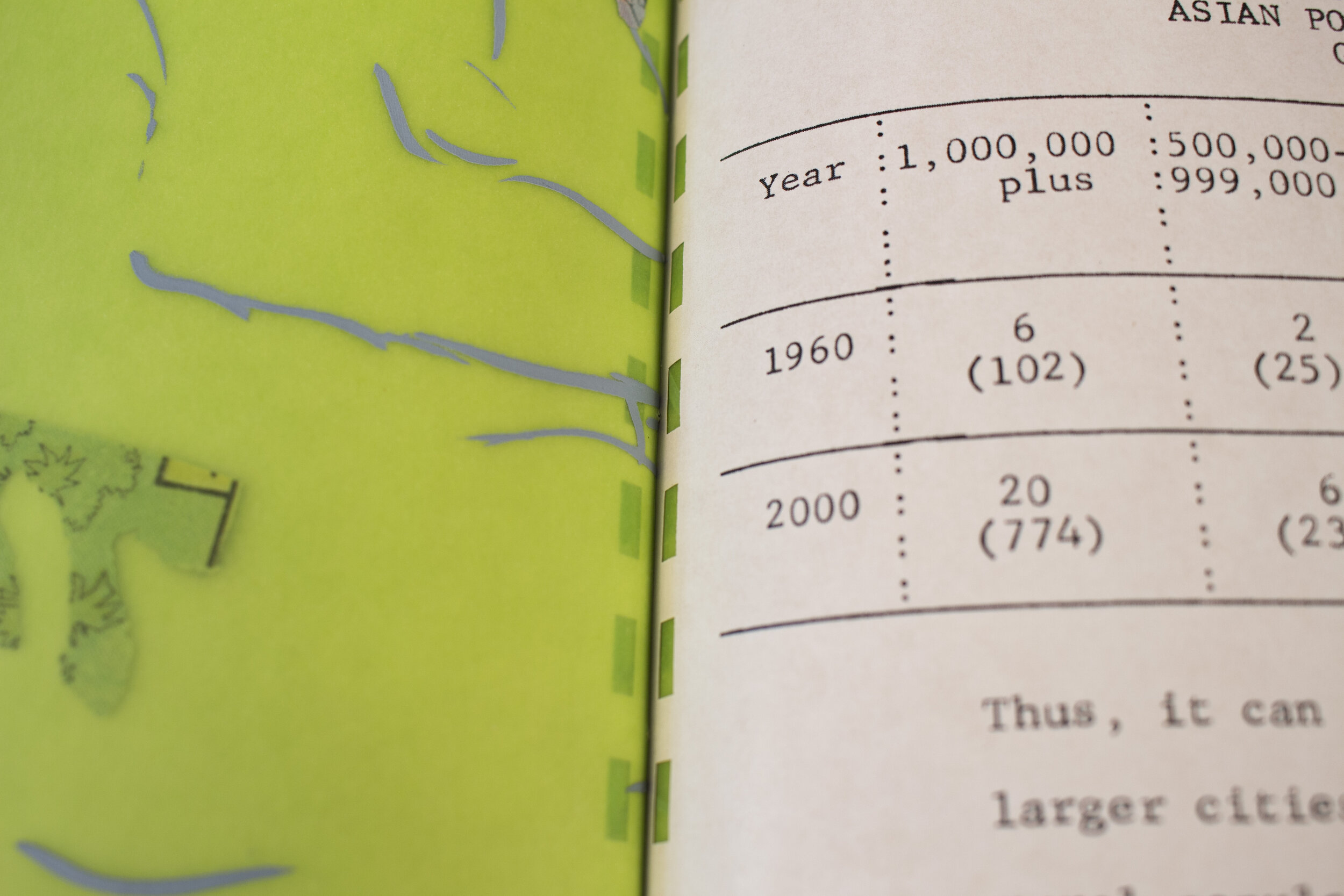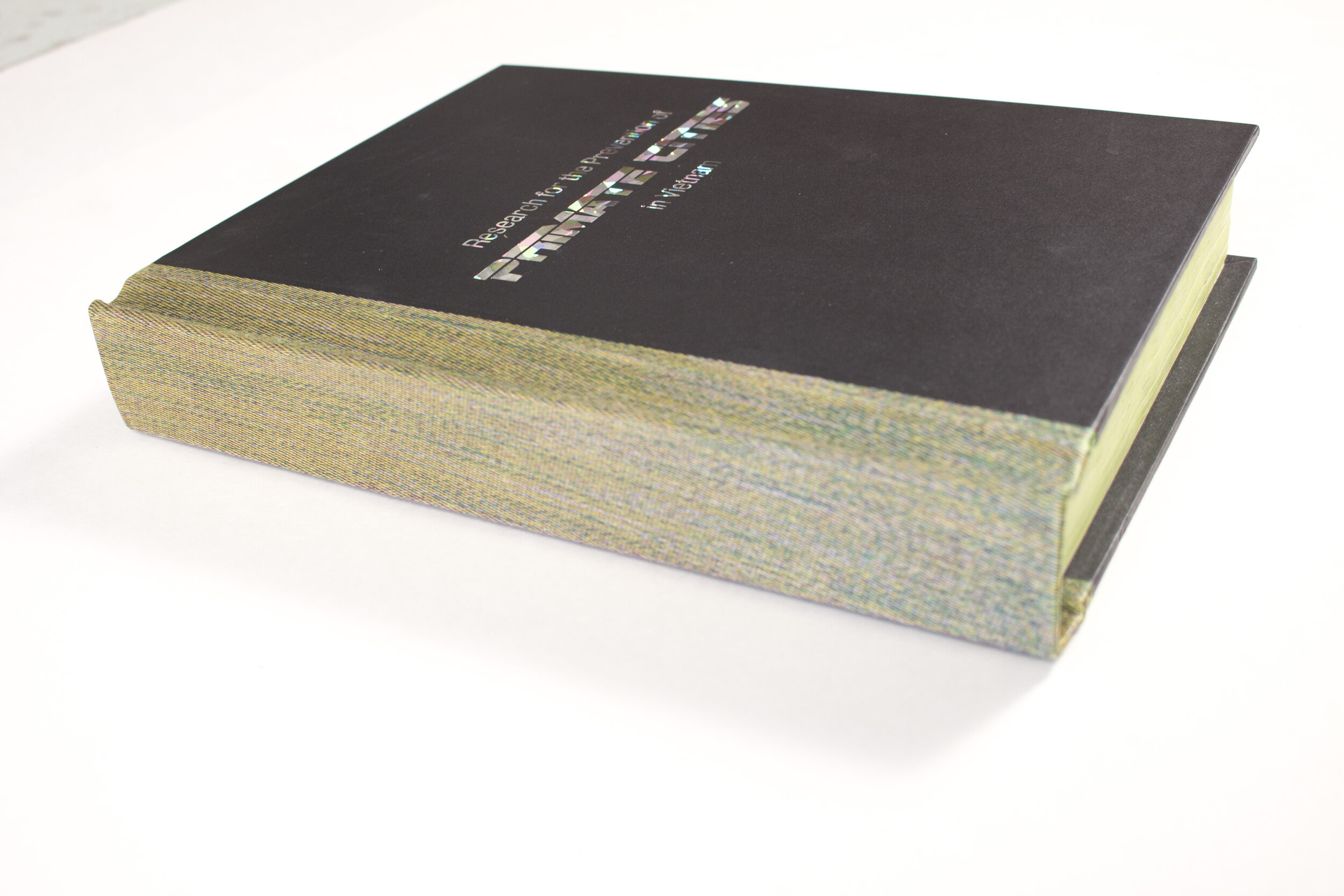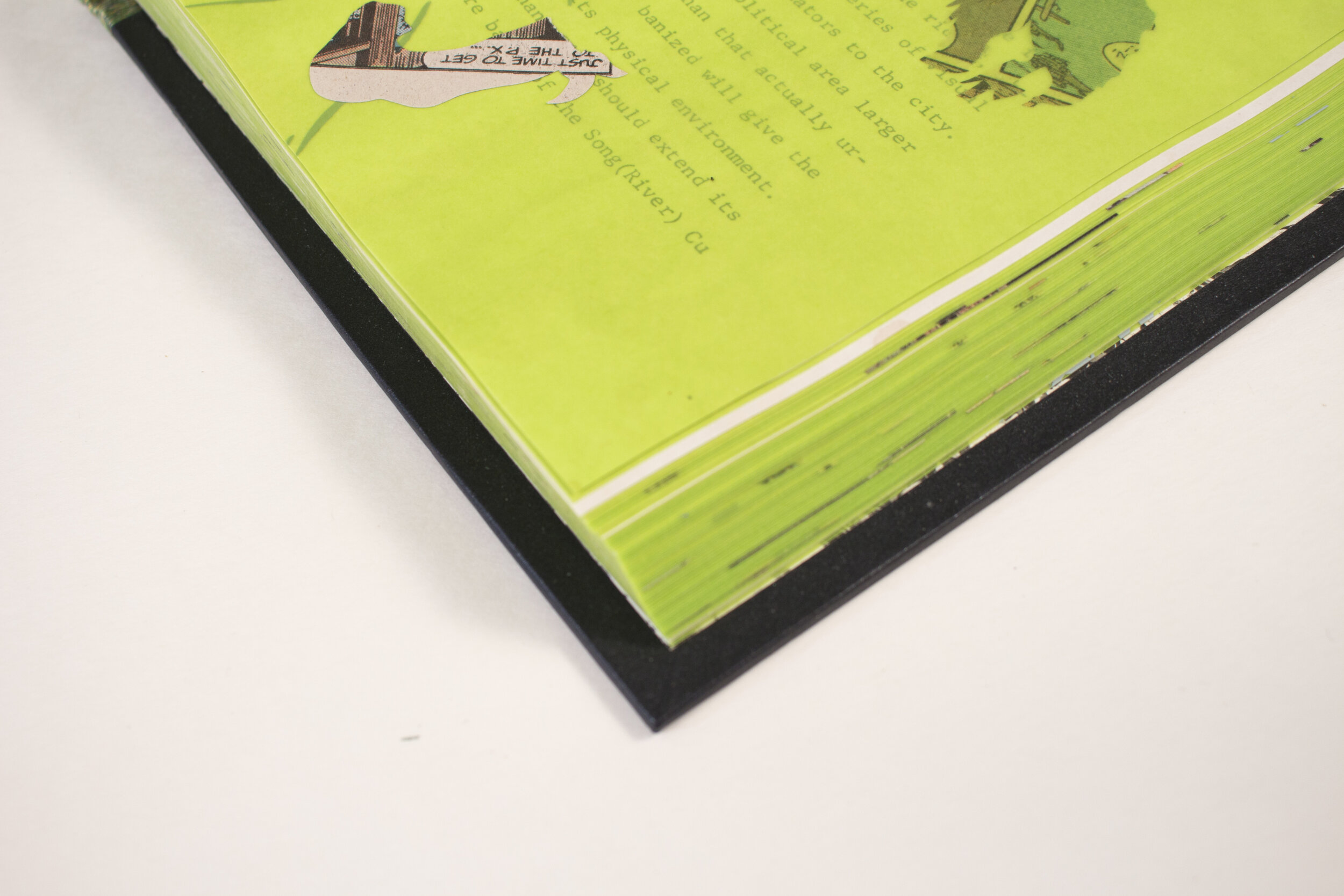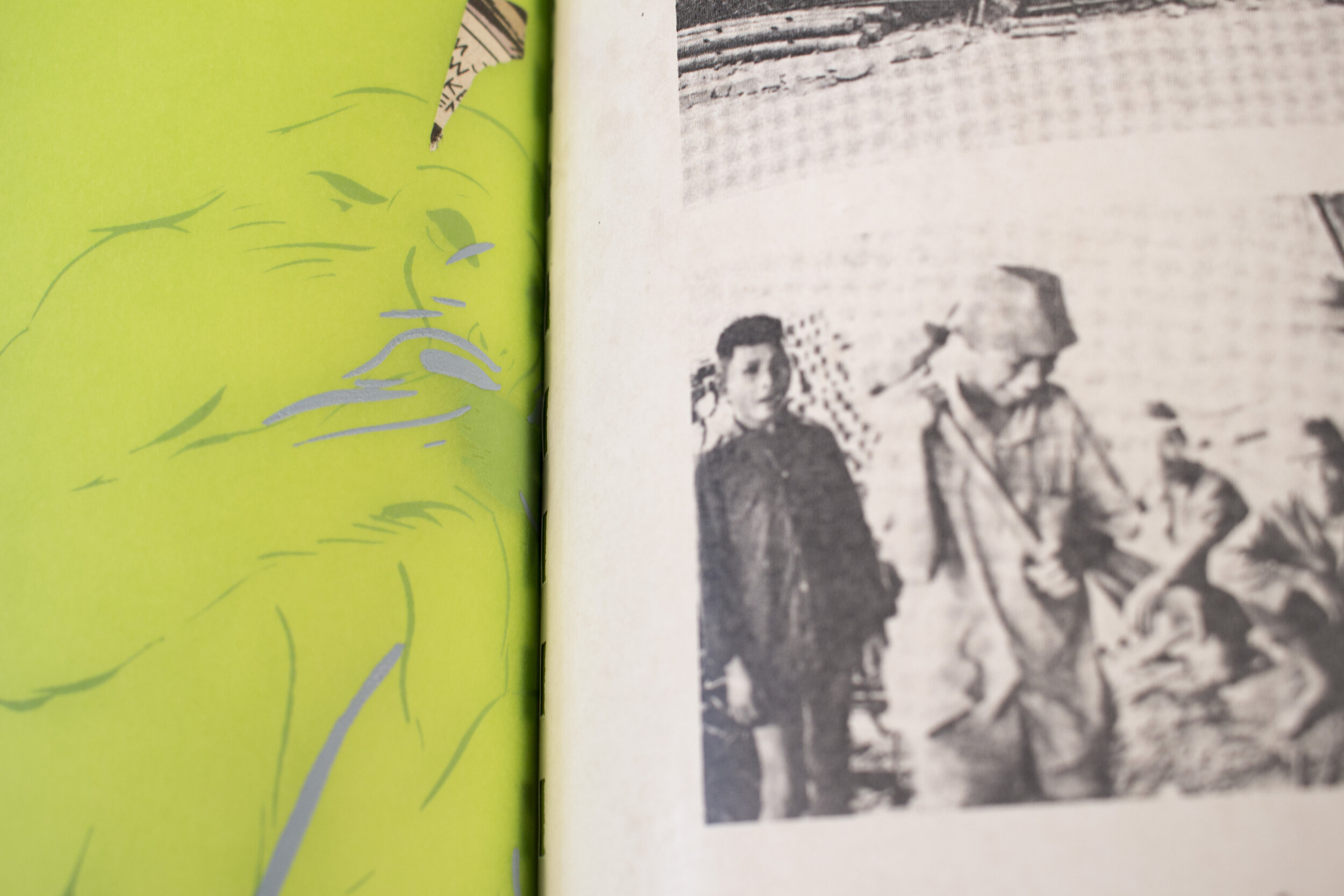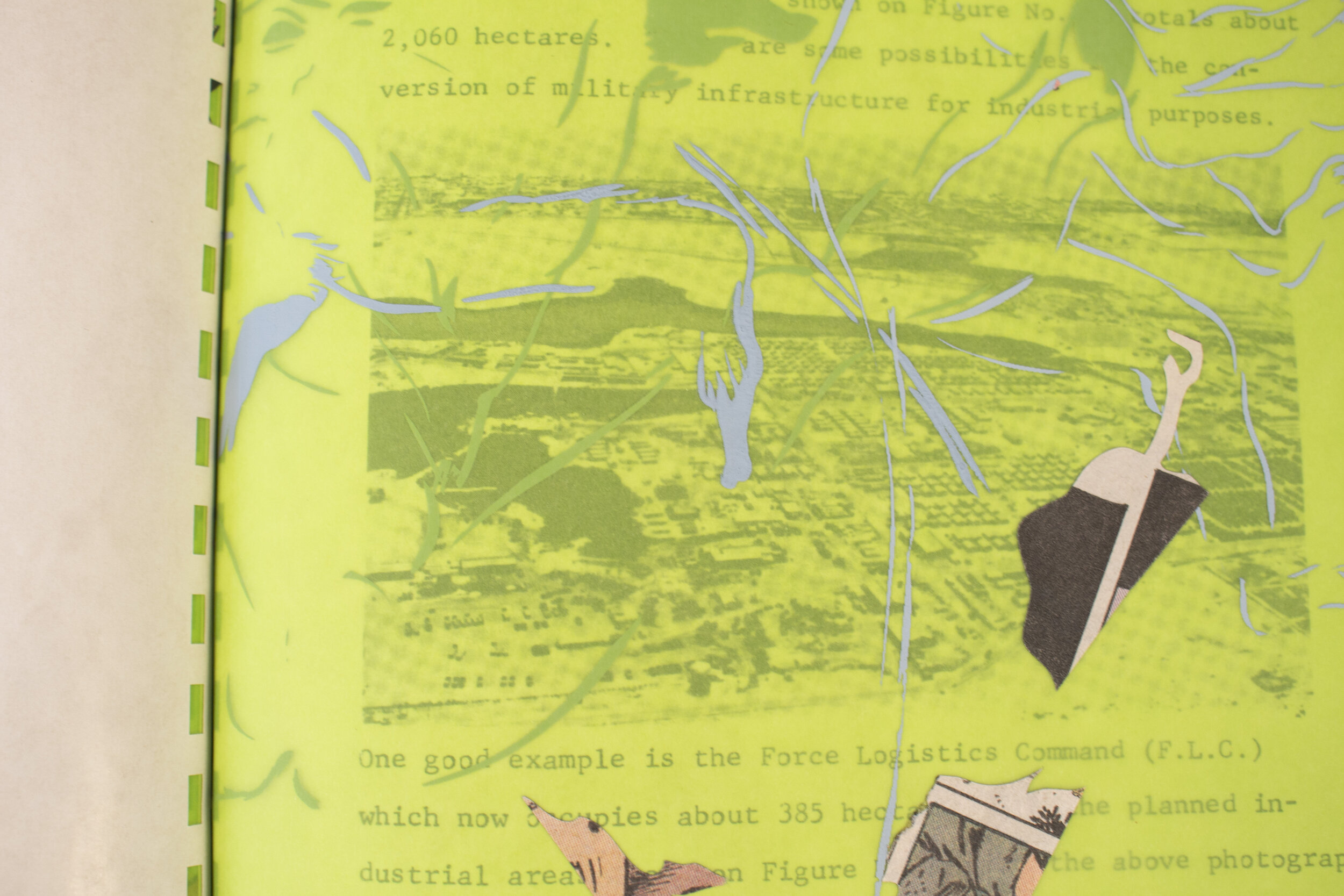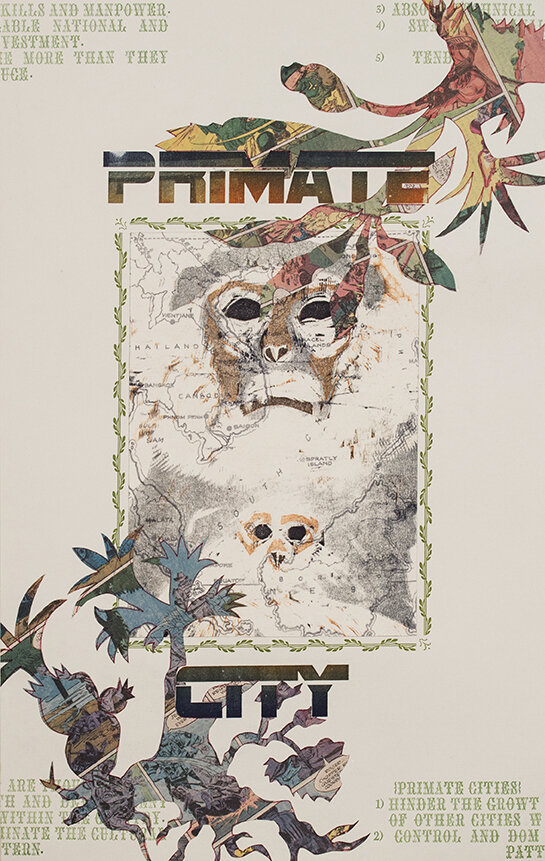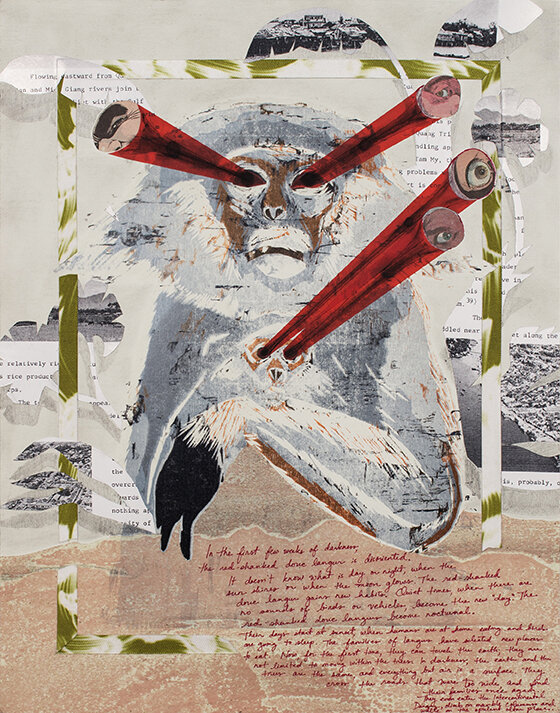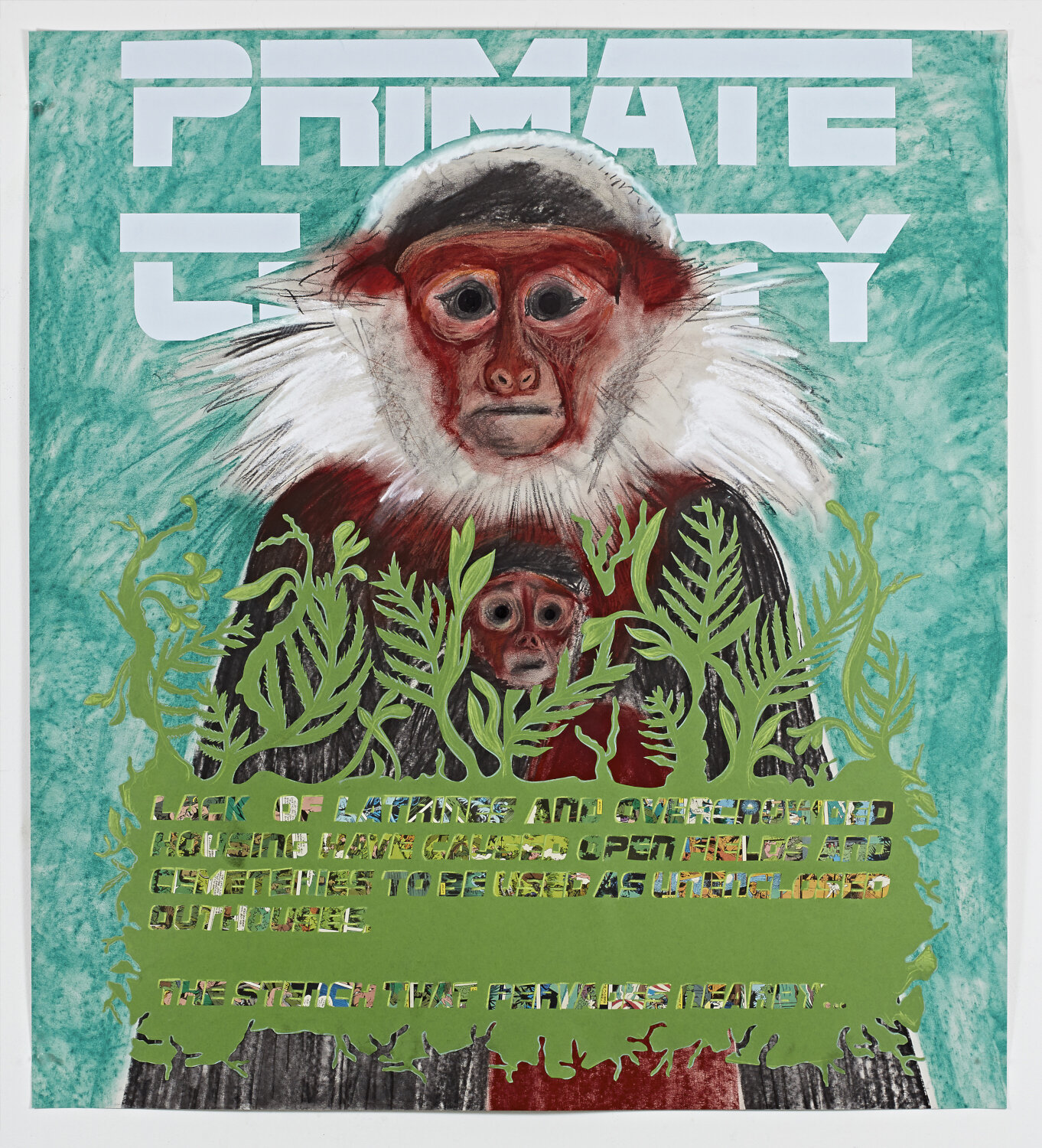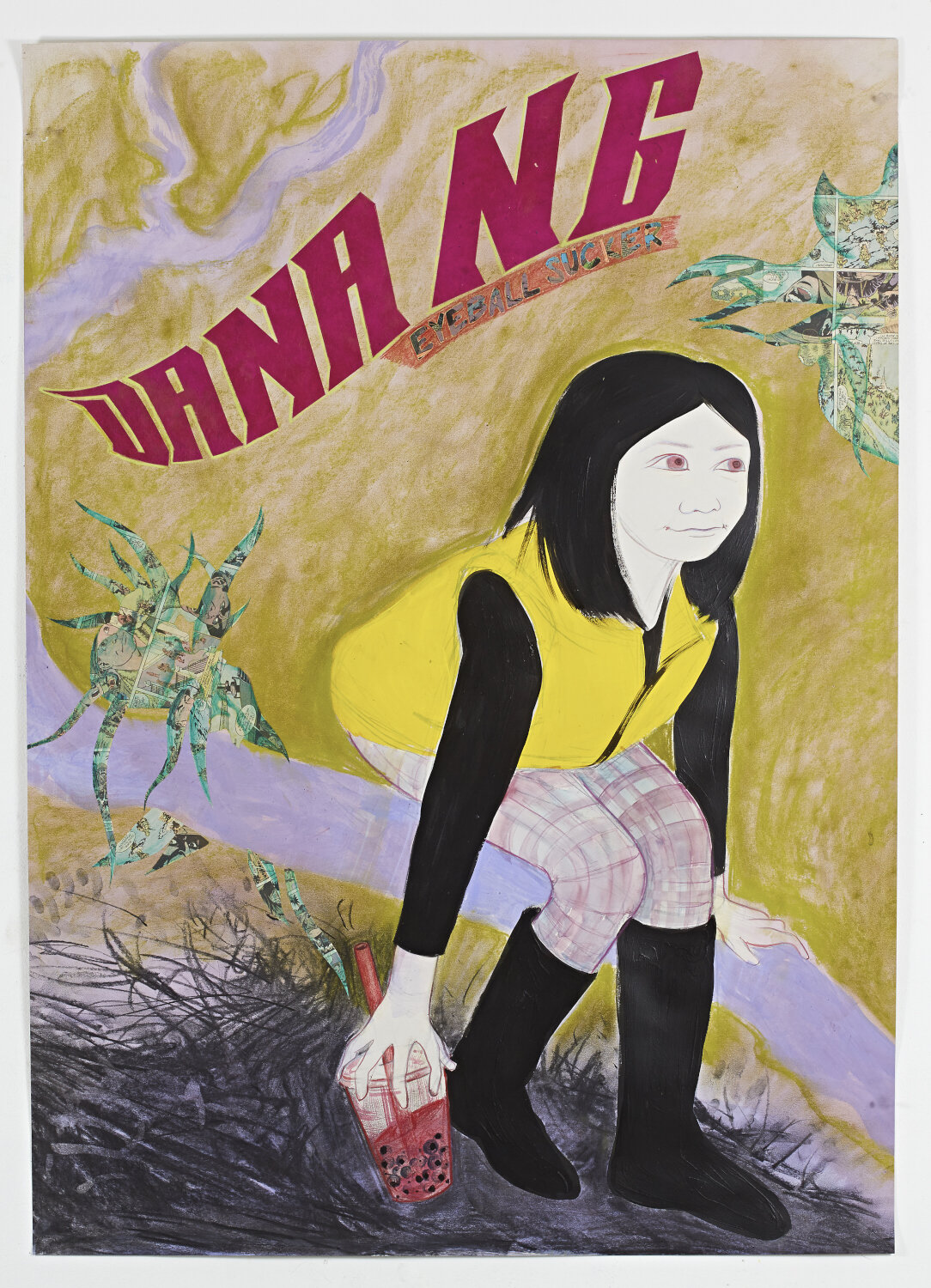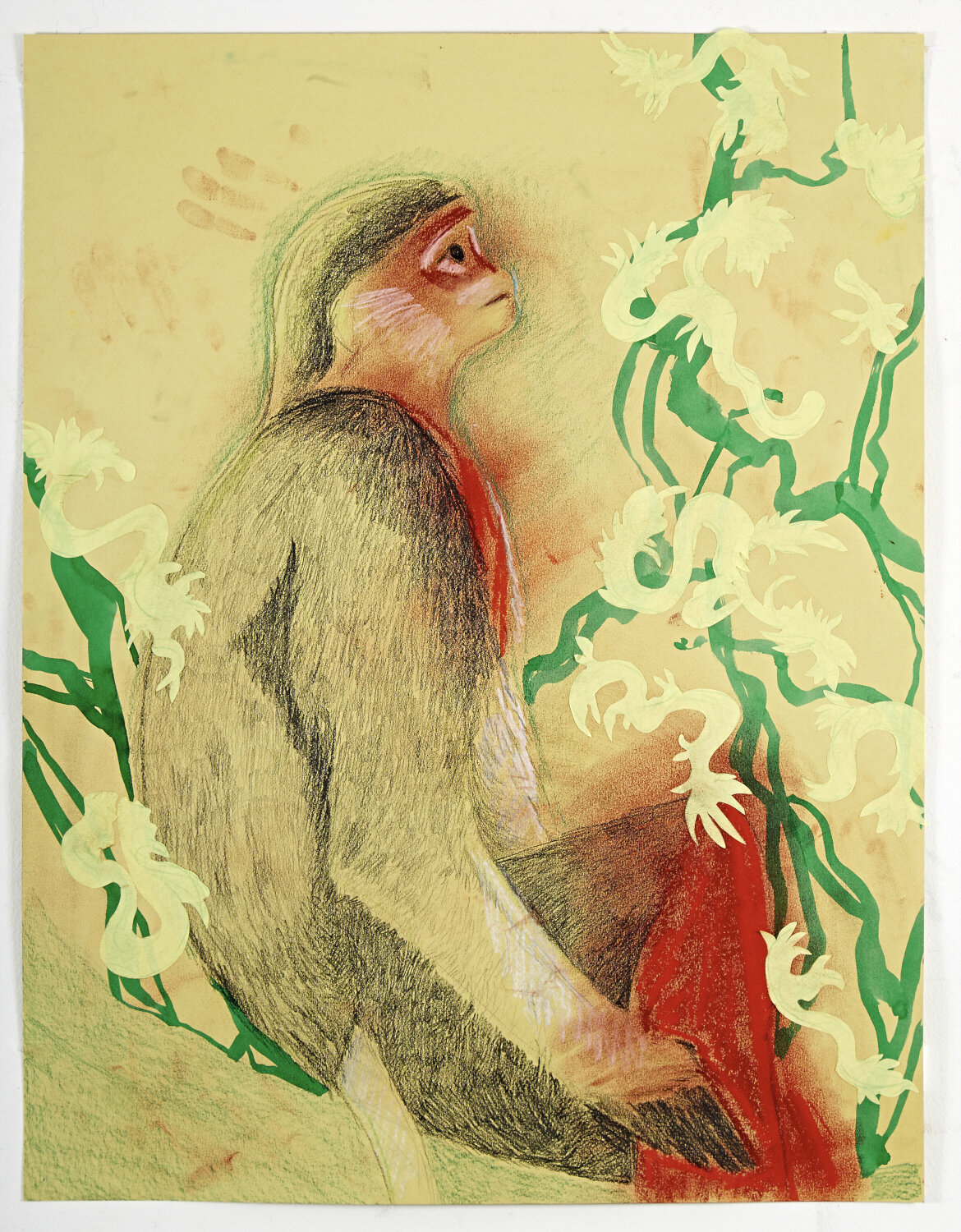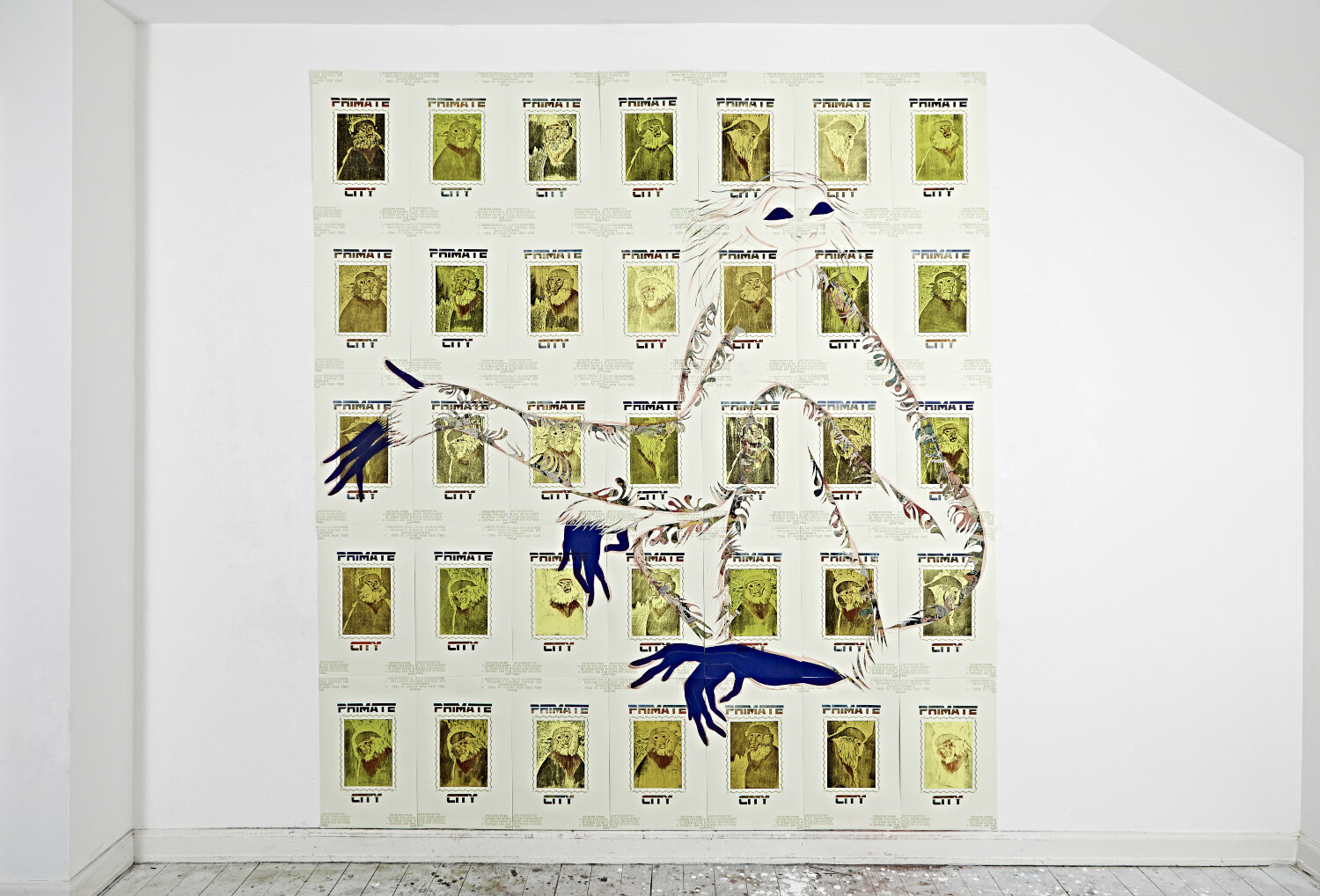Primate City
“Primate City” was a body of work comprised of paintings and prints centered around two artist books, “Dana Ng in Danang City” and “Research for the Prevention of Primate City”. The work had one iteration as a solo exhibition at Ground Floor Gallery in 2017 and other presentations at the Bronx Museum and at the Center for Book Arts in NYC.
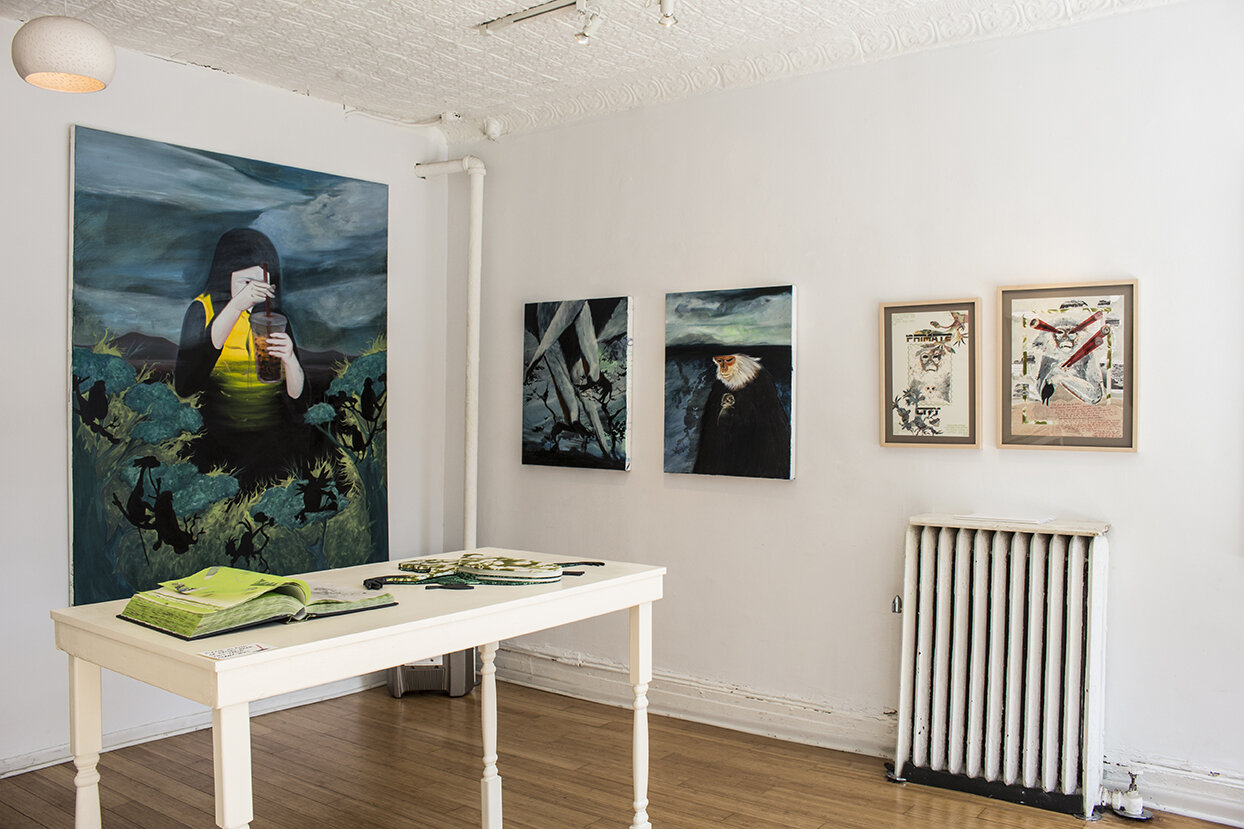
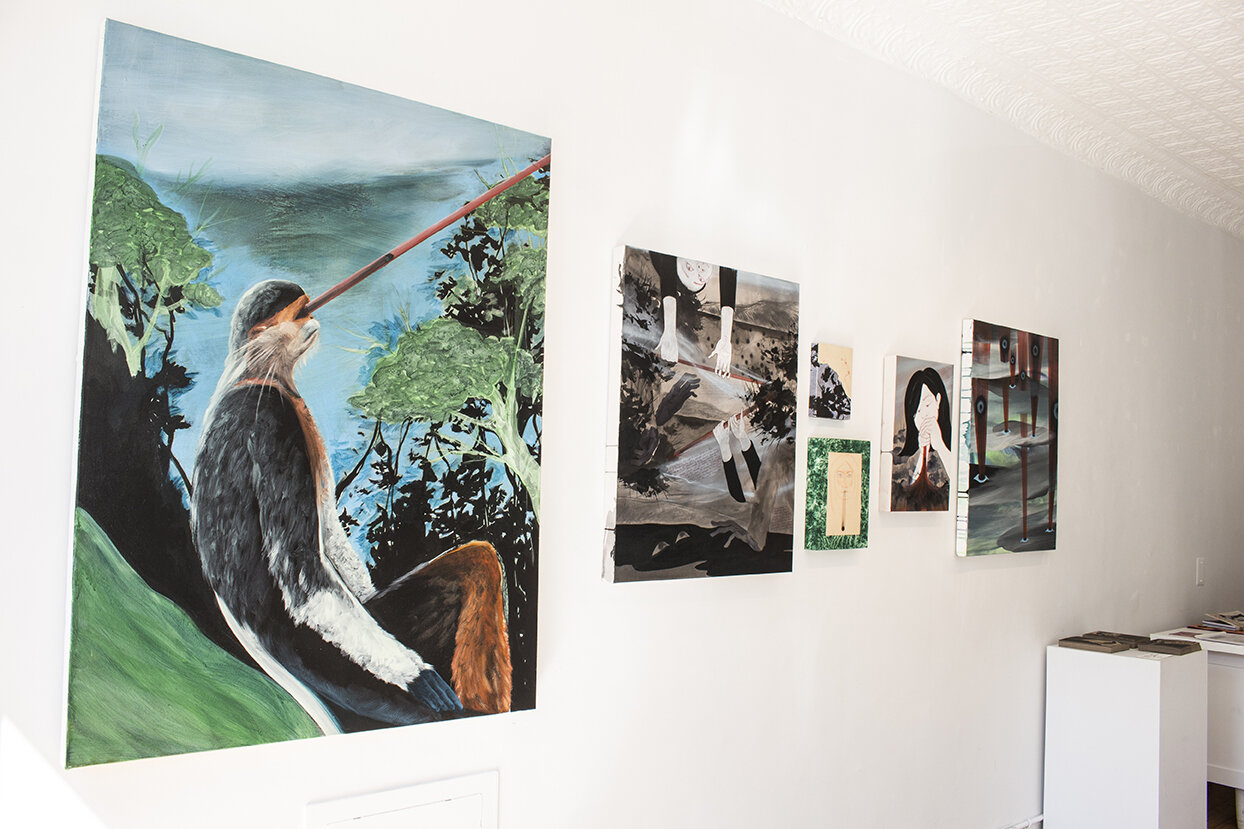

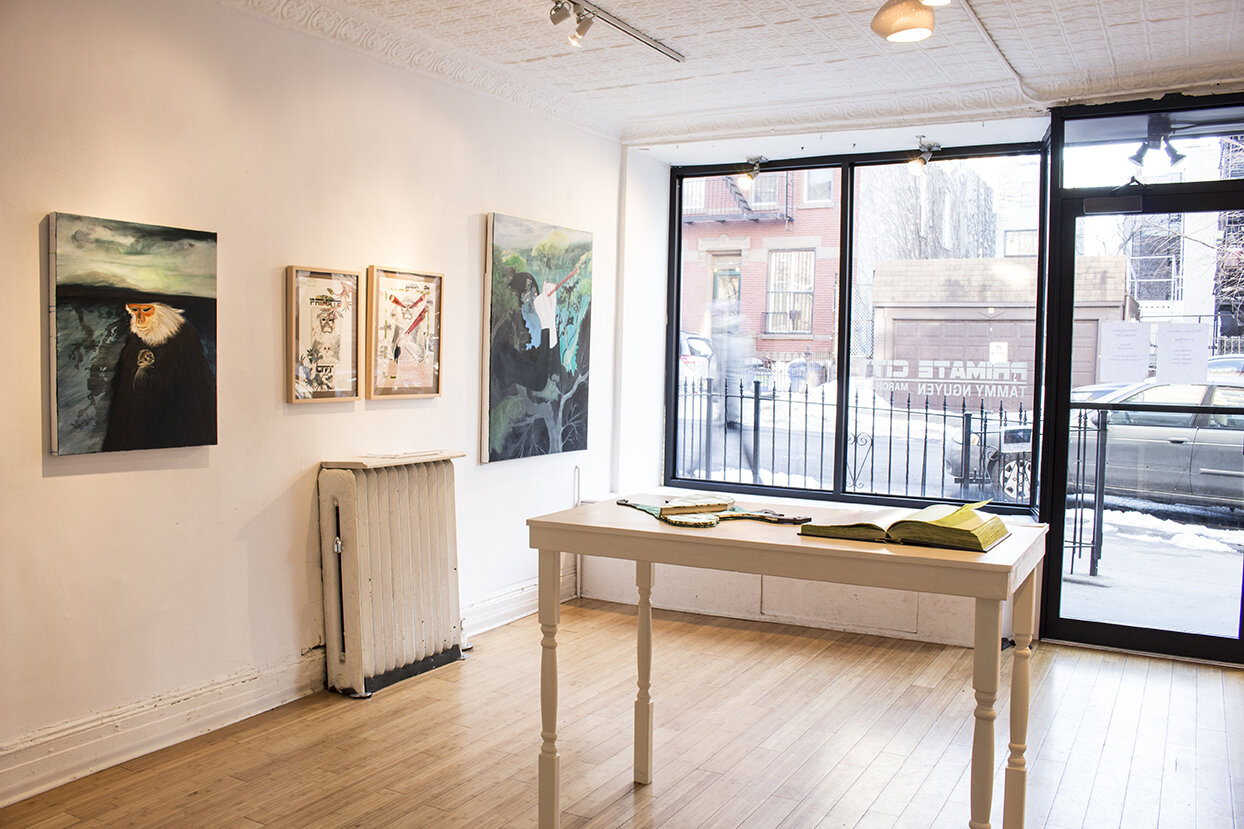
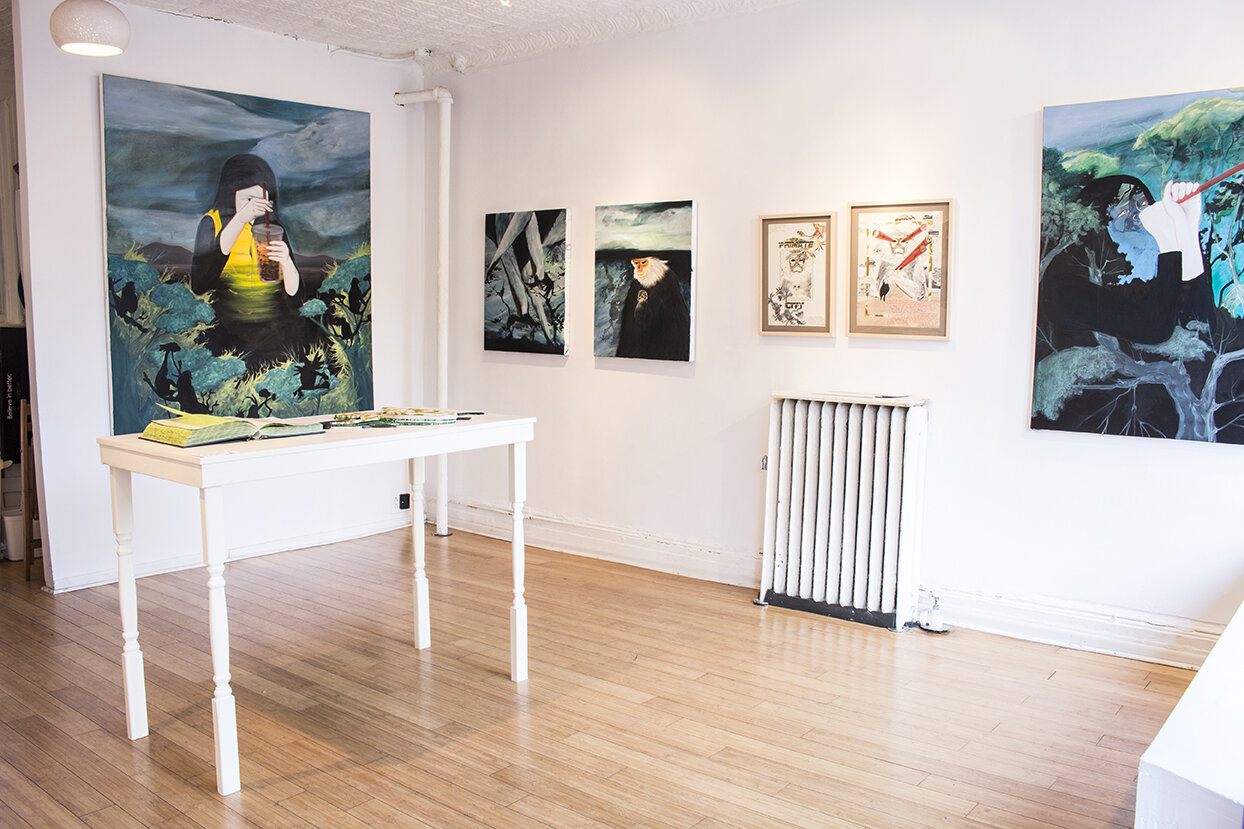


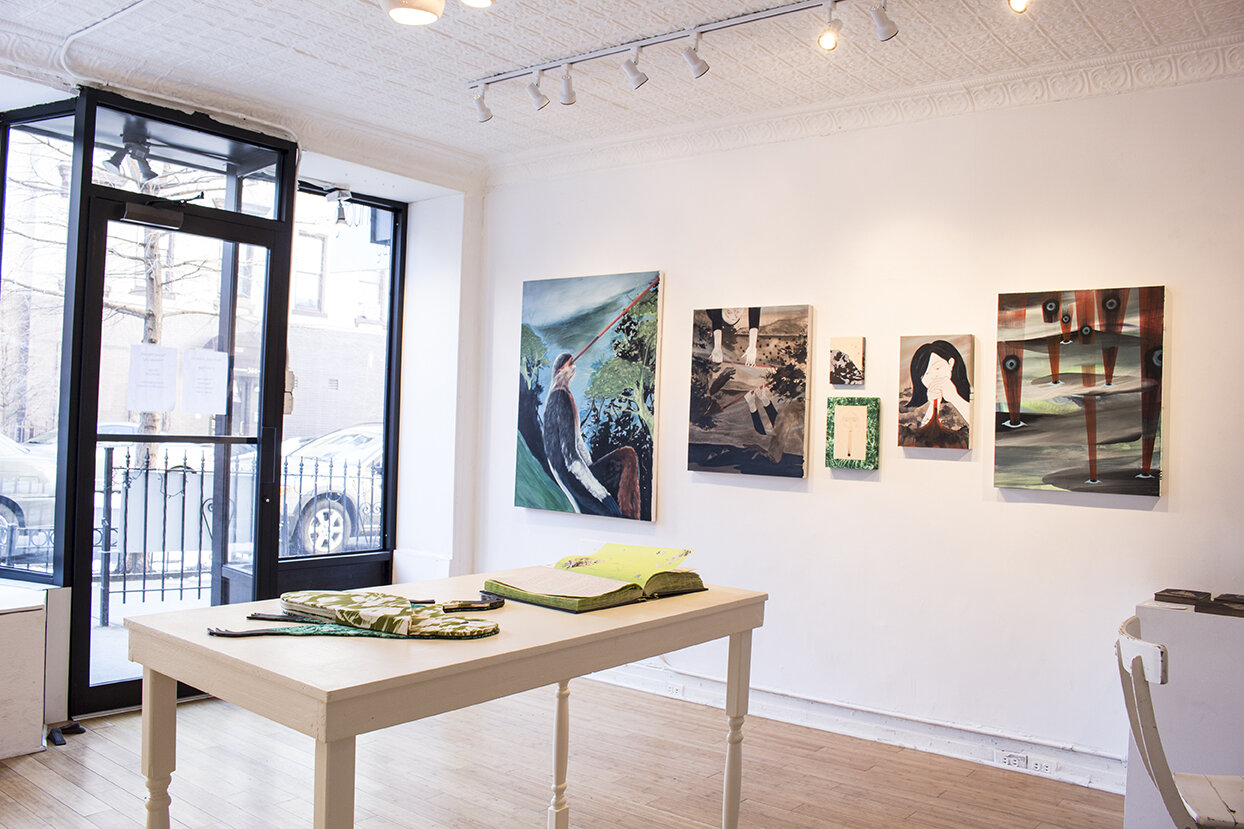
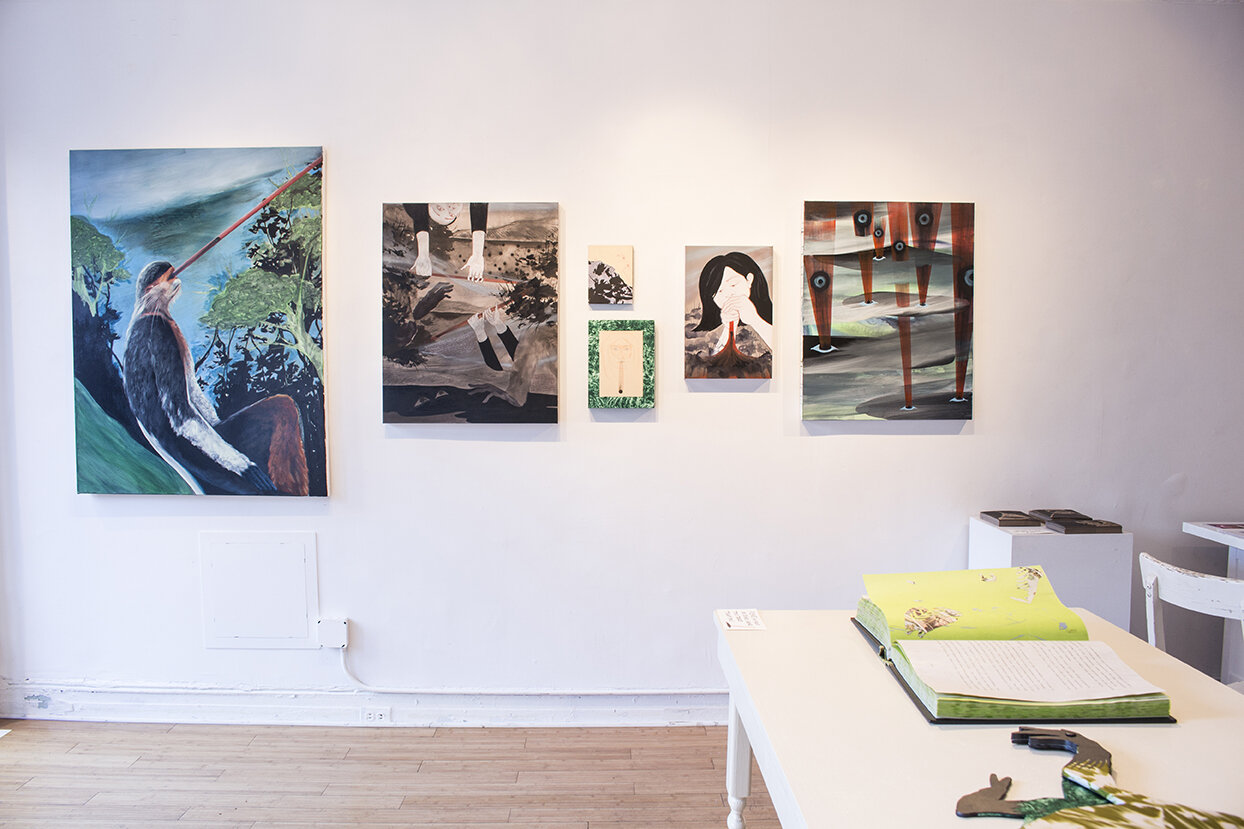
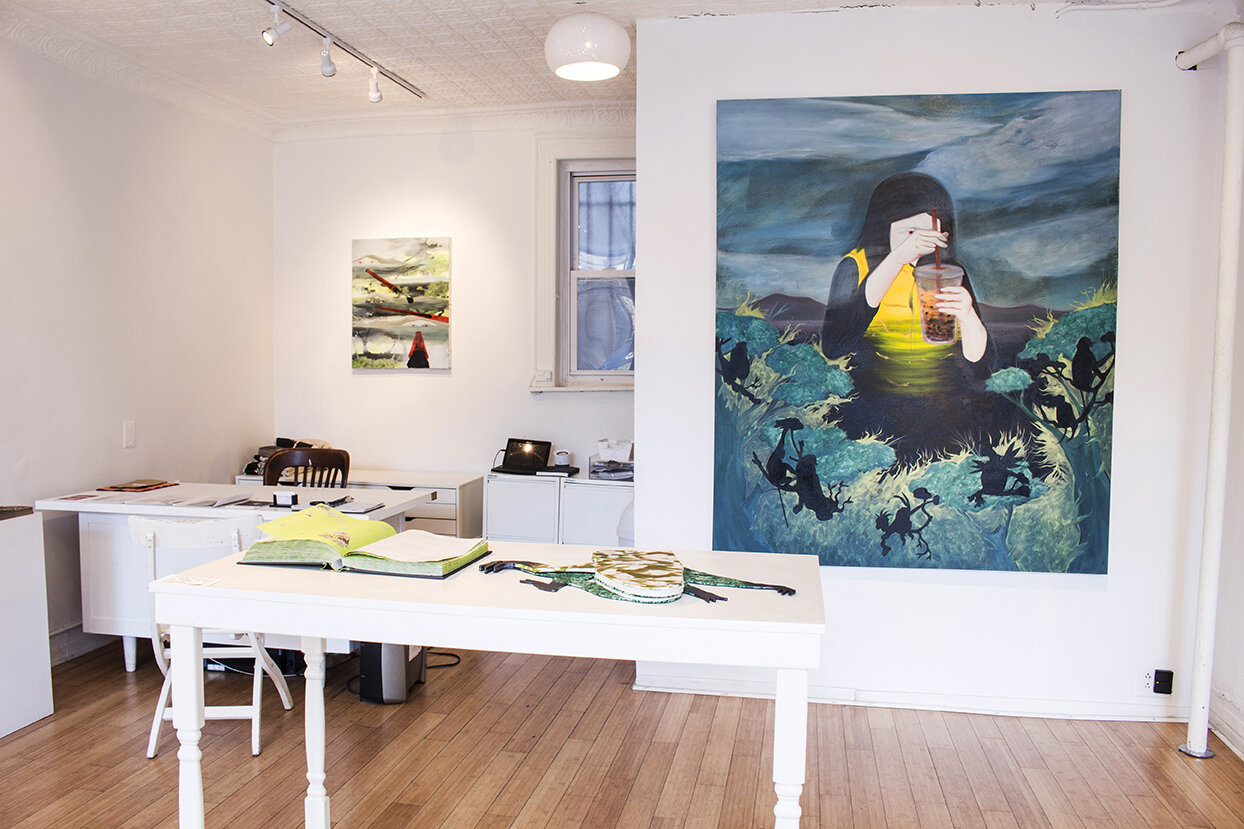
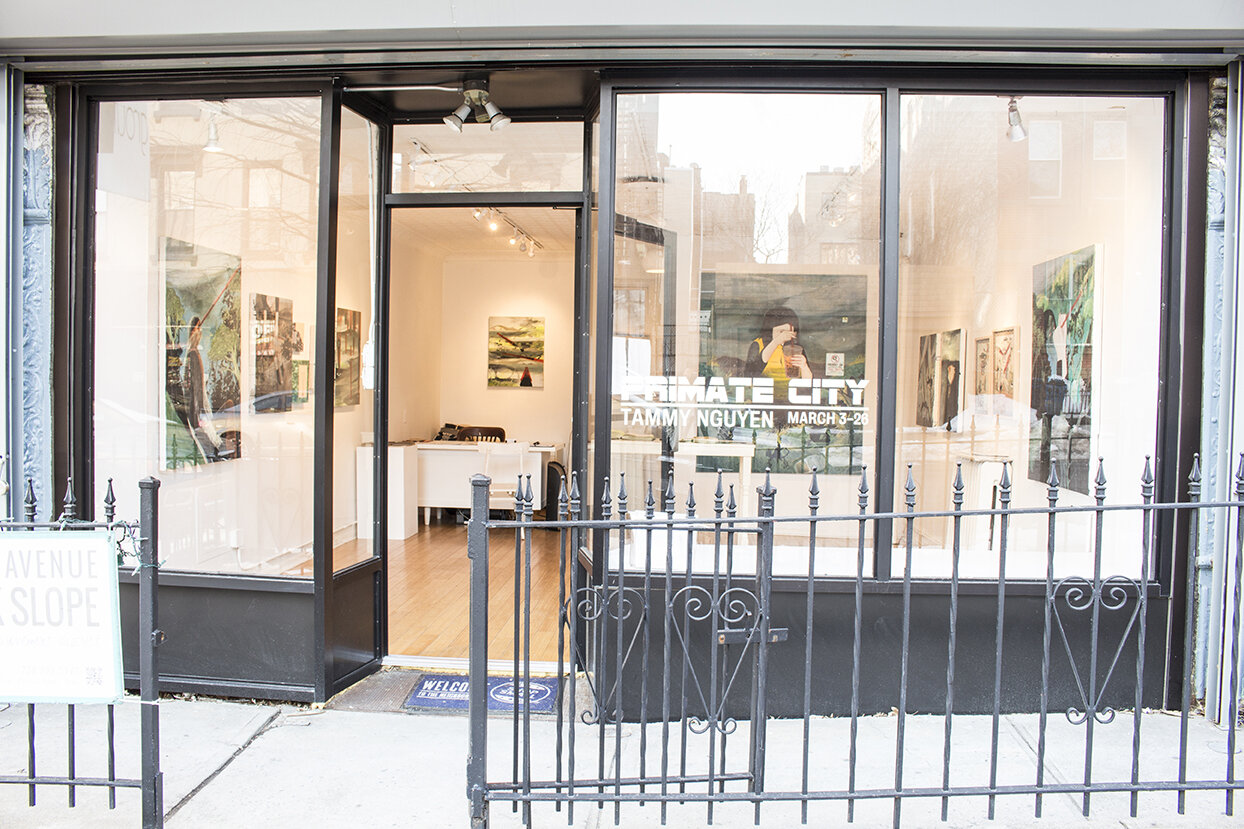

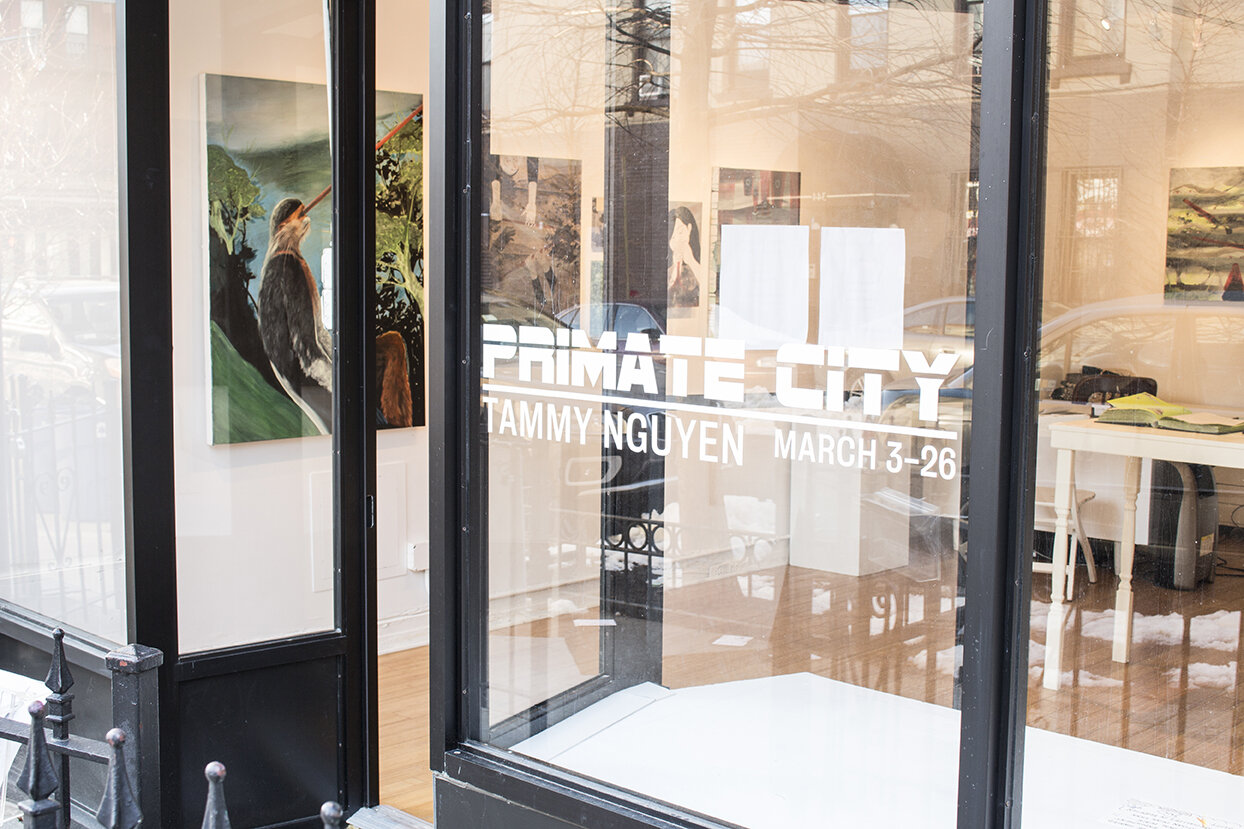
DANA NG in DANANG CITY
1. THE RED-SHANKED DOUC LANGUR
The red-shanked douc langur is an endangered species of primate that lives on Son Tra Mountain in Danang City. There are only a few hundred of these primates left, but they have been in Vietnam forever through the thousand years of Chinese domination, through colonization by the French and Dutch, and through all the battles between America and the Vietnamese Communists.
Monkey Mountain is a jungle, but the langurs are easy to find. Look for them in the early morning, or in the late afternoon. Drive a motor bike bike up the mountain from either the tourist entrance on the south side of the mountain, or the military entrance on the north side. Both entrances lead to a curvy road, with no turns. There is no wrong way up, but when you start to see the trees get dense, turn off your bike, and walk it. Quietly, lightly, scratch your shoulder. They will respond to your scuffing noise. You’ll first hear something like the sound of rain, but it’s the sound of the langurs romping through the leaves of the canopy. Look high up, and you’ll see them.
Their arms and shins are orange-red, the hue of bricks. Their bodies are silvery grey, like slate chalkboards, with white streaks along their forearms and calves. Their beards are the same warm white. Their faces are blushed with the orange-red of an unripe persimmon. Their eyes are completely black, the blackest you have ever seen, the black of outer-space. Their eyes are glazed wet, like shiny tapioca pearls.
The red-shanked douc langurs live in clans: one dominant male, several females, and their communal offspring. Every day, for breakfast and again for dinner, the clan moves among the same group of trees. They pause on the branches of the figs and chestnuts to chew the leaves. They all sleep next to each other, in the center of their trees.
The red-shanked douc langurs walk in the trees. They balance on branches, and skip from bough to bough. Tree canopies are their ground. They don’t know what it’s like to touch the earth.
Stacked Landscape, 2015
For years, Monkey Mountain was a safe place for the langurs. During the Vietnam War, the mountain was a US military base. The roads were restricted and too narrow for civilians to pass through. To the people of Danang City, Monkey Mountain was a view, a landscape.
But in 1997, the Vietnamese government opened Monkey Mountain for ecotourism. The Vietnamese-Ukrainian-owned Intercontinental Hotel won the bid to develop a resort on the lush slope facing Danang Bay. Today, Intercontinental Danang is the most beautiful and luxurious resort in Vietnam.
If you are lucky enough to visit or stay at the Intercontinental Danang, you will probably have to take a chauffeured car from the city. There is no obvious parking for visitors on motorbikes. Ancient dragons and present-day monkeys are carved in marble at the entrance like on an opulent altar-place.
One road leads to the Intercontinental Danang, accessible only from the other side of the Han River. It winds along the beach and through the overwhelming lushness of Son Tra Mountain. The road is paved smooth, modern, and wide.
But this road was too wide, too wide by two meters.
The red-shanked douc langurs have no cognitive grasp of the earth. They only walk on the canopies of the trees. The trees’ long branches extend into multiple pathways, but the branches can only reach so far from the roots. The trees have no cognitive grasp of how to grow from asphalt. The roads were too wide by two meters and the branches could not reach across.
When the road was built, it split up families of red-shanked douc langur. Despite being only a few meters apart, these families could never be connected again. The red-shanked douc langur has no comprehension of the earth, so the primates on one side of the too-wide road don’t know why they can see but not touch their parents on the other side.
They eat the same meals in the same places and see their parents on the other side. And they cannot touch them.
2. THE TOP OF SON TRA MOUNTAIN
Another name for Son Tra Mountain is Tien Sha Mountain, which translates to “Fairies’ Landing Mountain”. Ancient Chinese legend claims that fairies fly to the top of Tien Sha Mountain to play chess.
The mountain is so grand that outward from its peak you can see tiny islands in the South China Sea. You could imagine yourself jumping onto a cloud running express to the heavens.
The top of Tien Sha Mountain is a plateau as level as a chessboard. It is an inaccessible place where the fairies meet to contend over the fate of mankind.
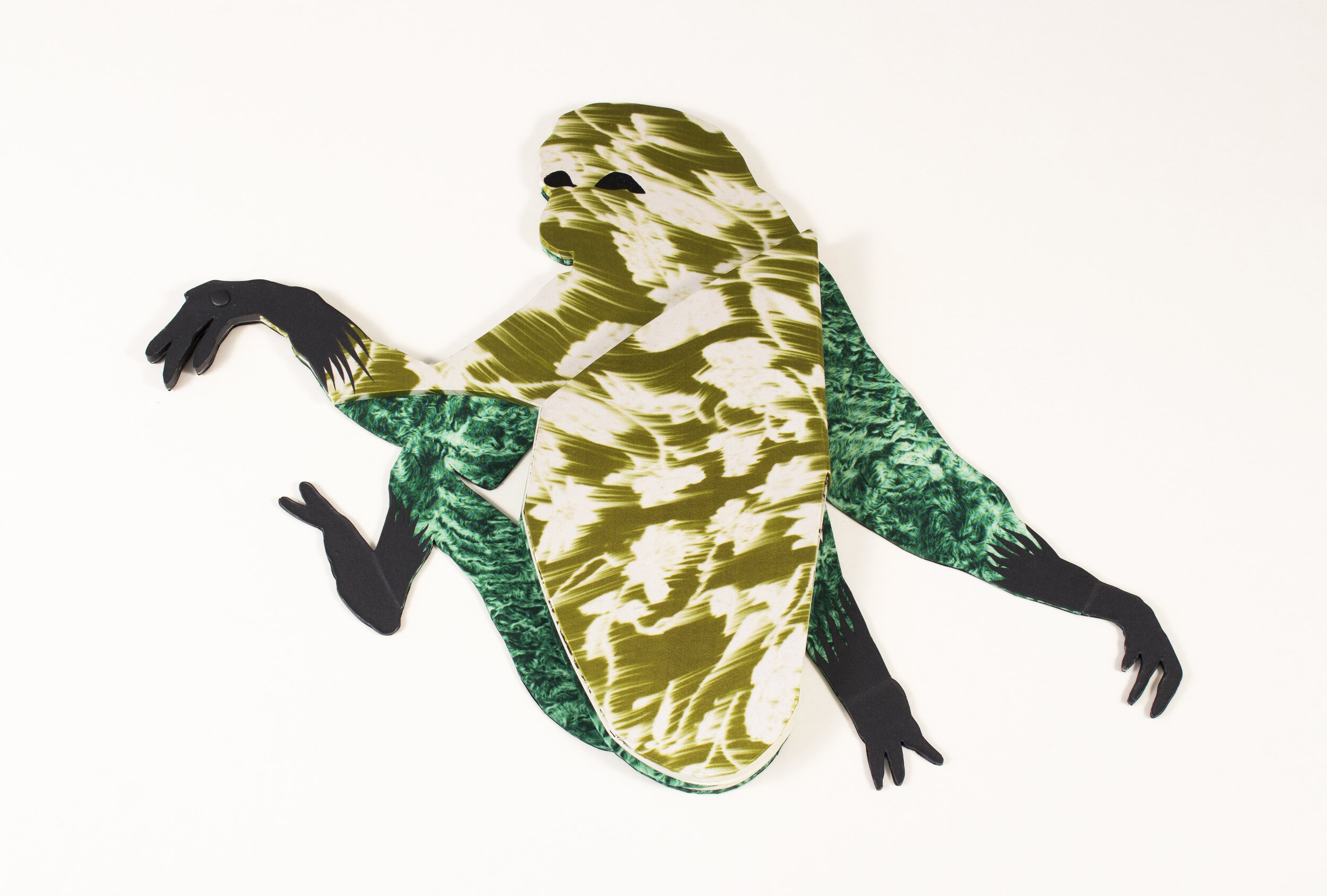
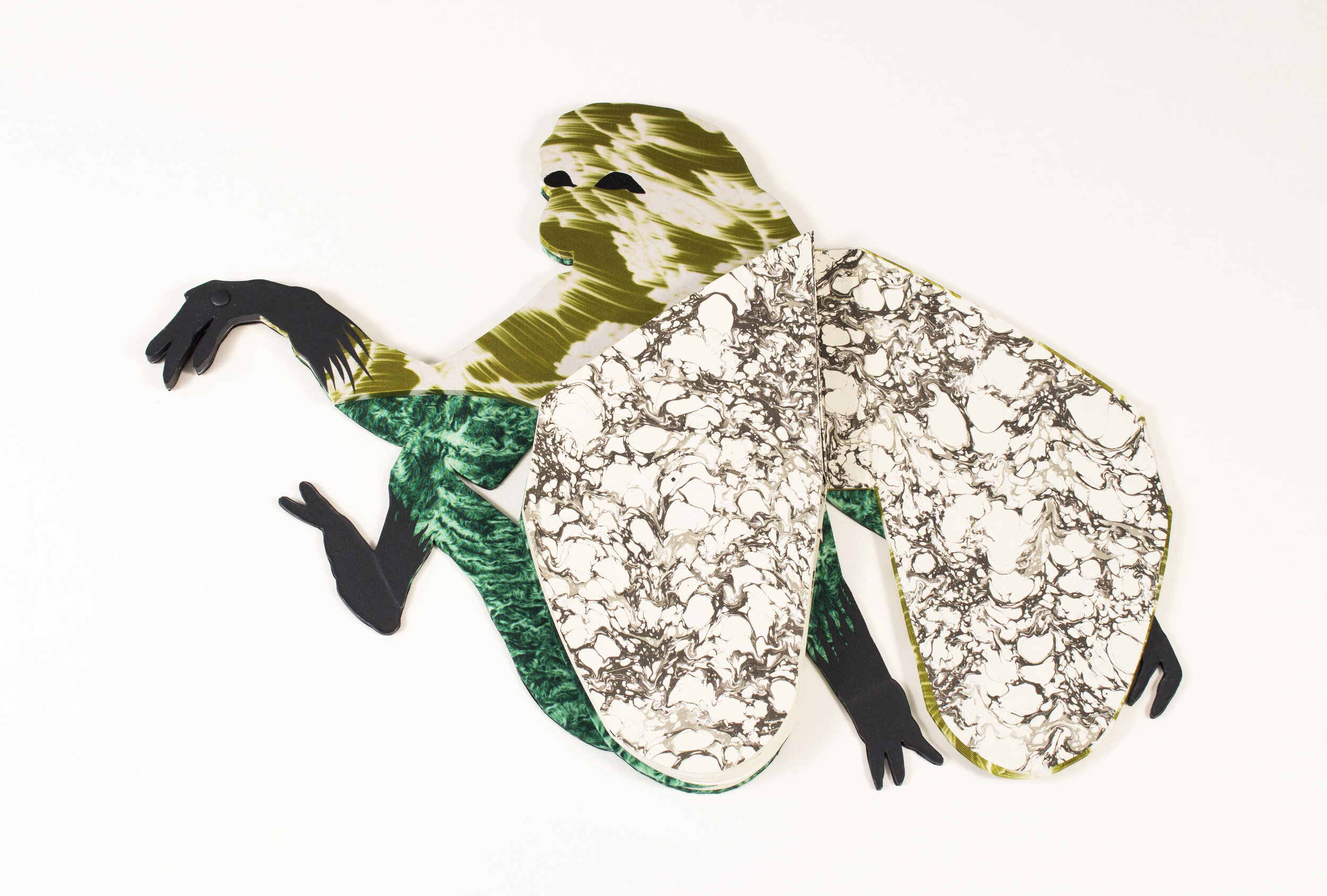


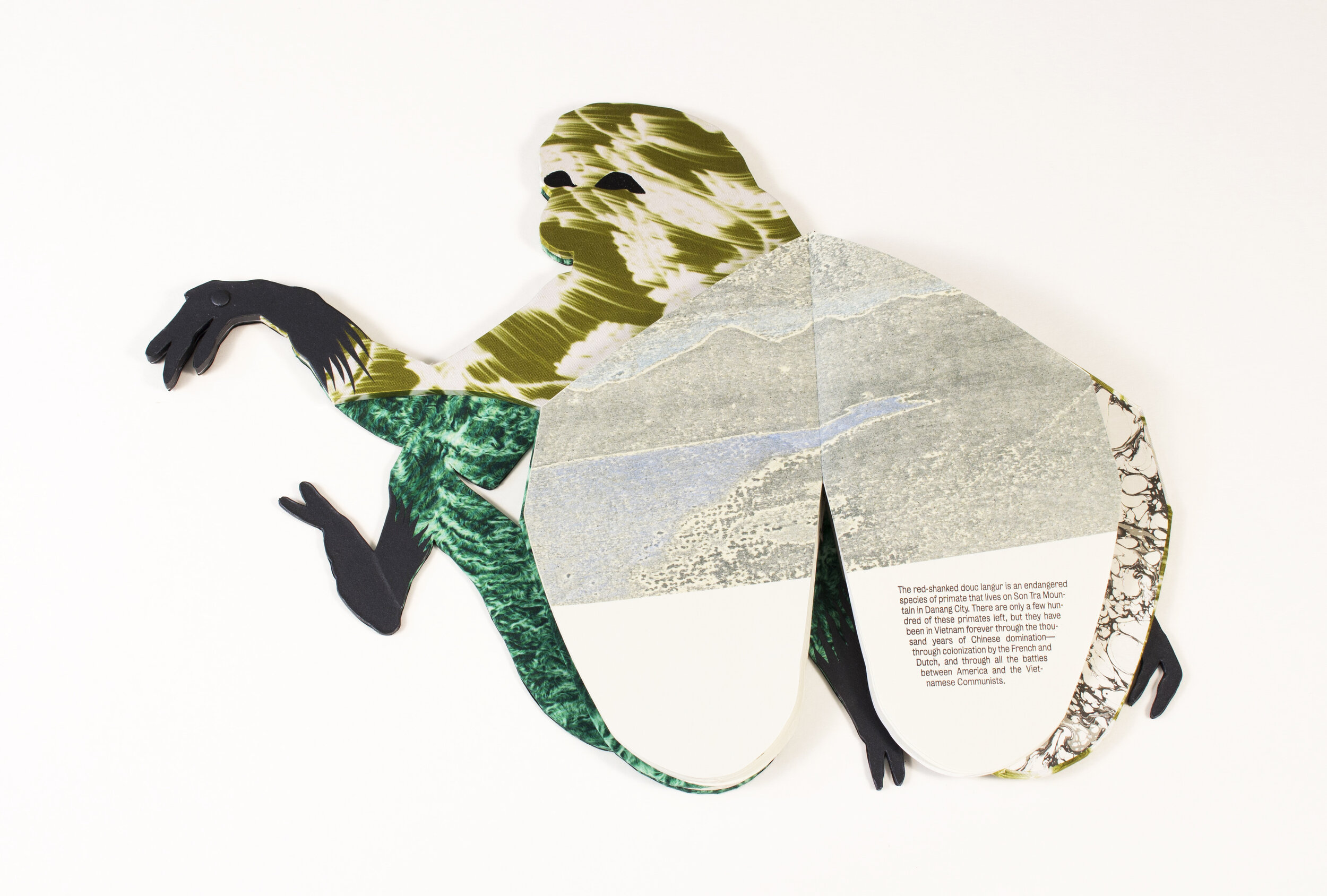
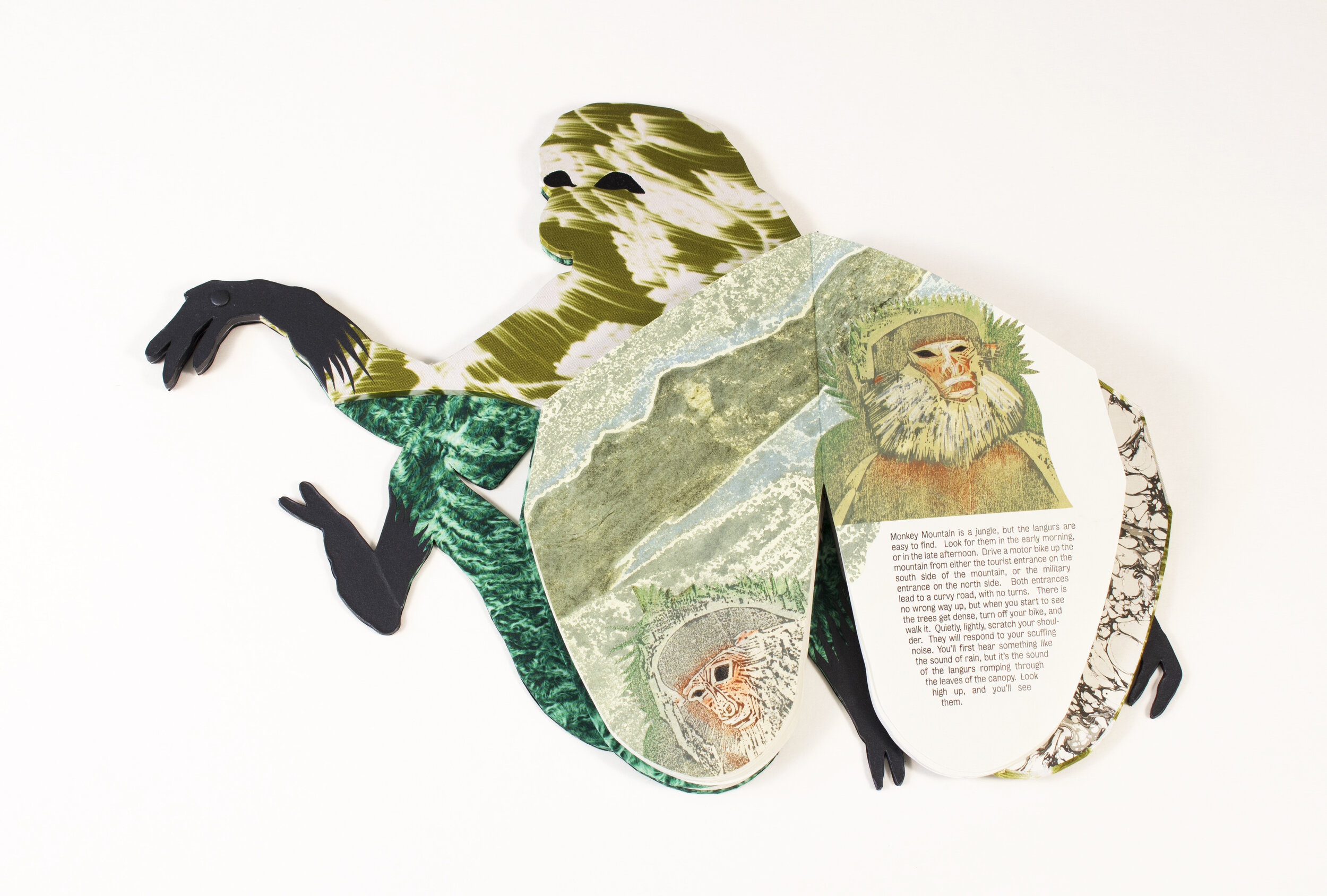
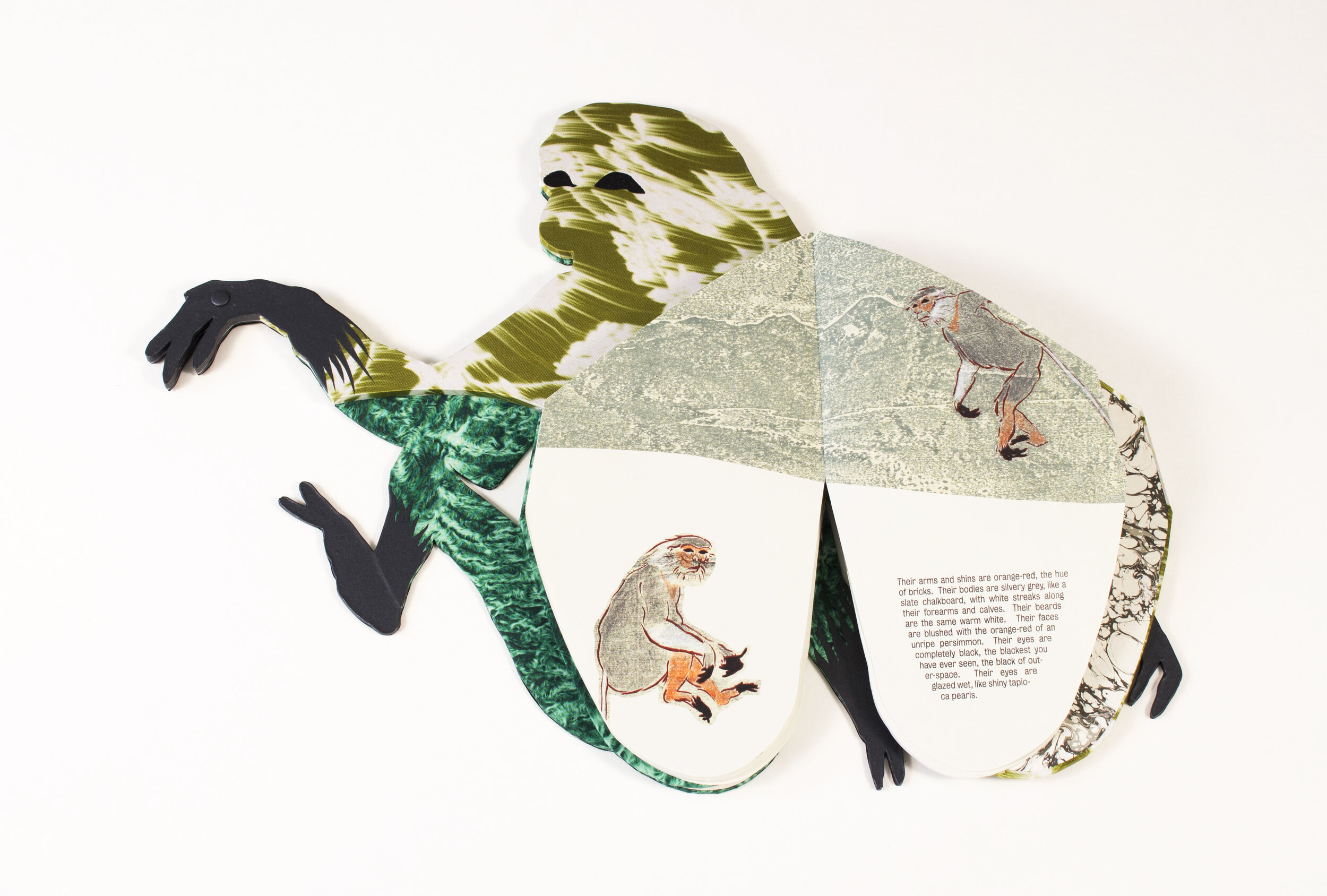
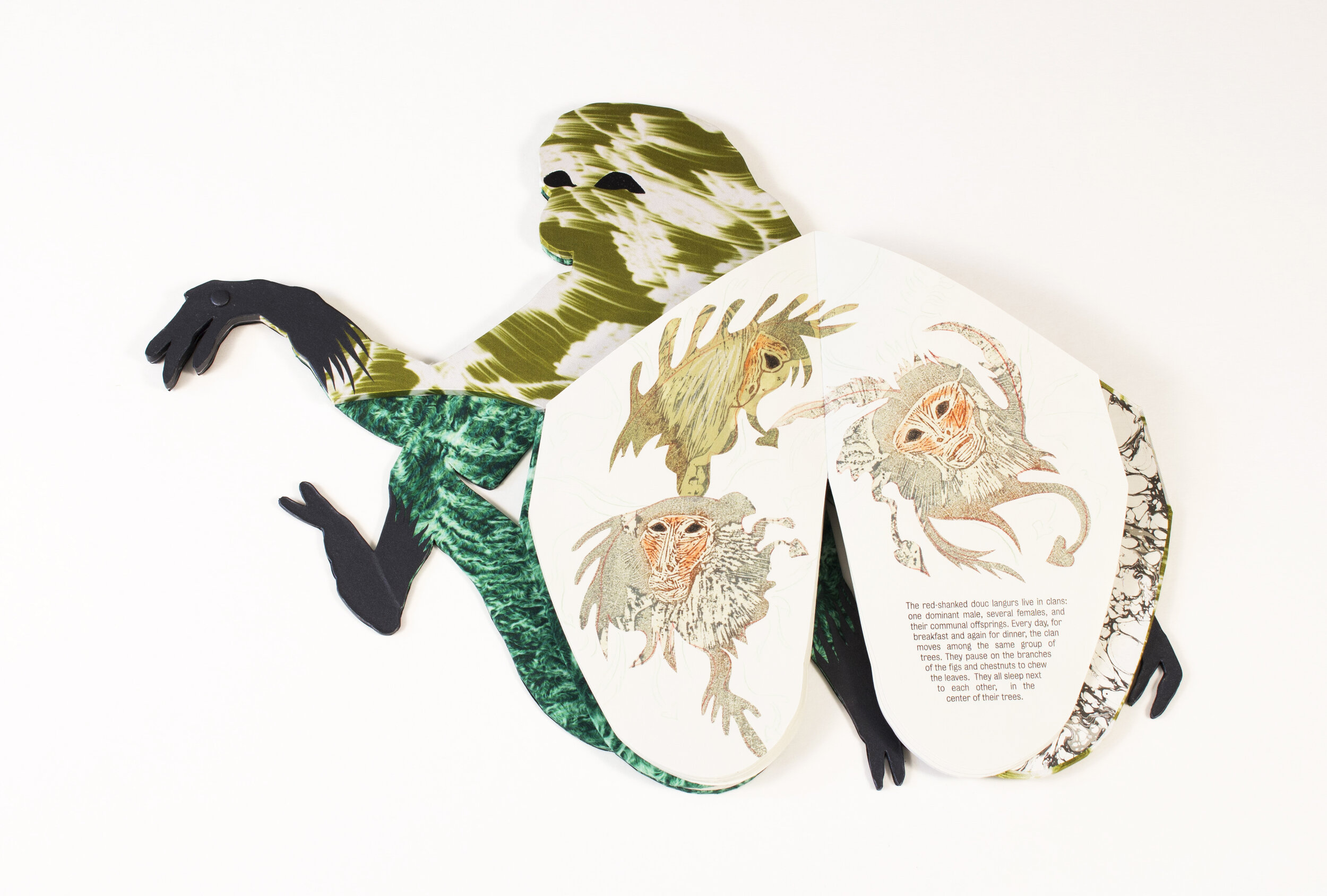
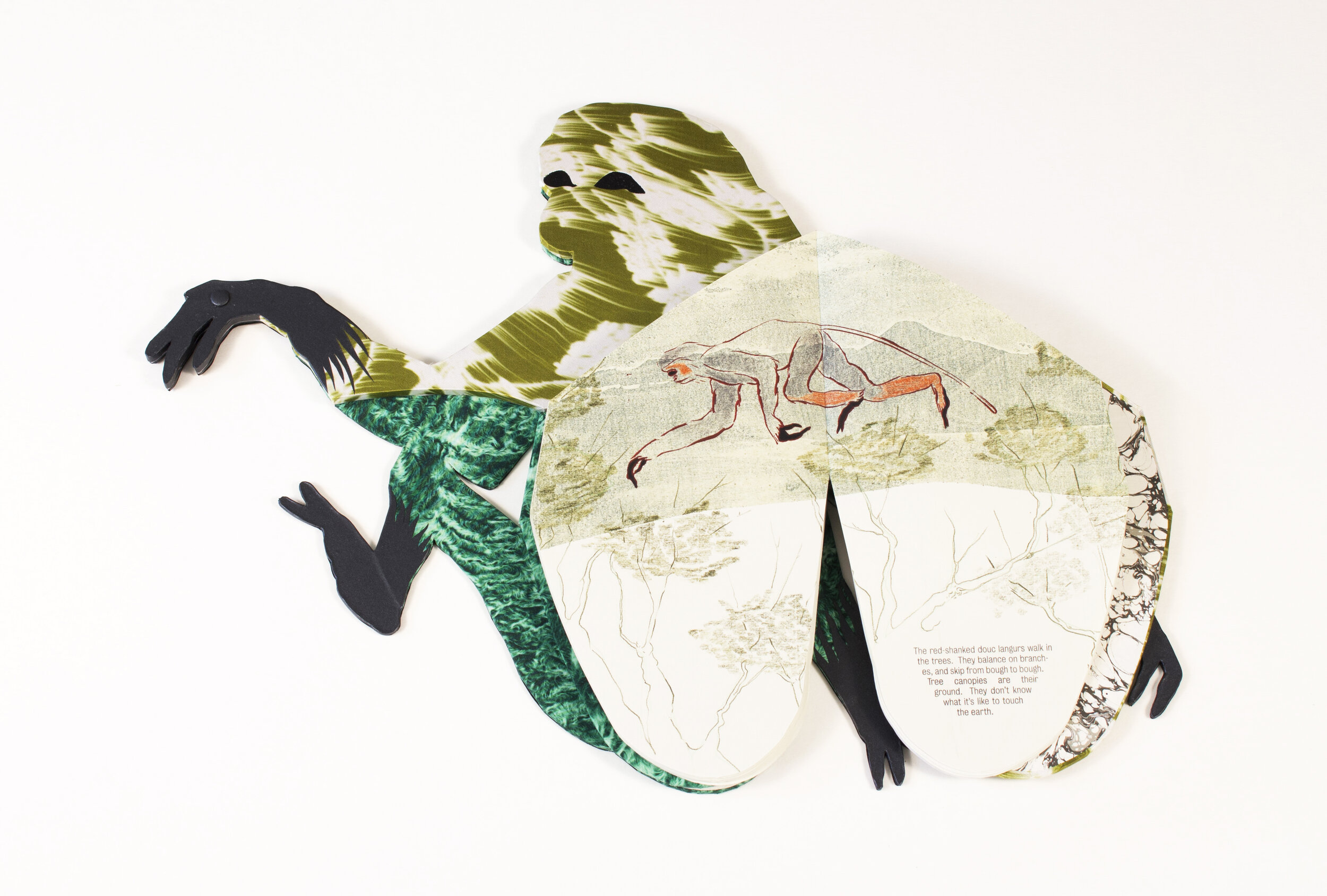
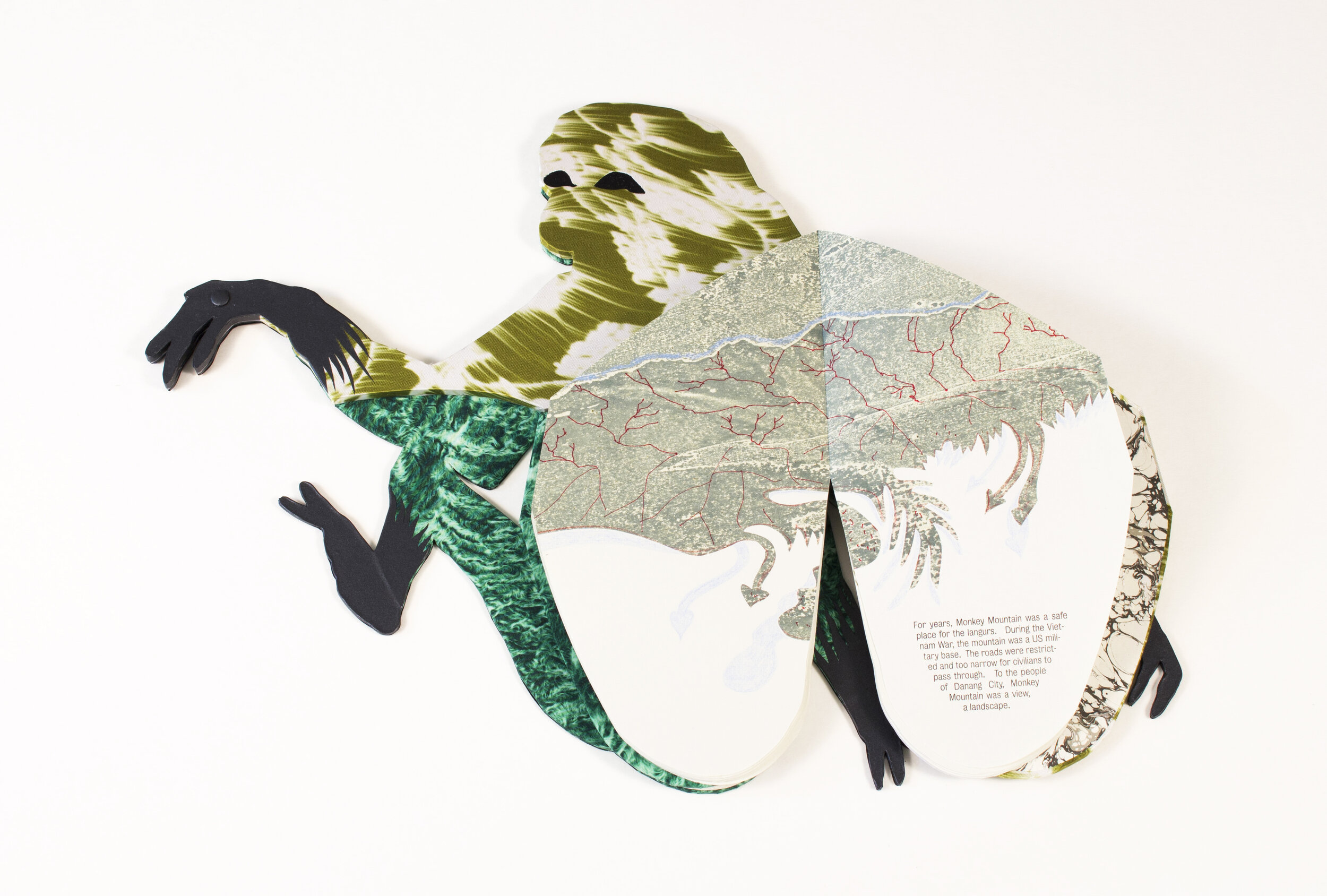
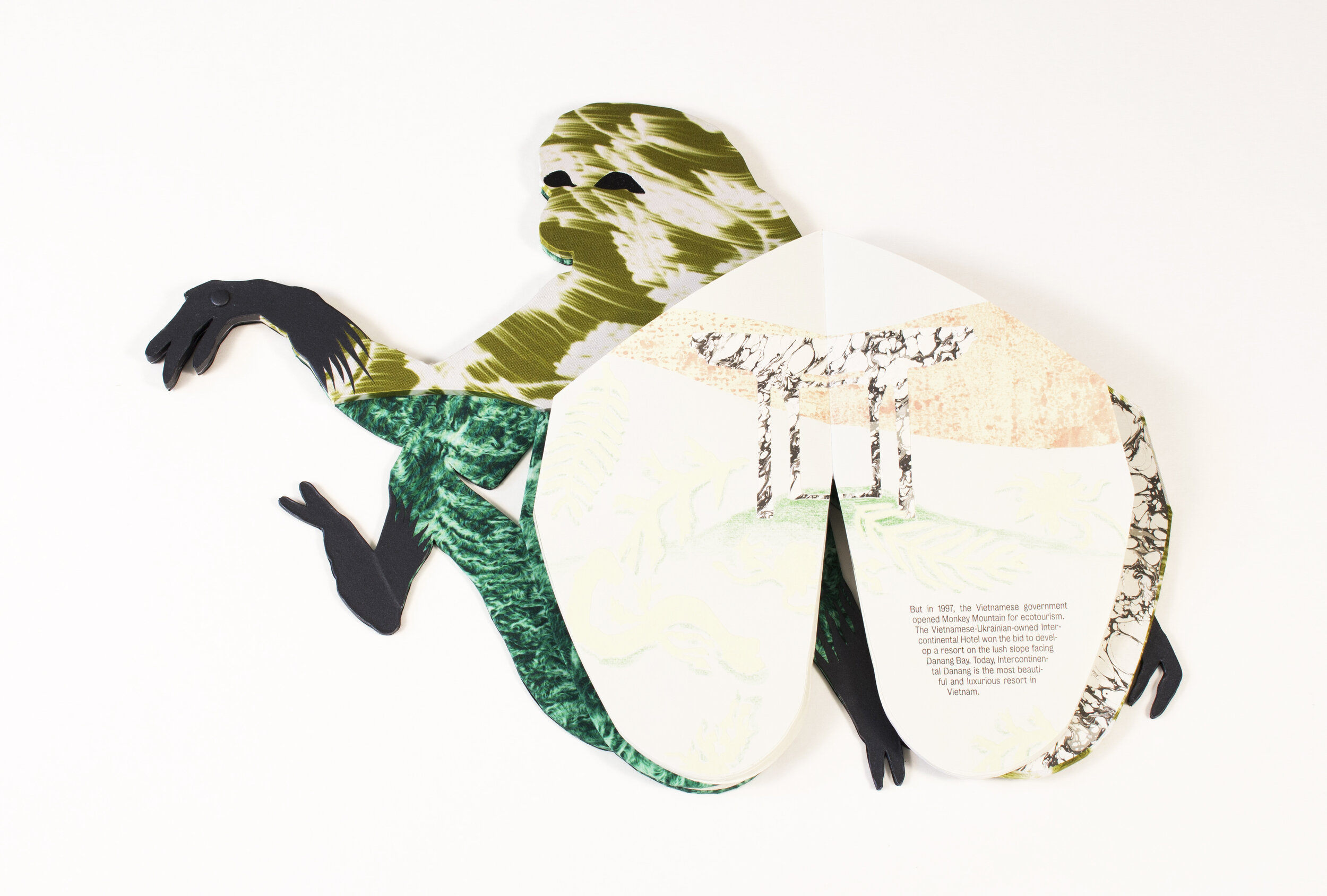
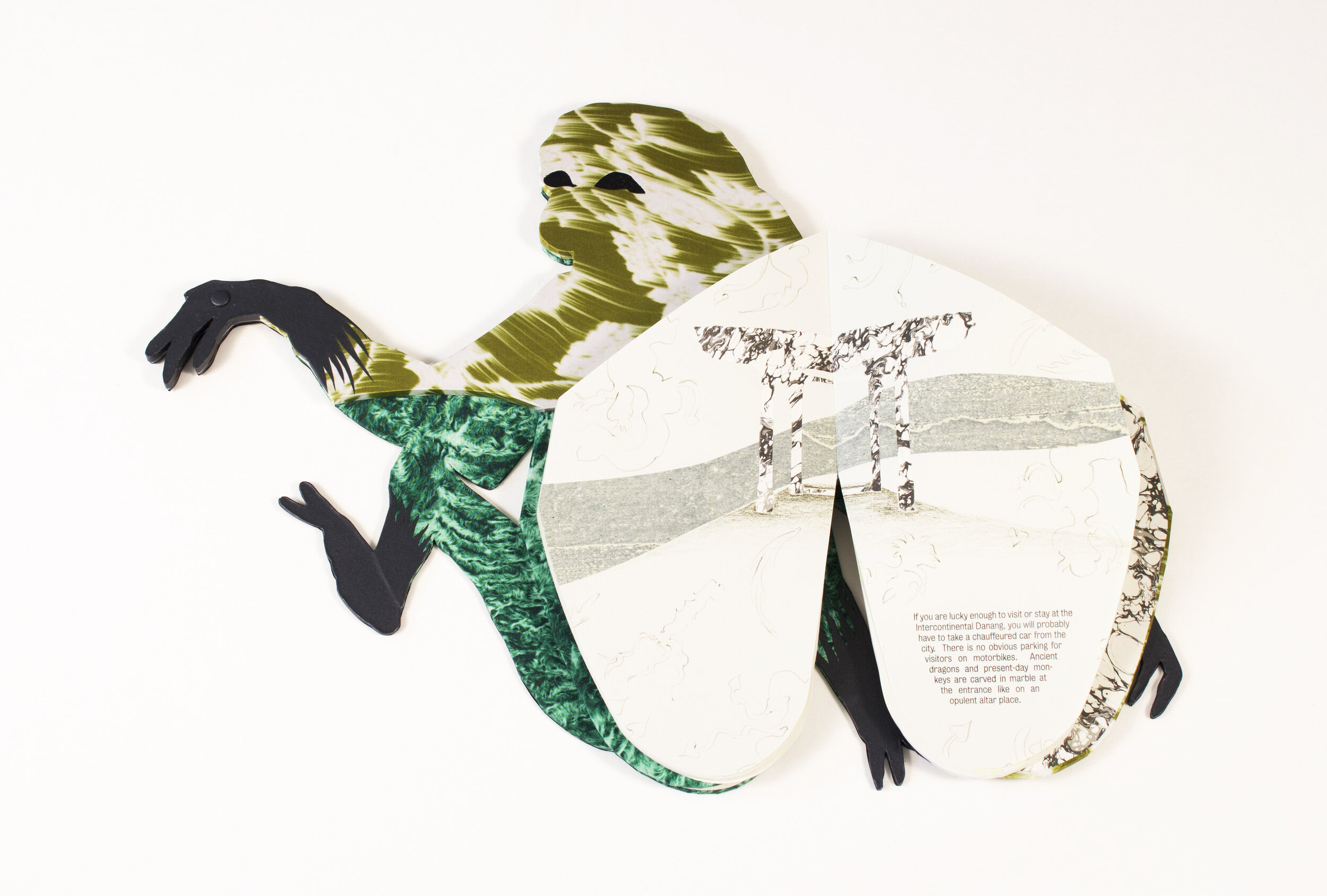
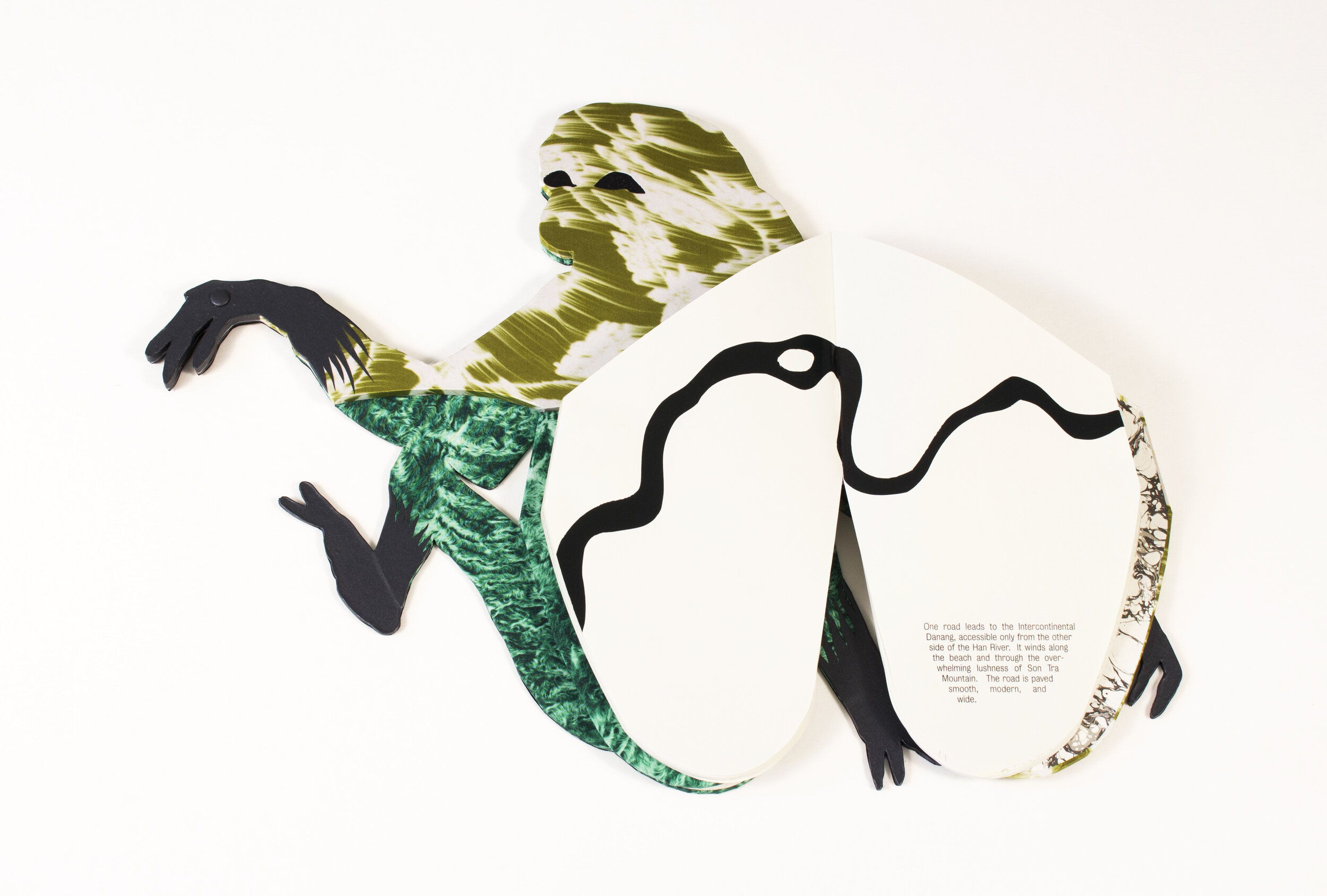
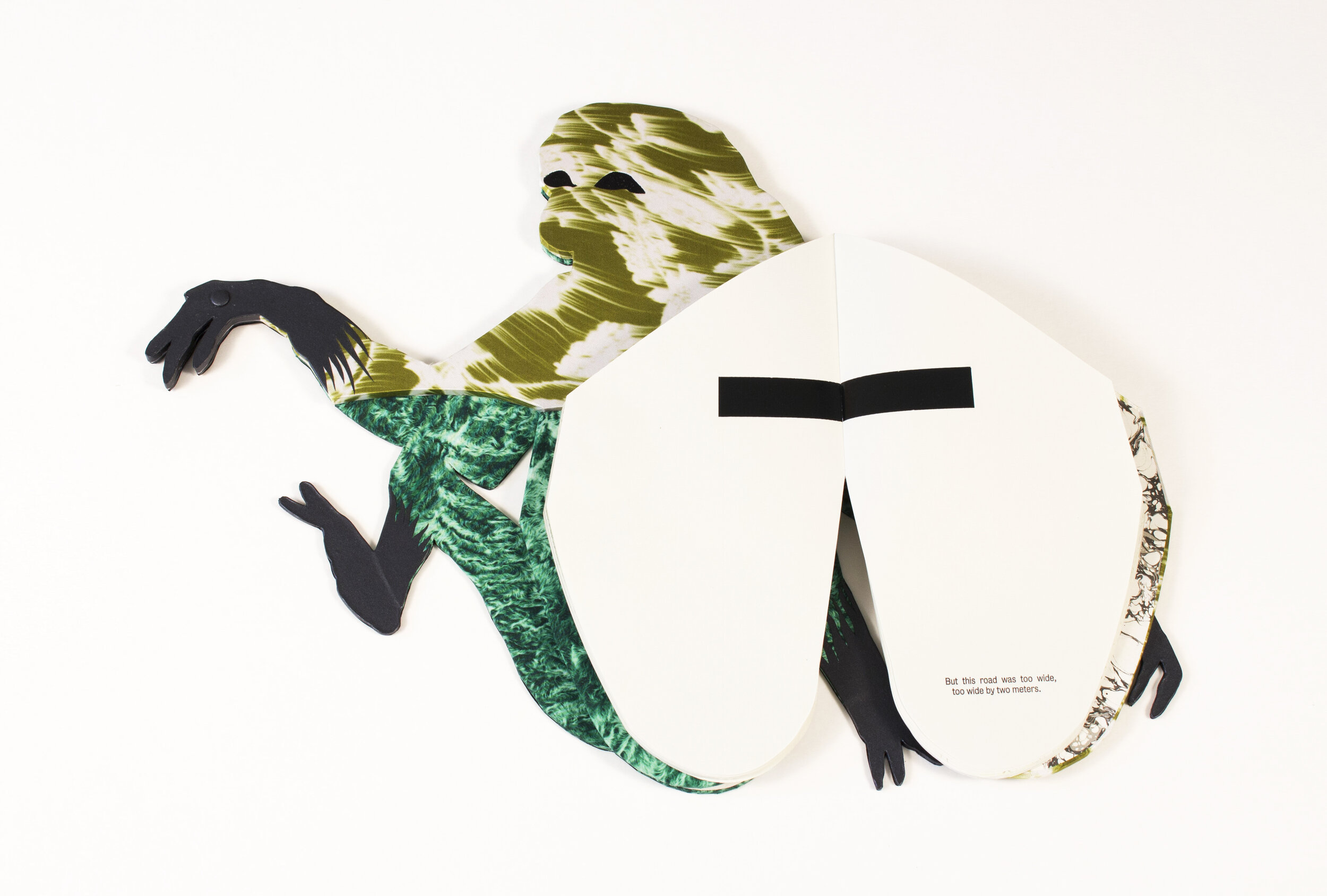
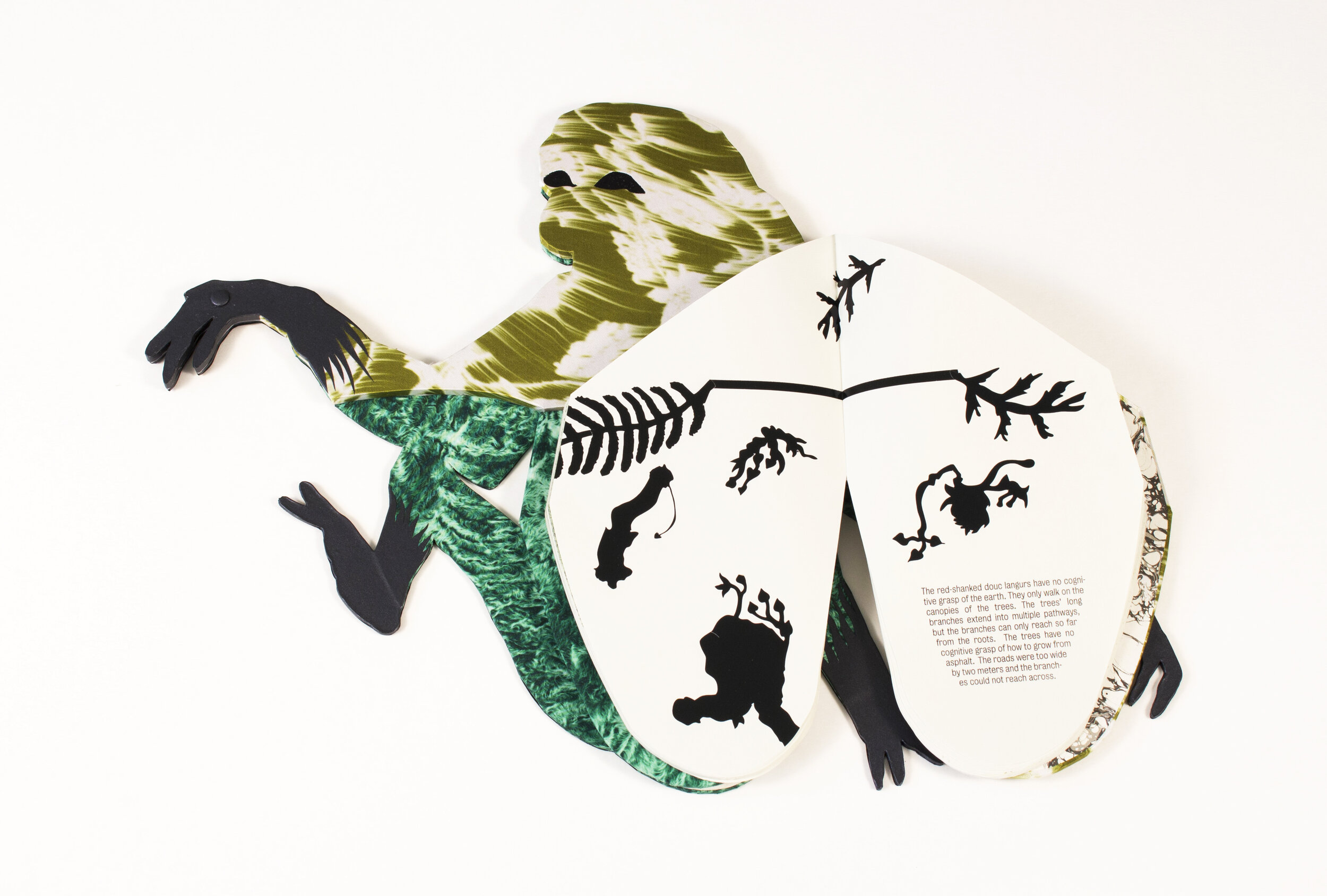

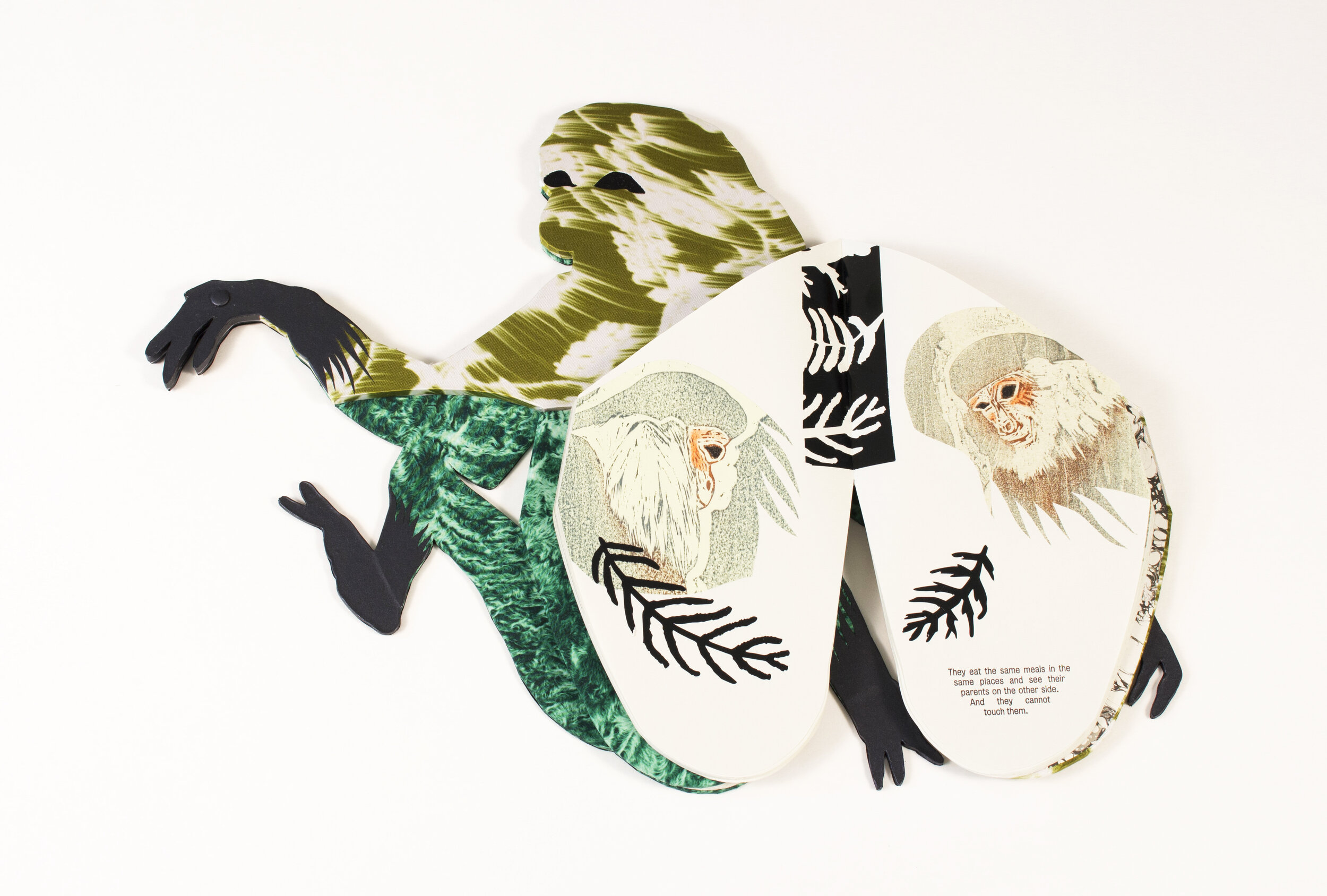
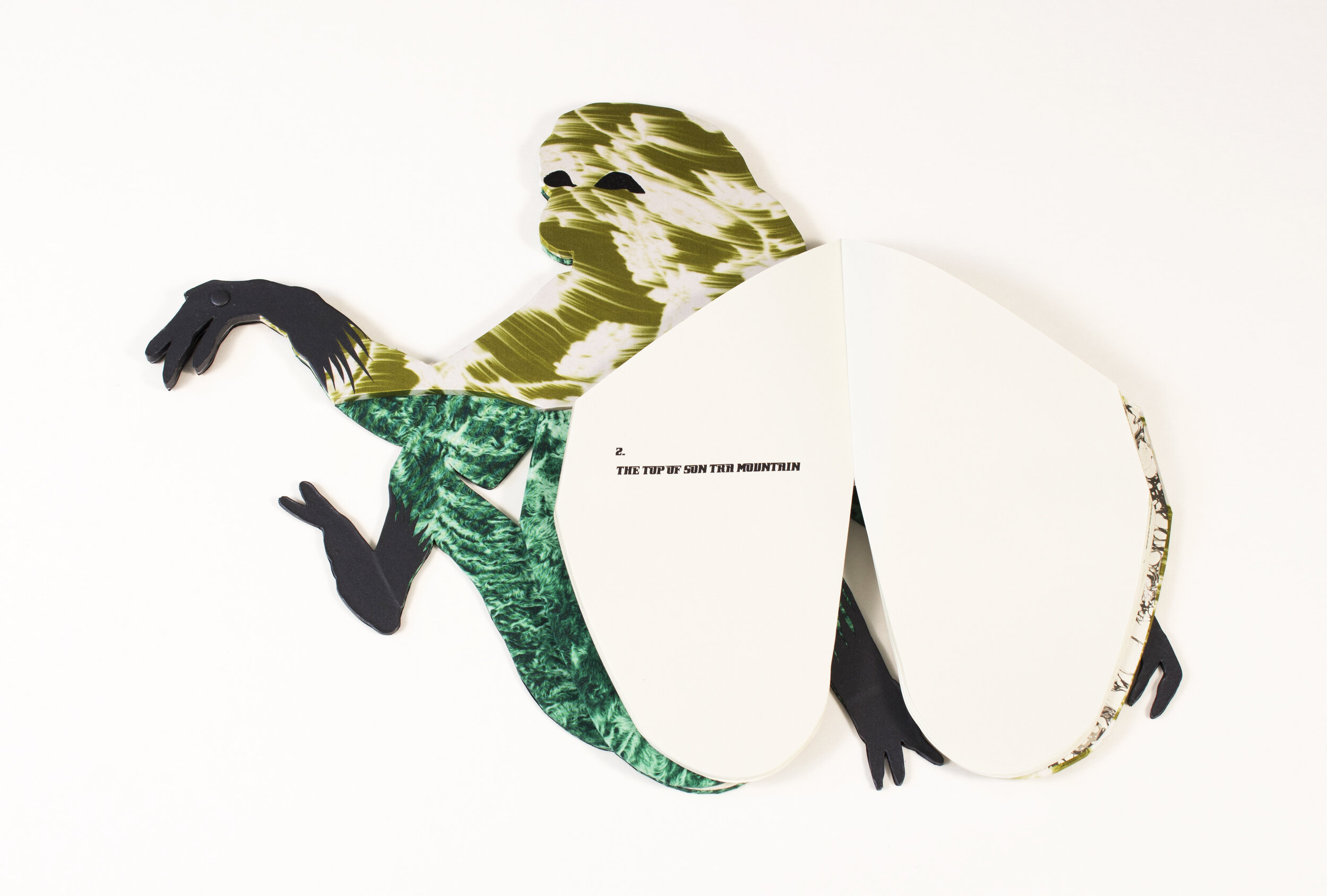

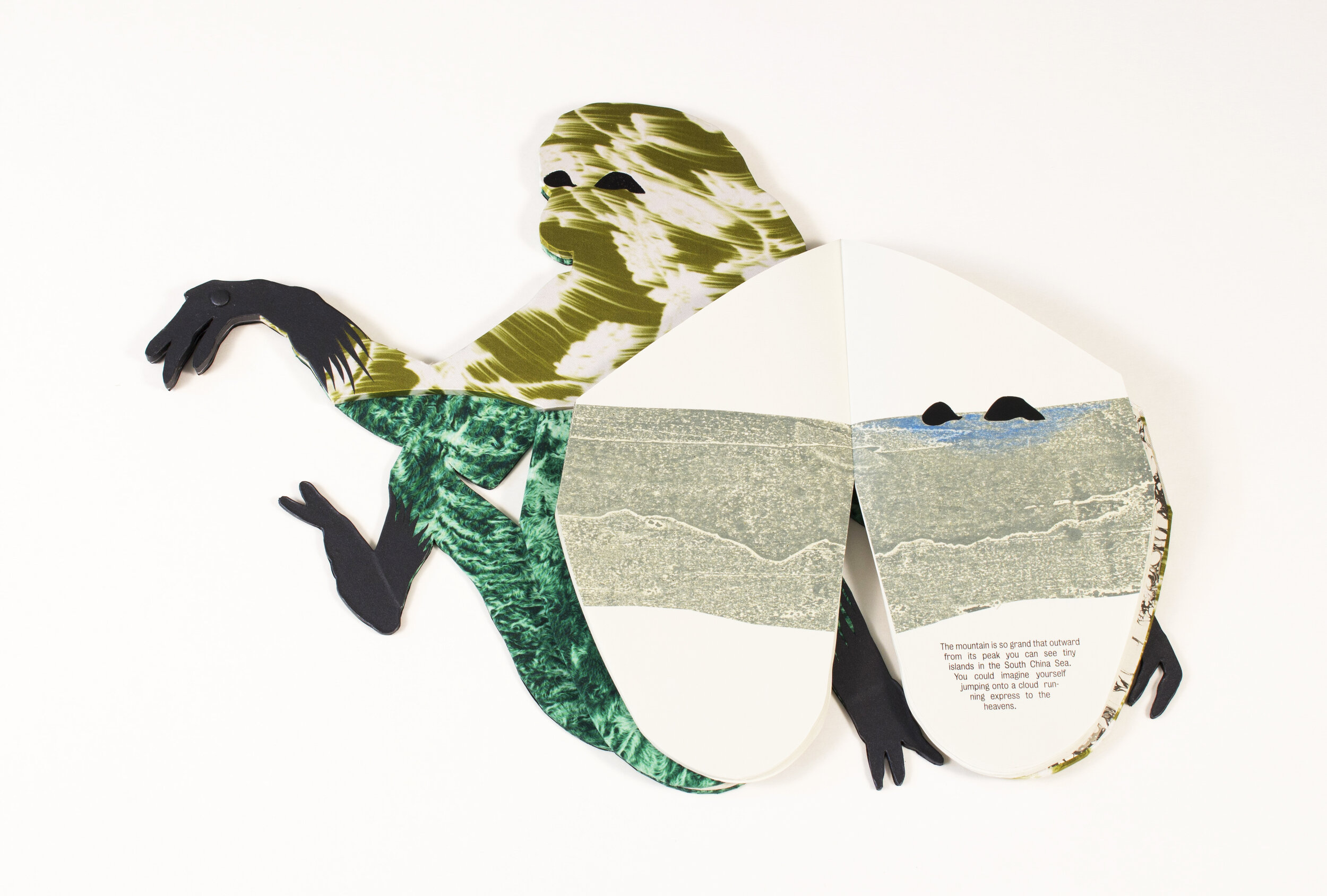
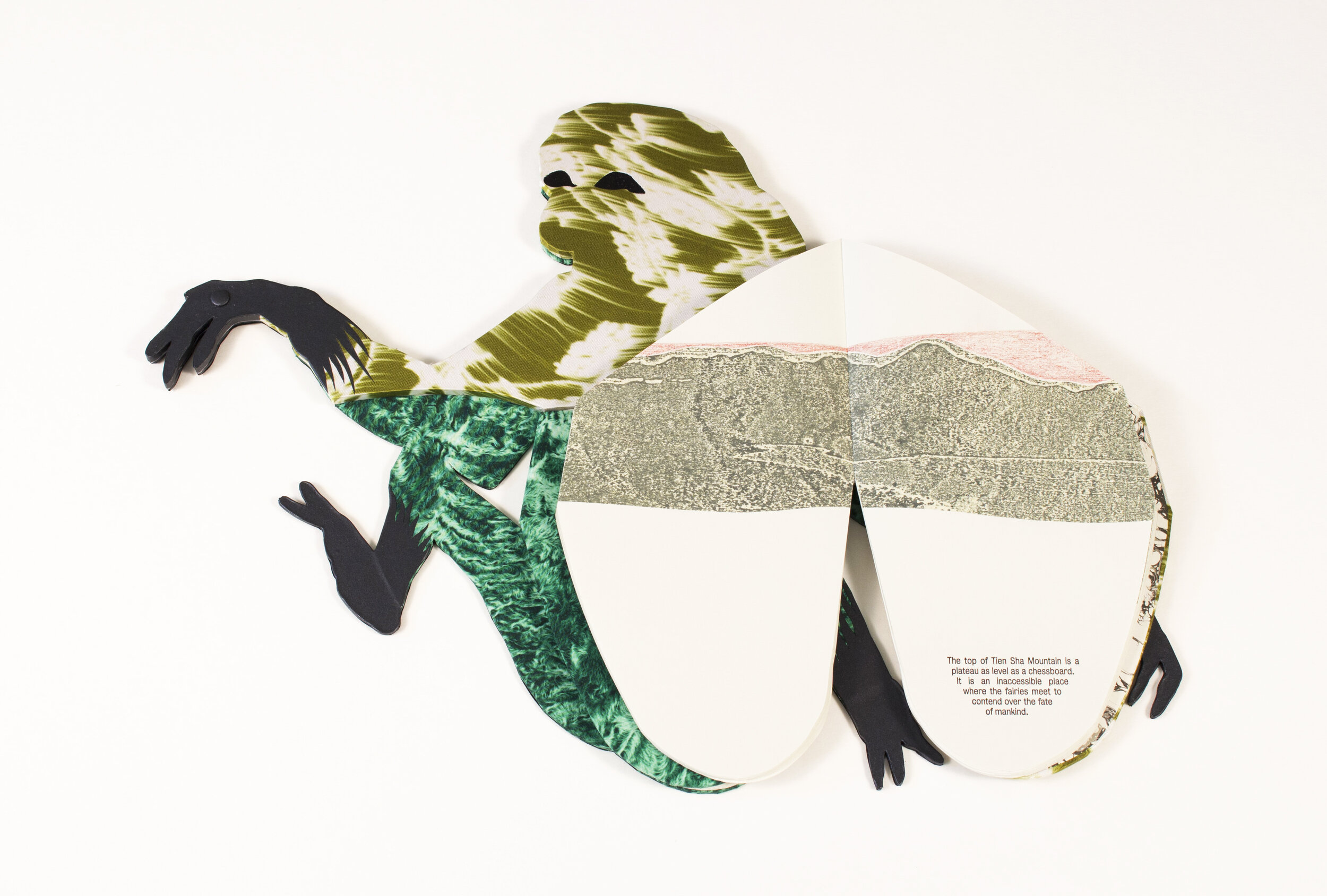
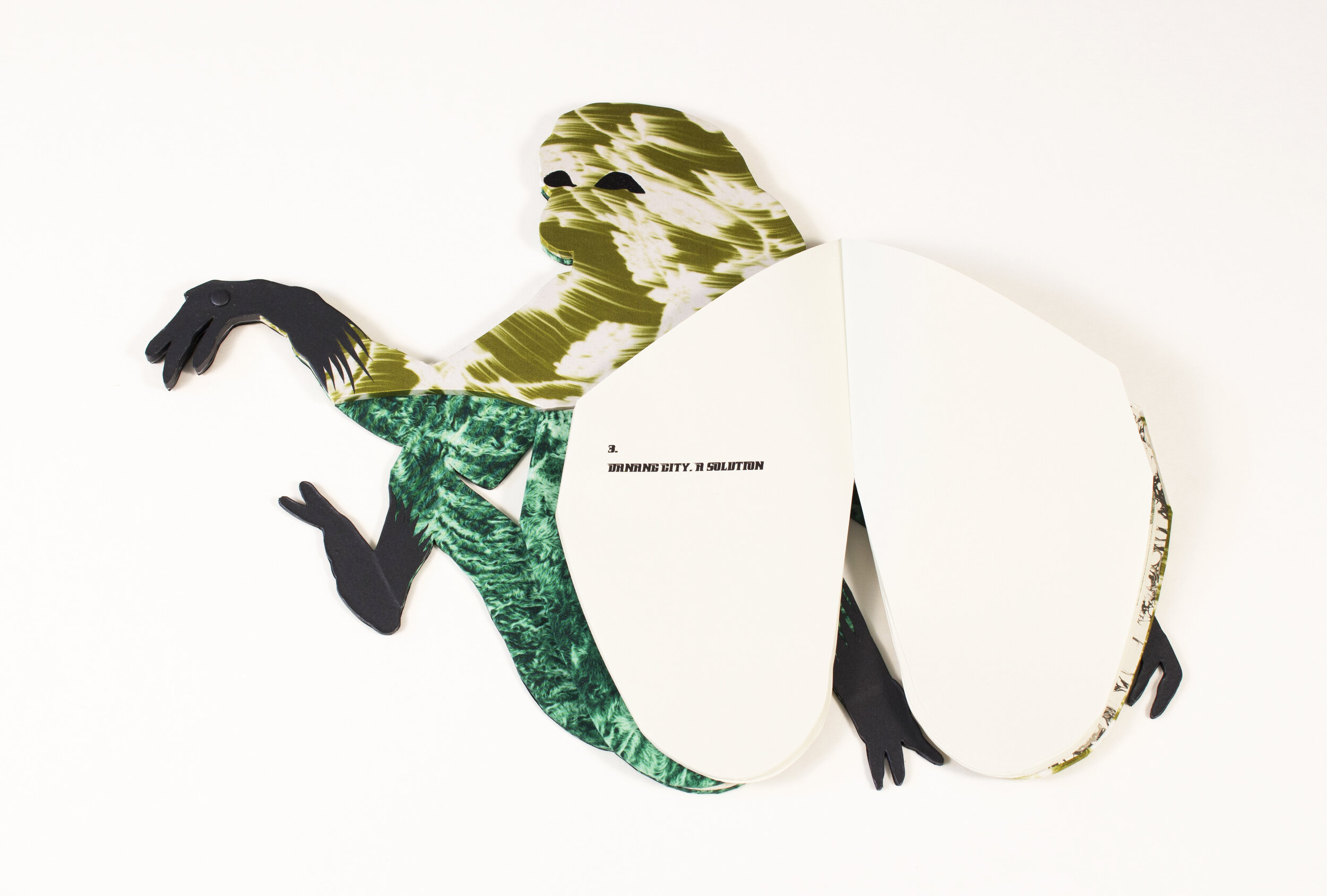
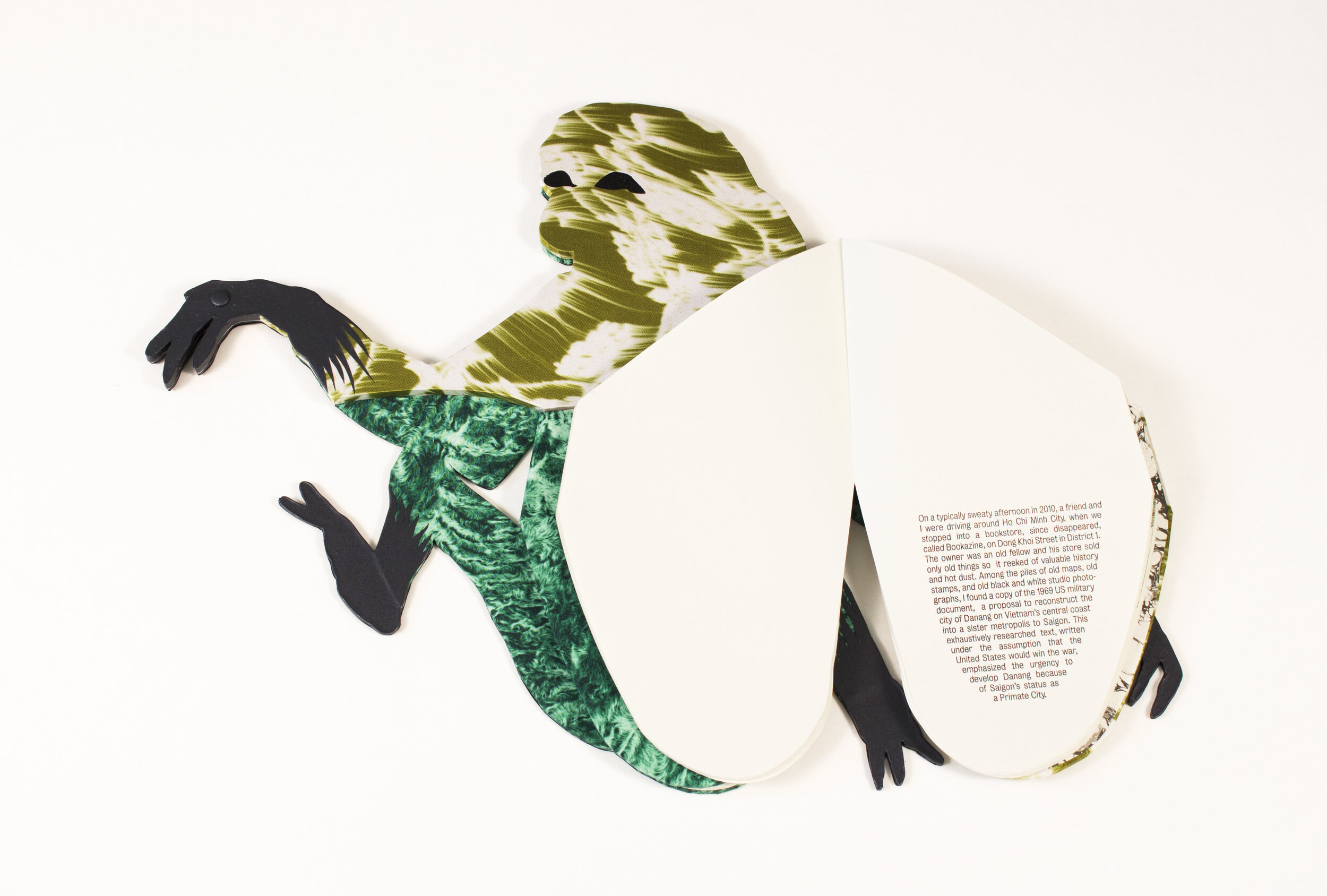

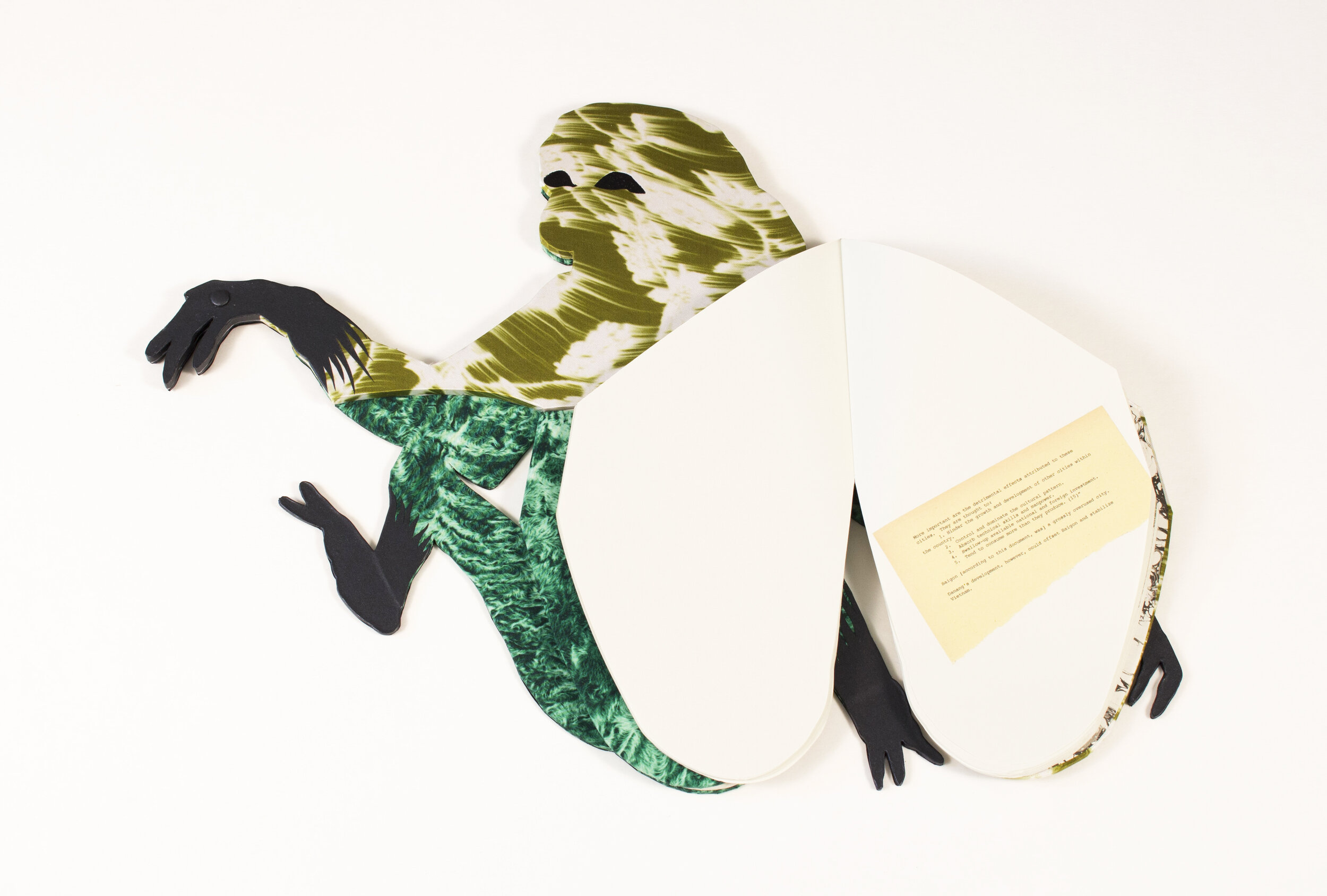
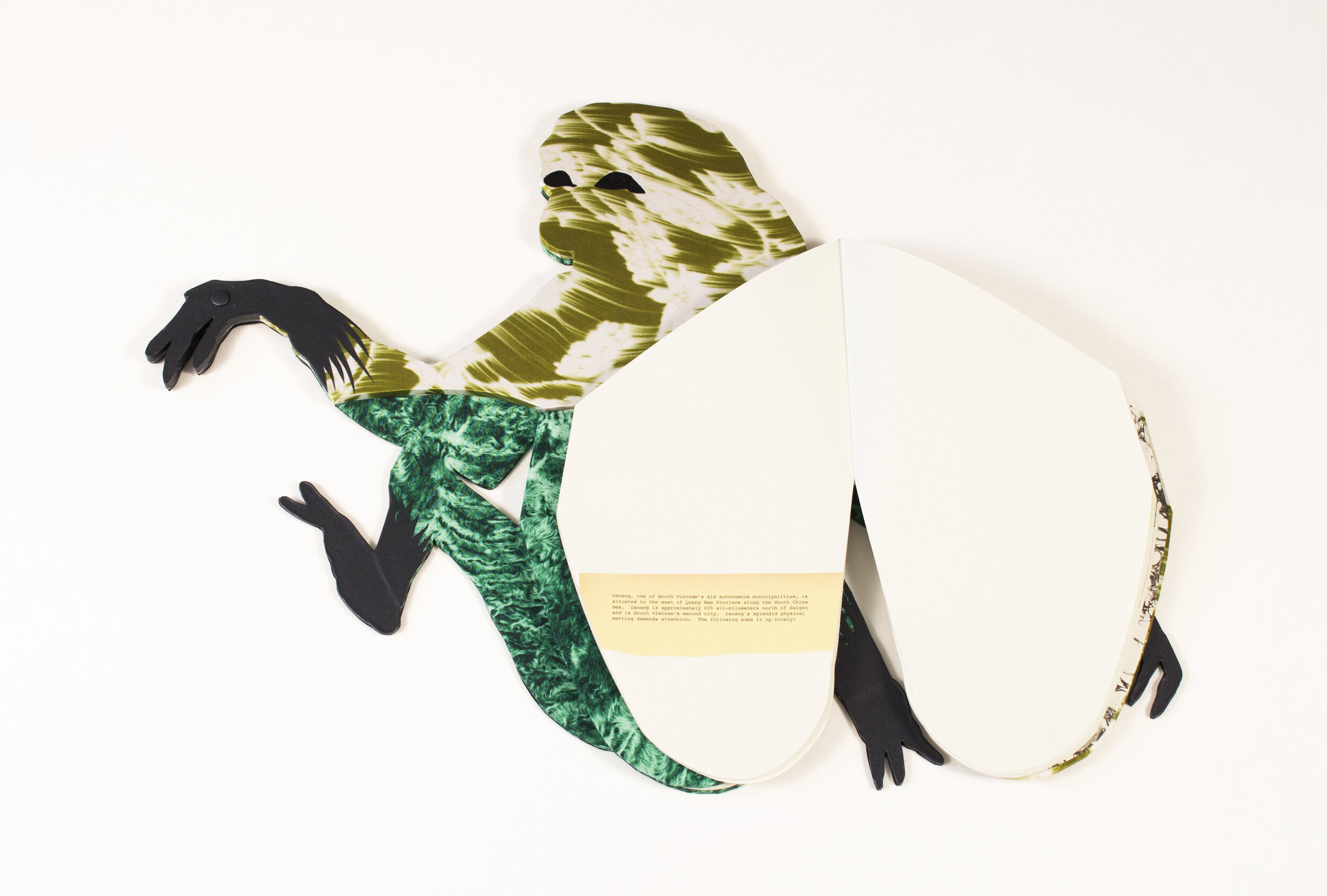
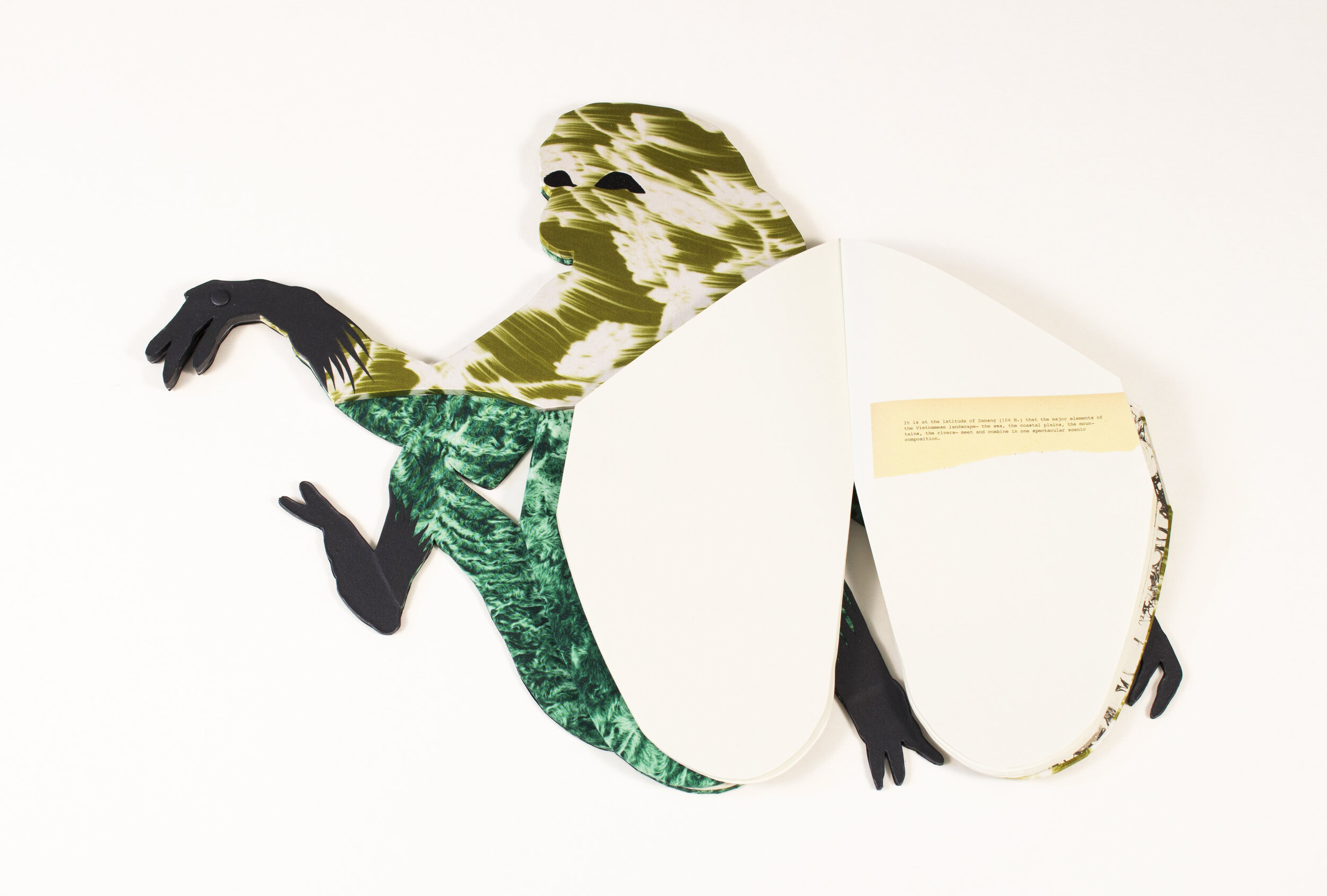
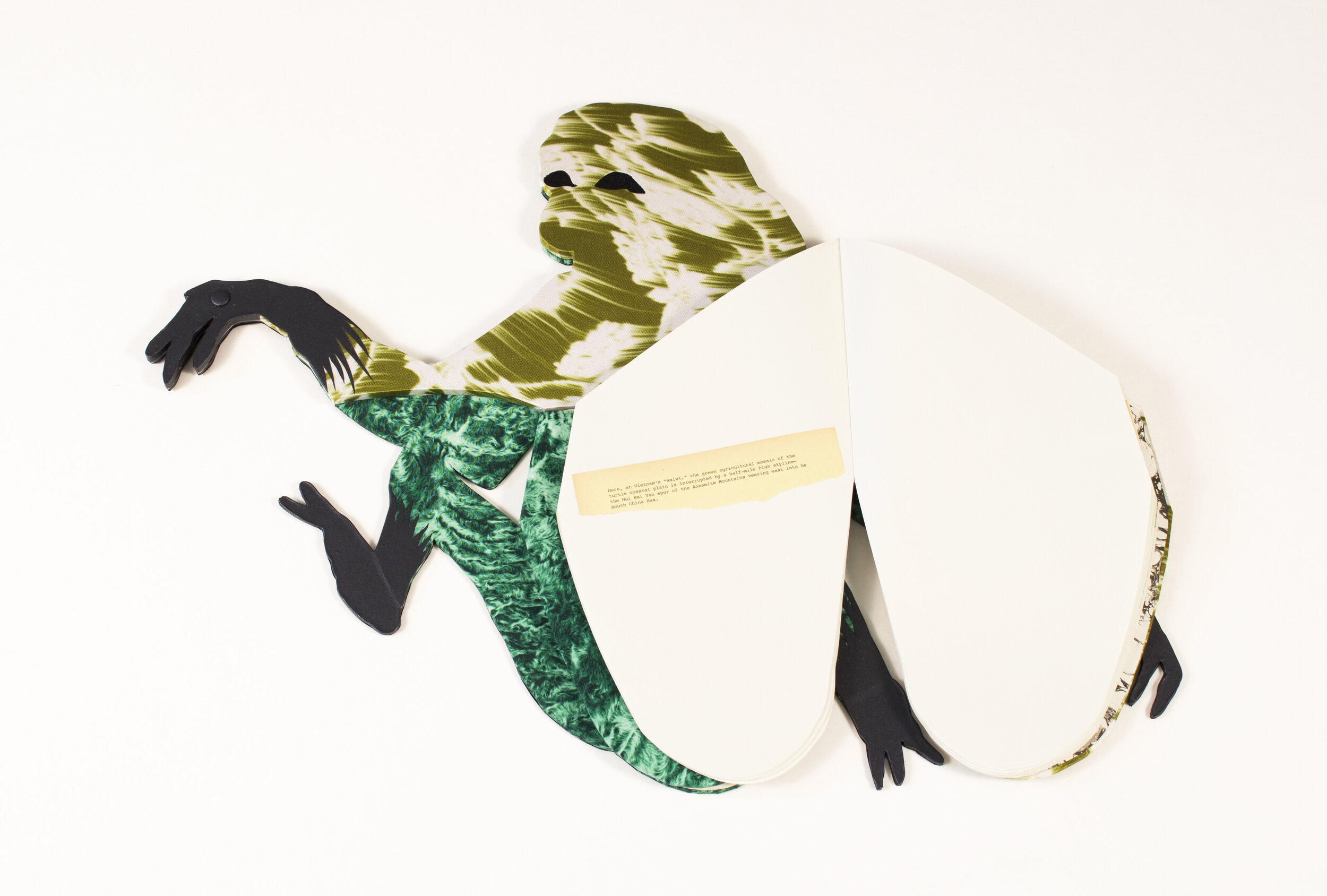

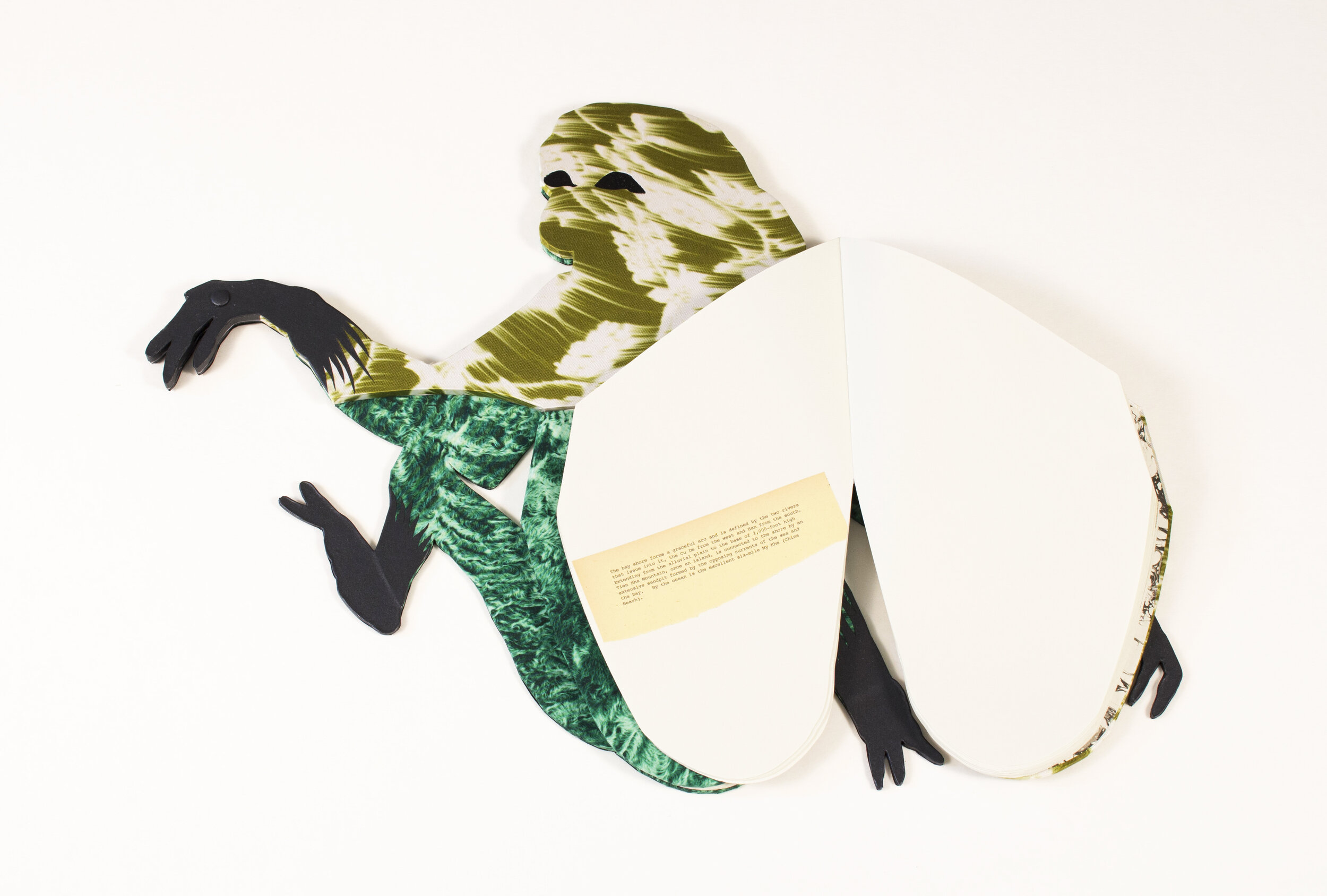
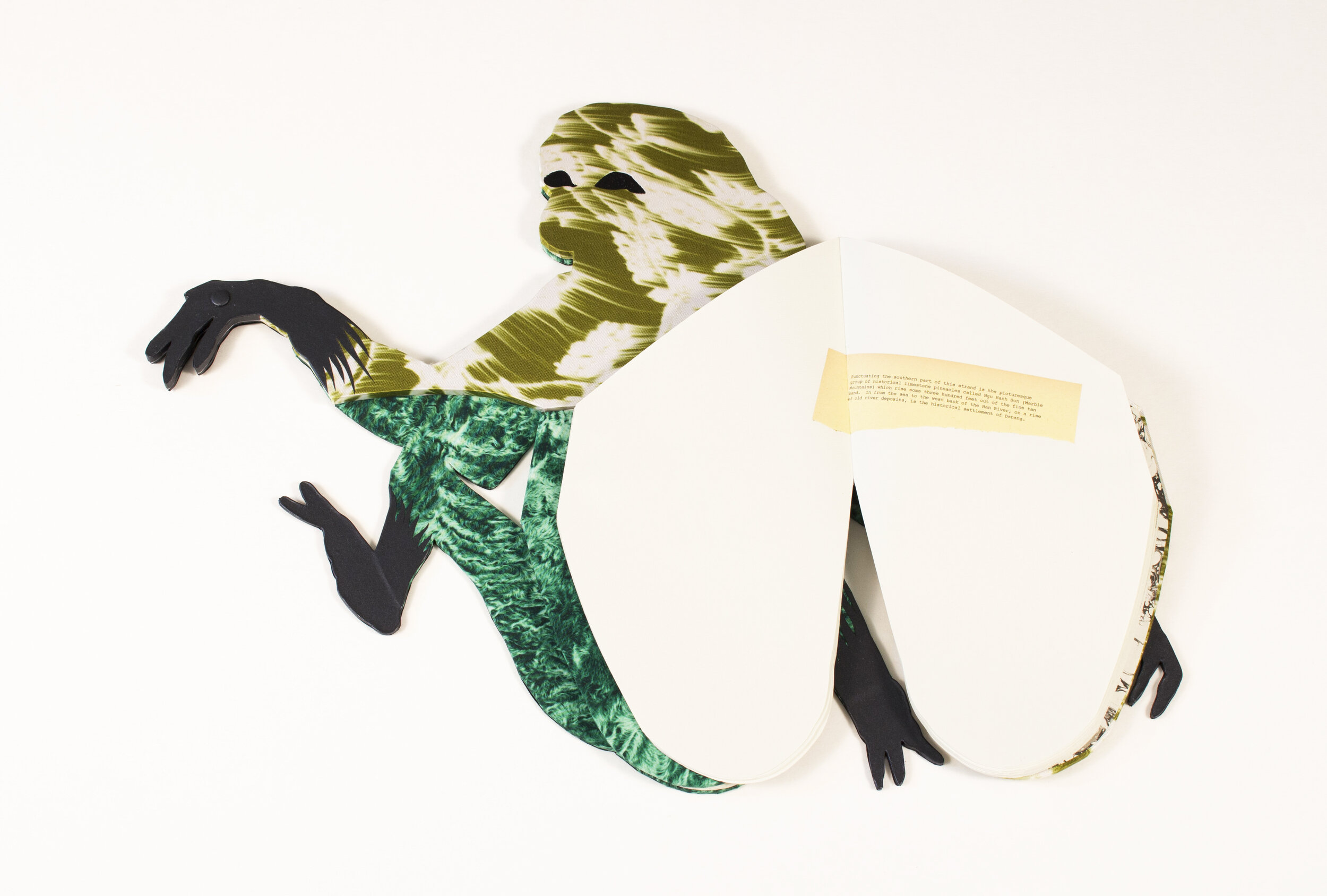
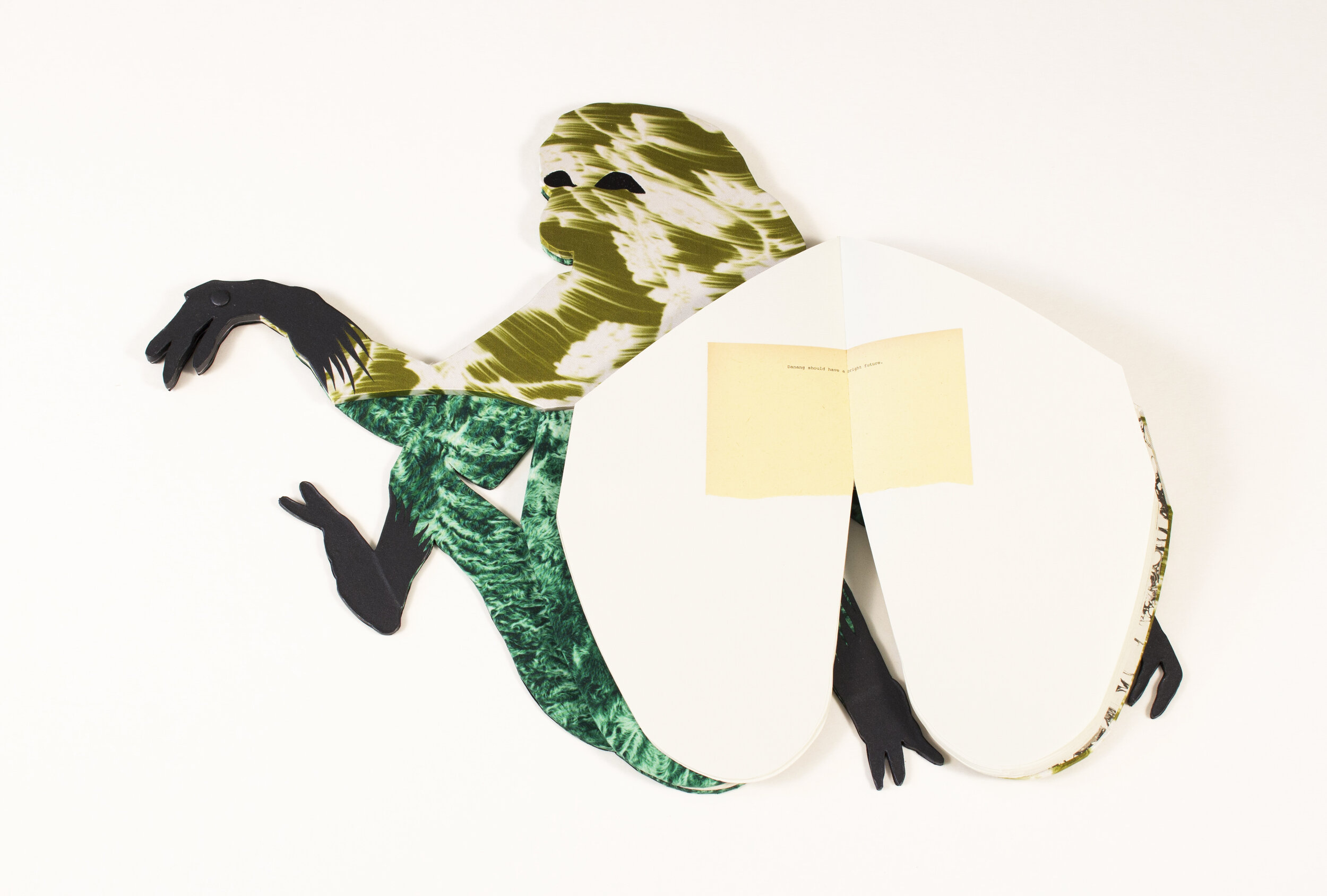
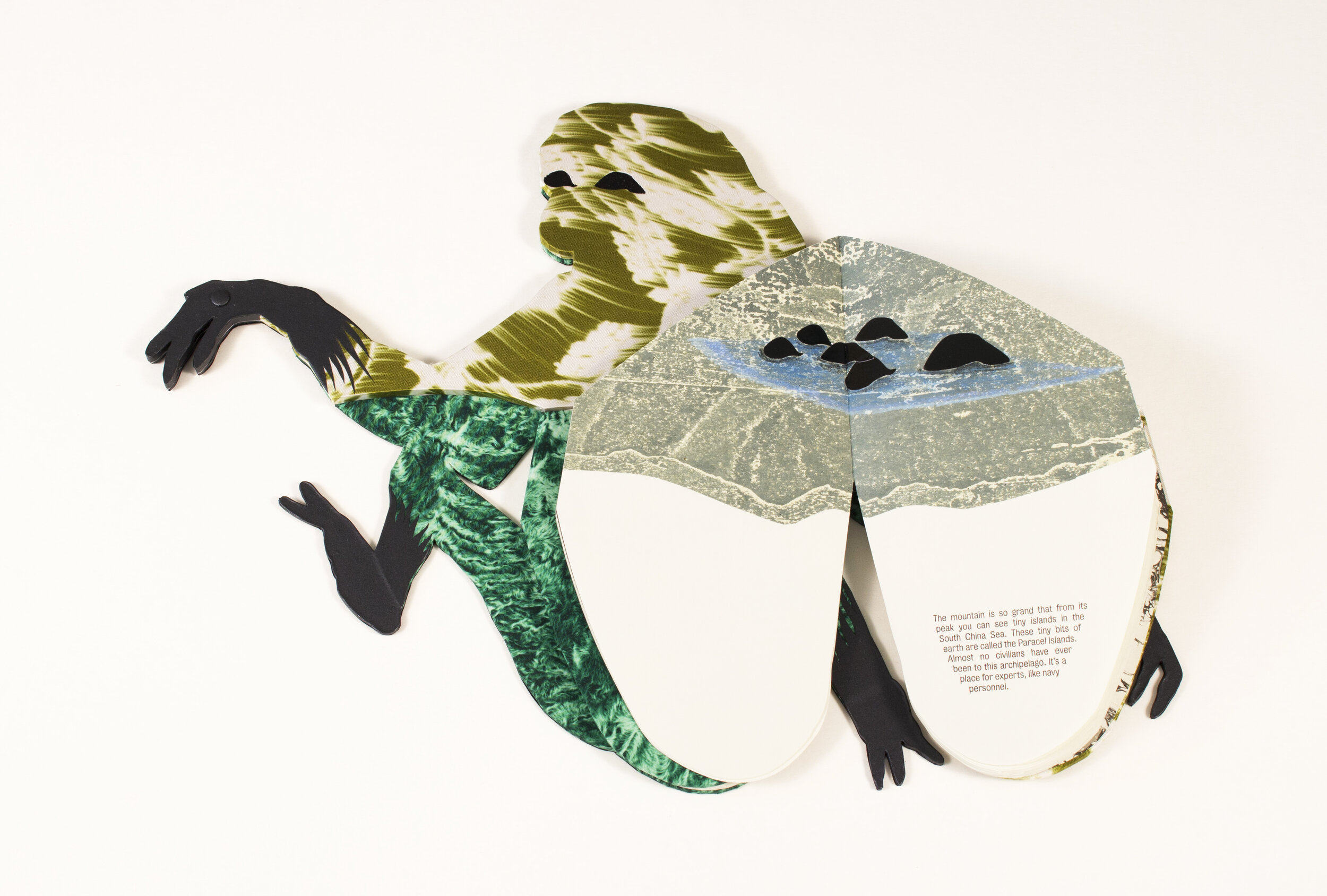
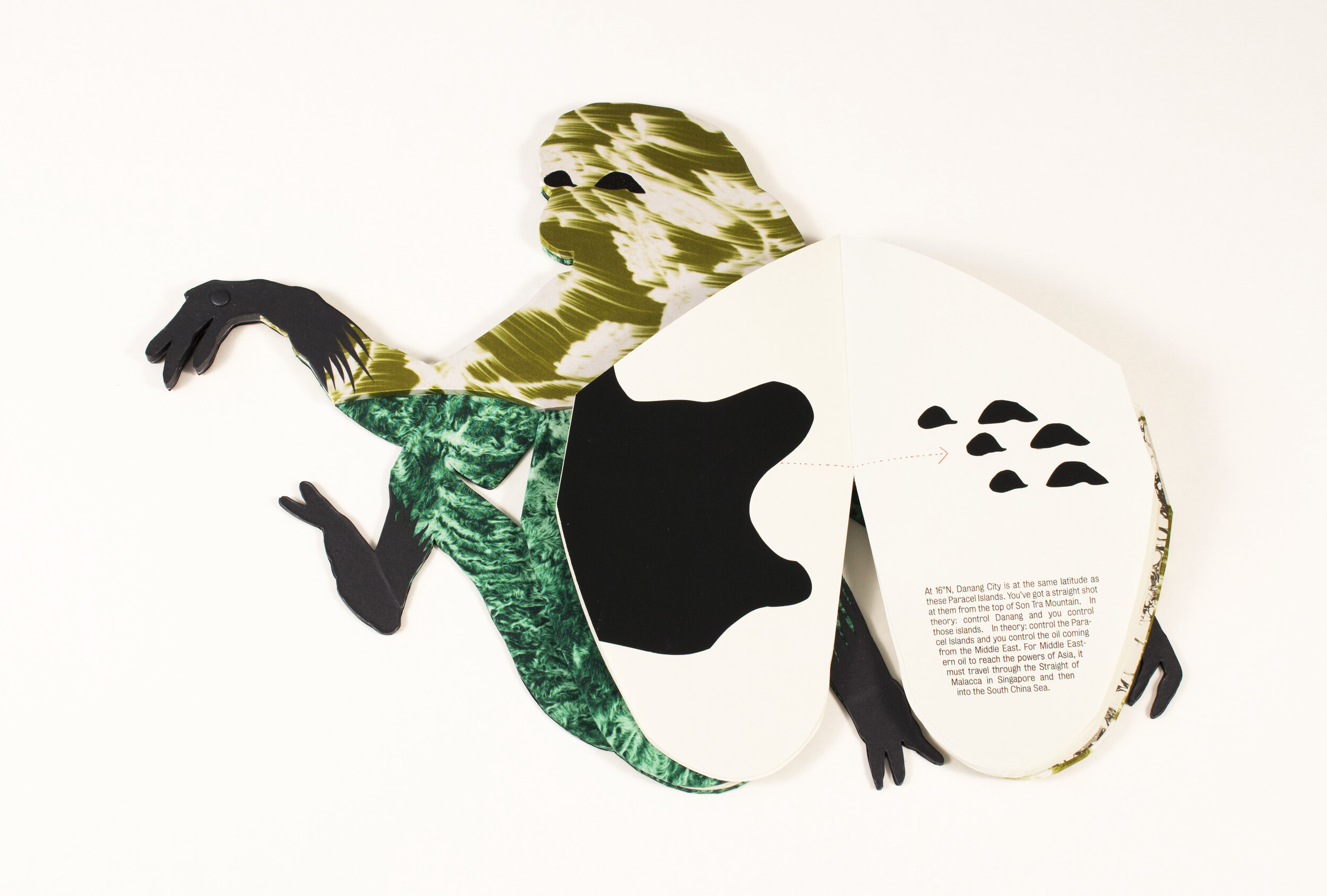

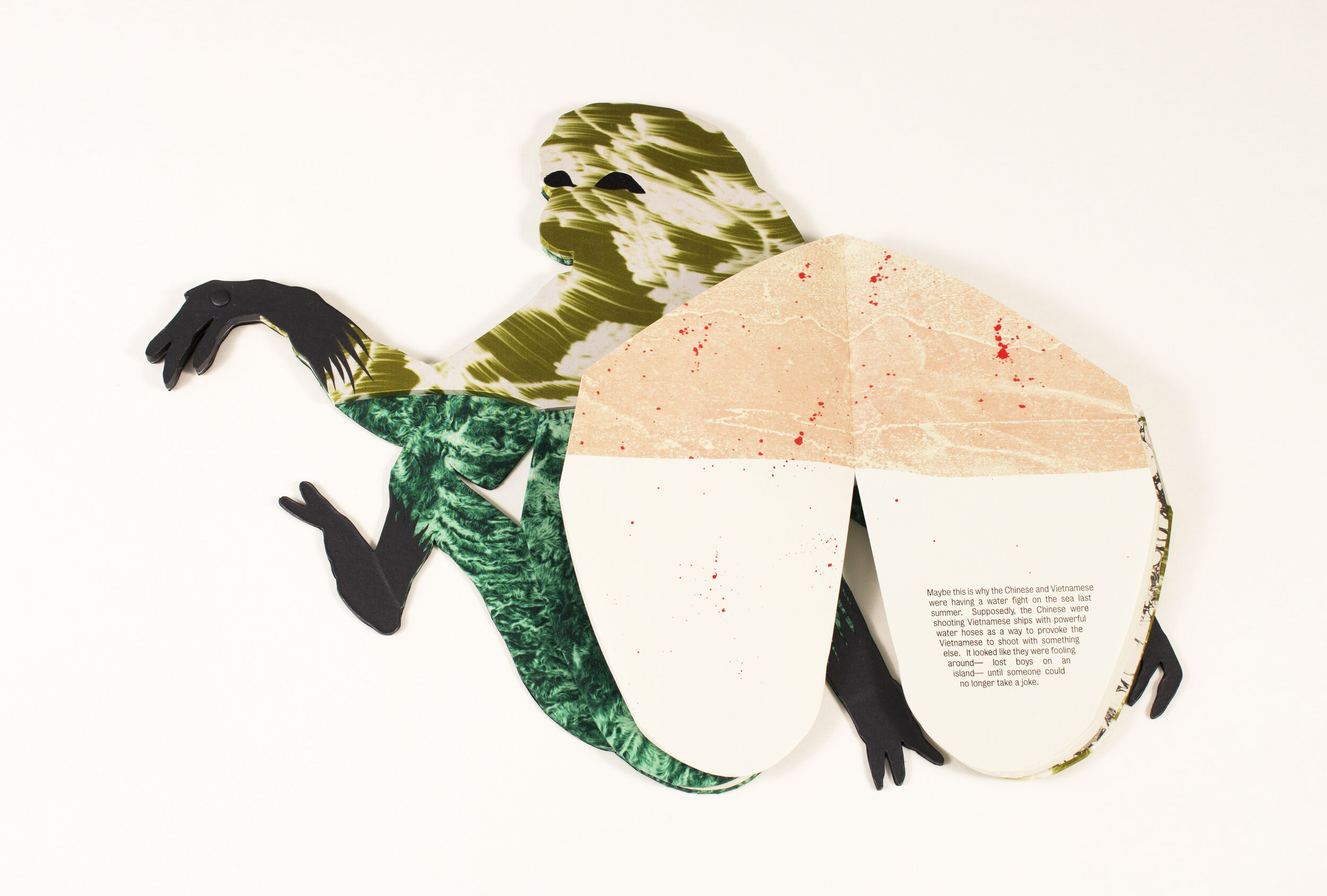
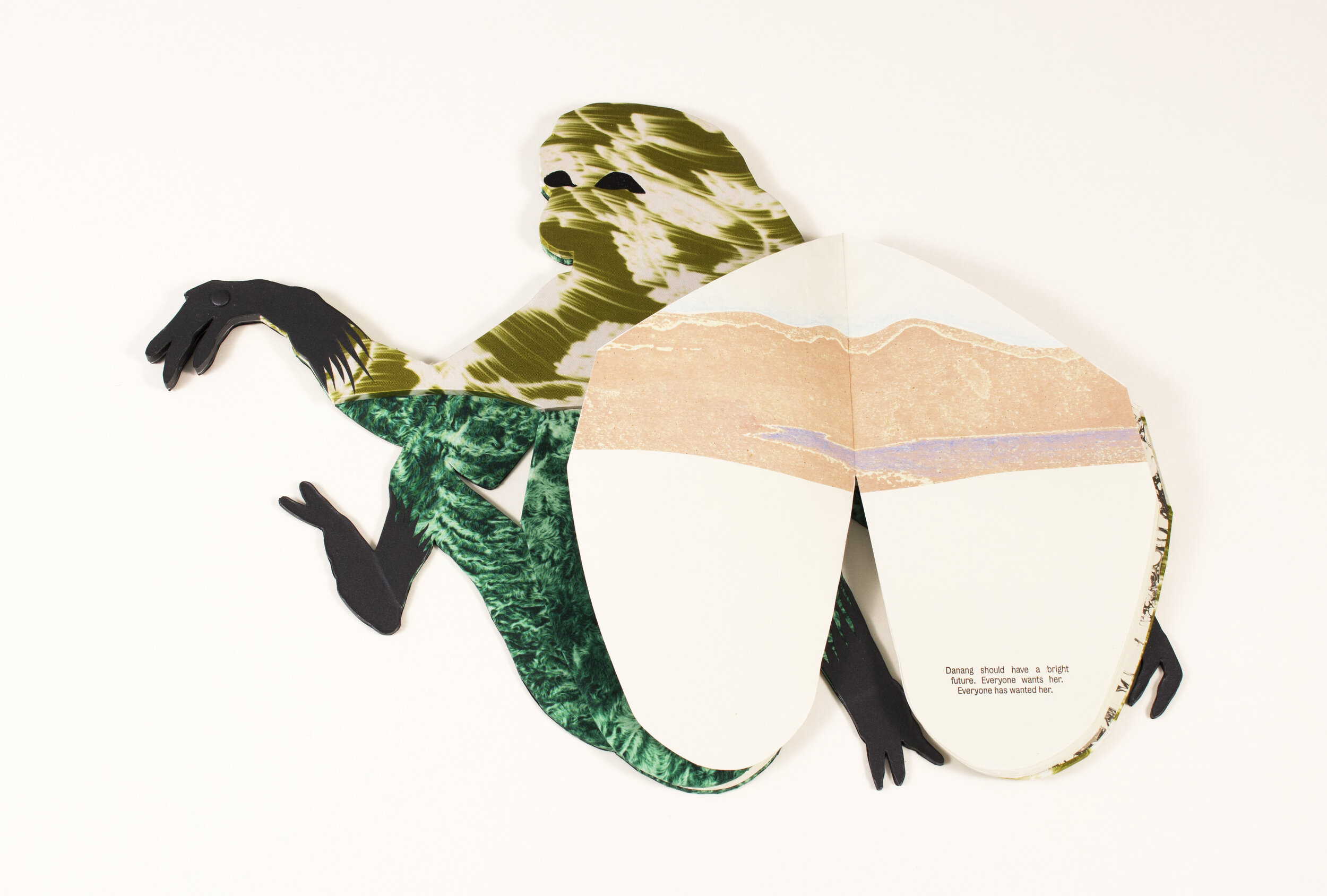
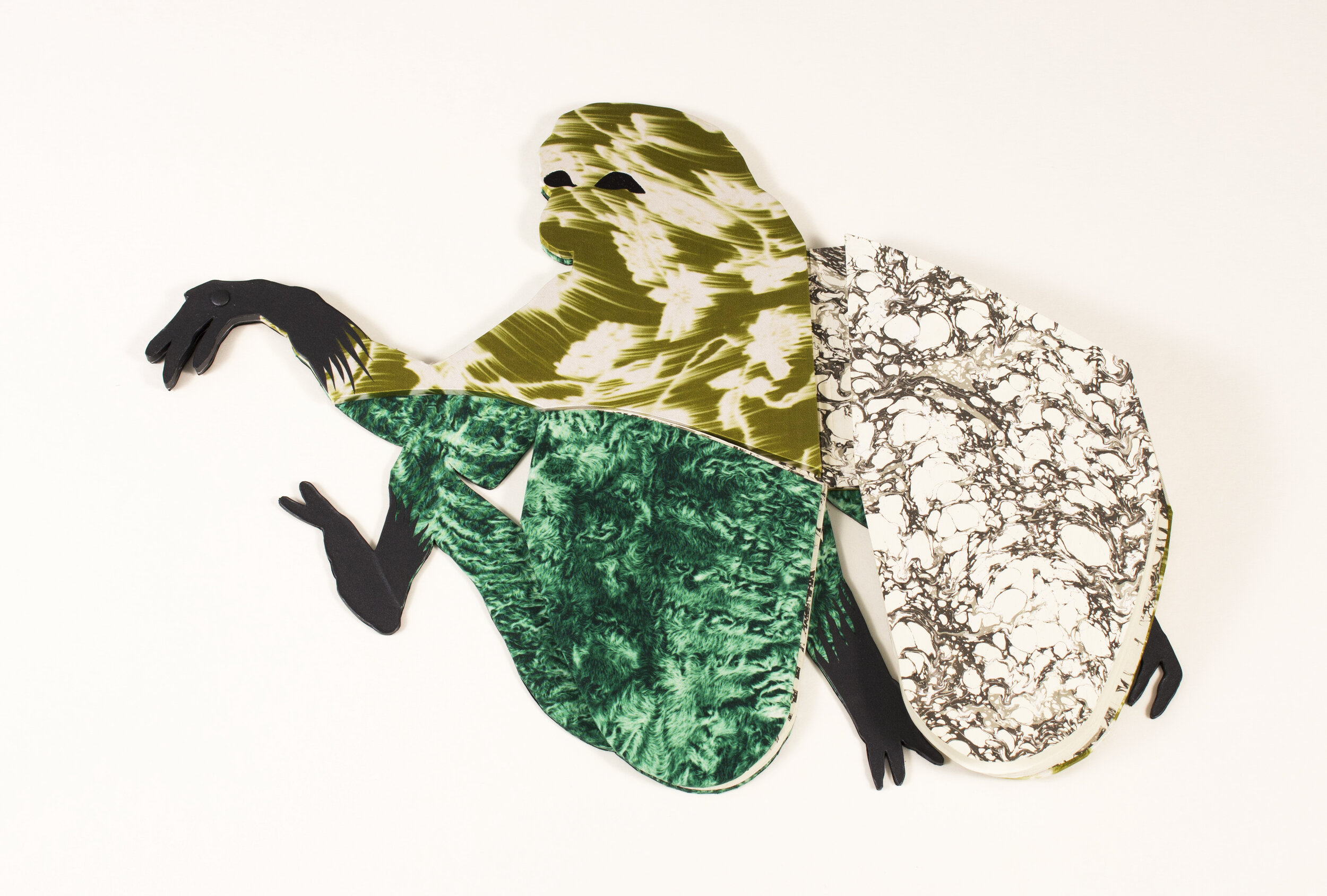

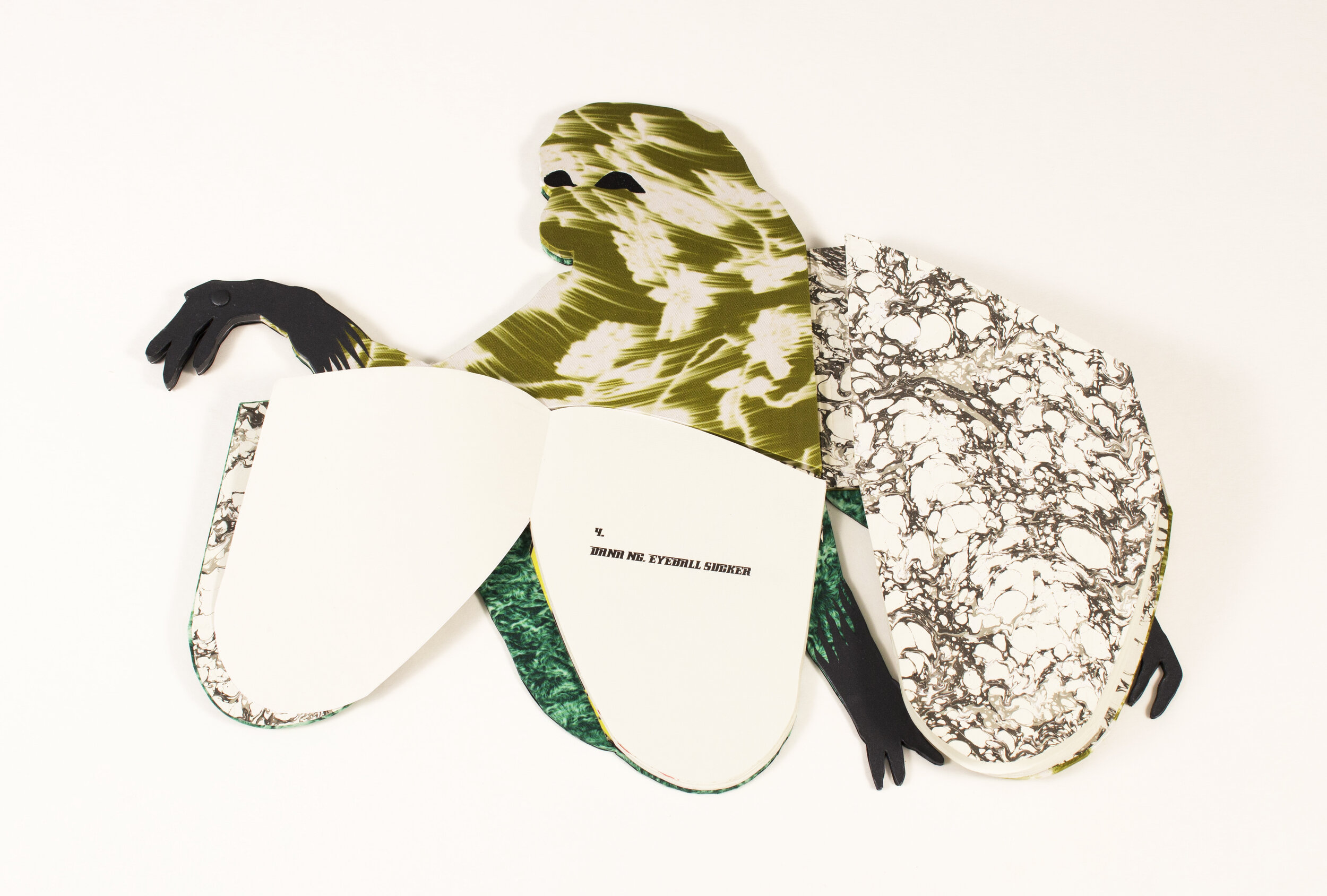
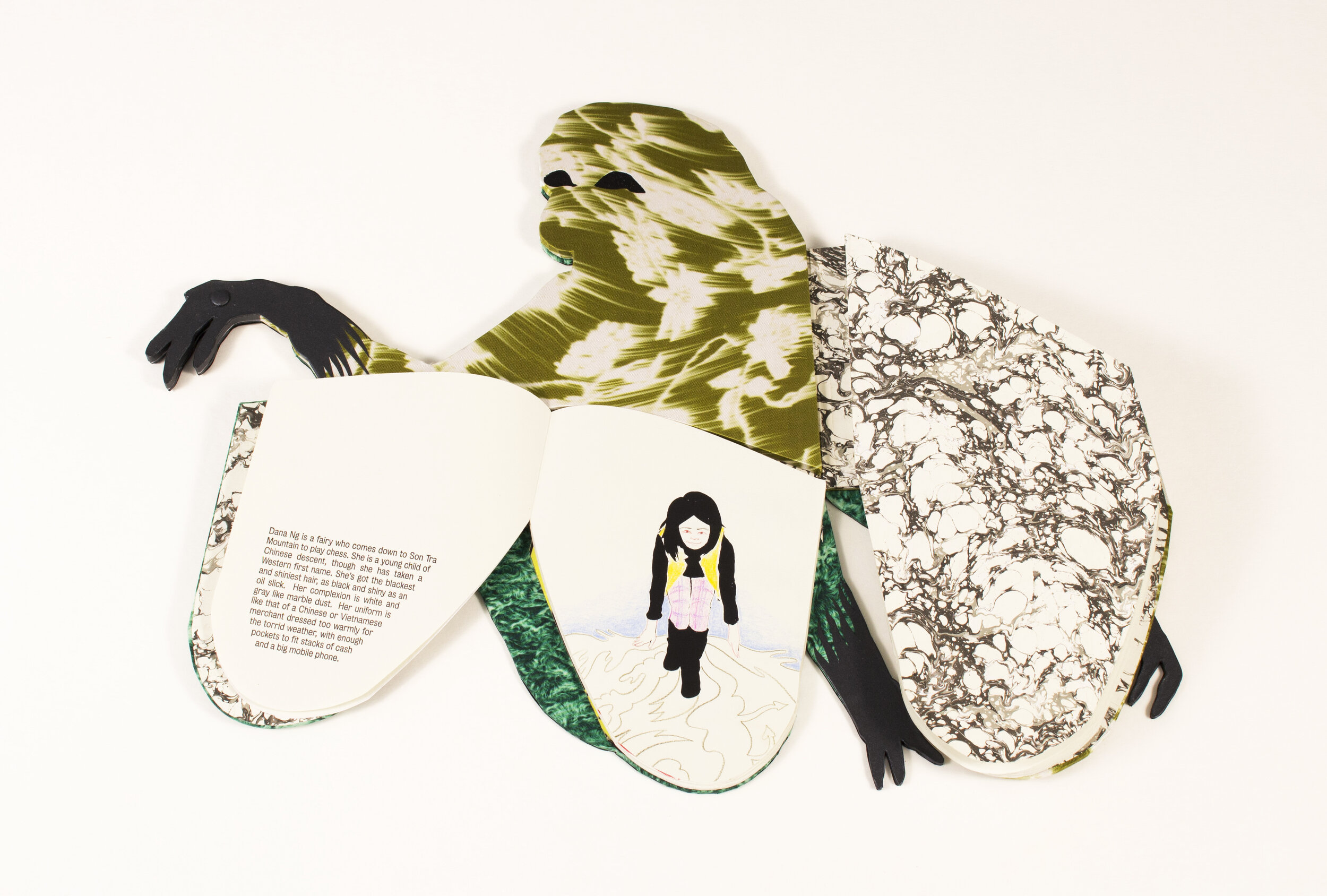
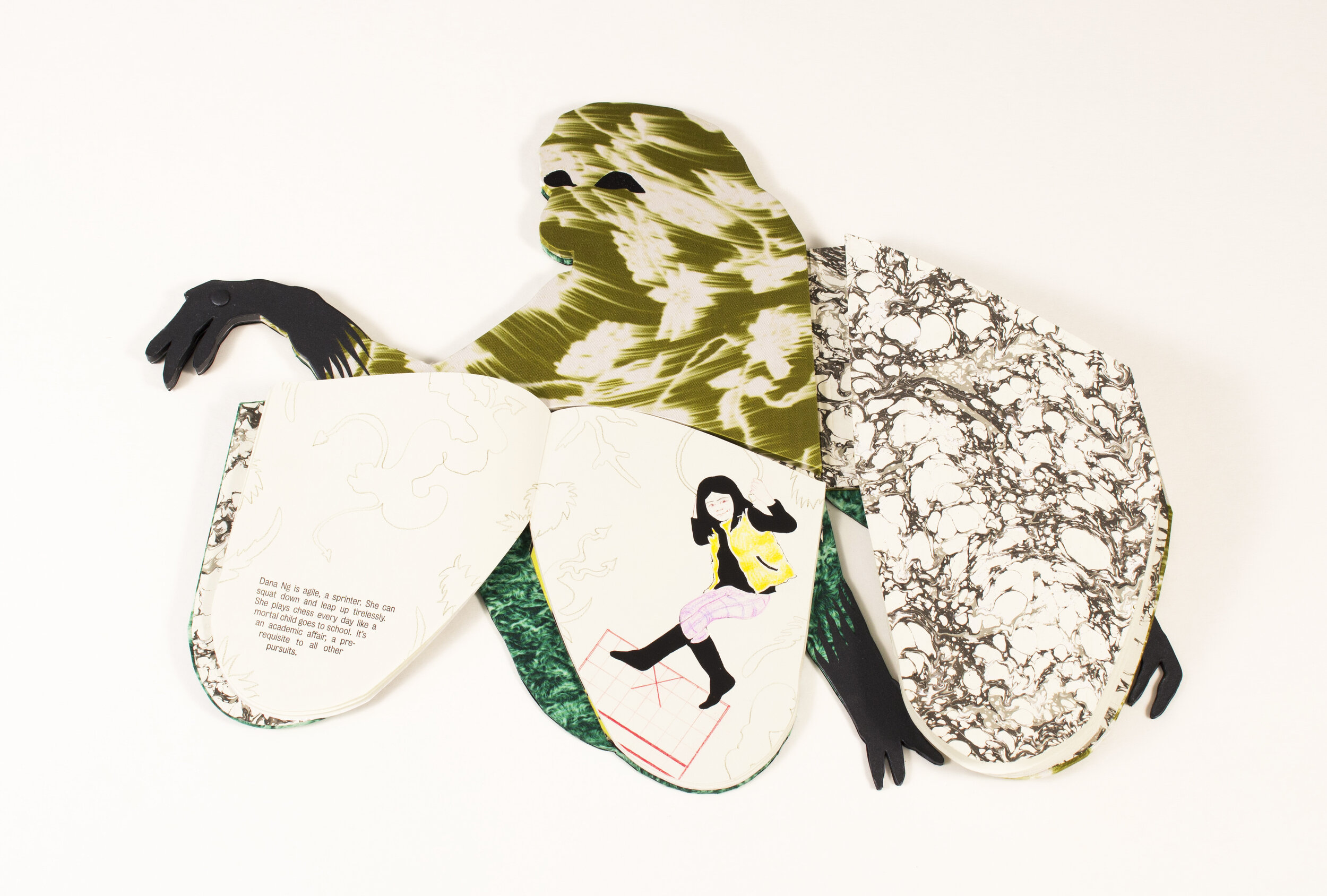
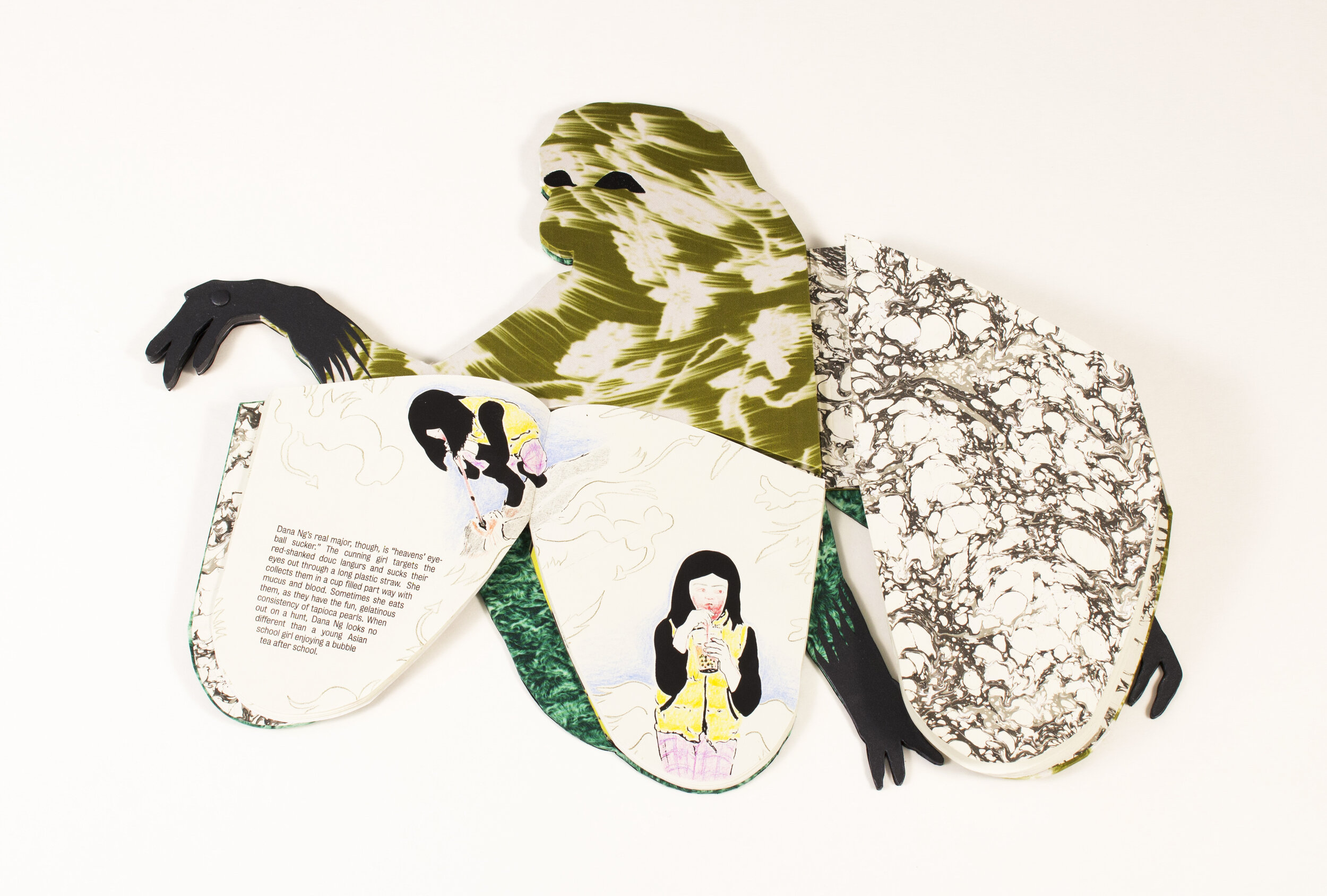
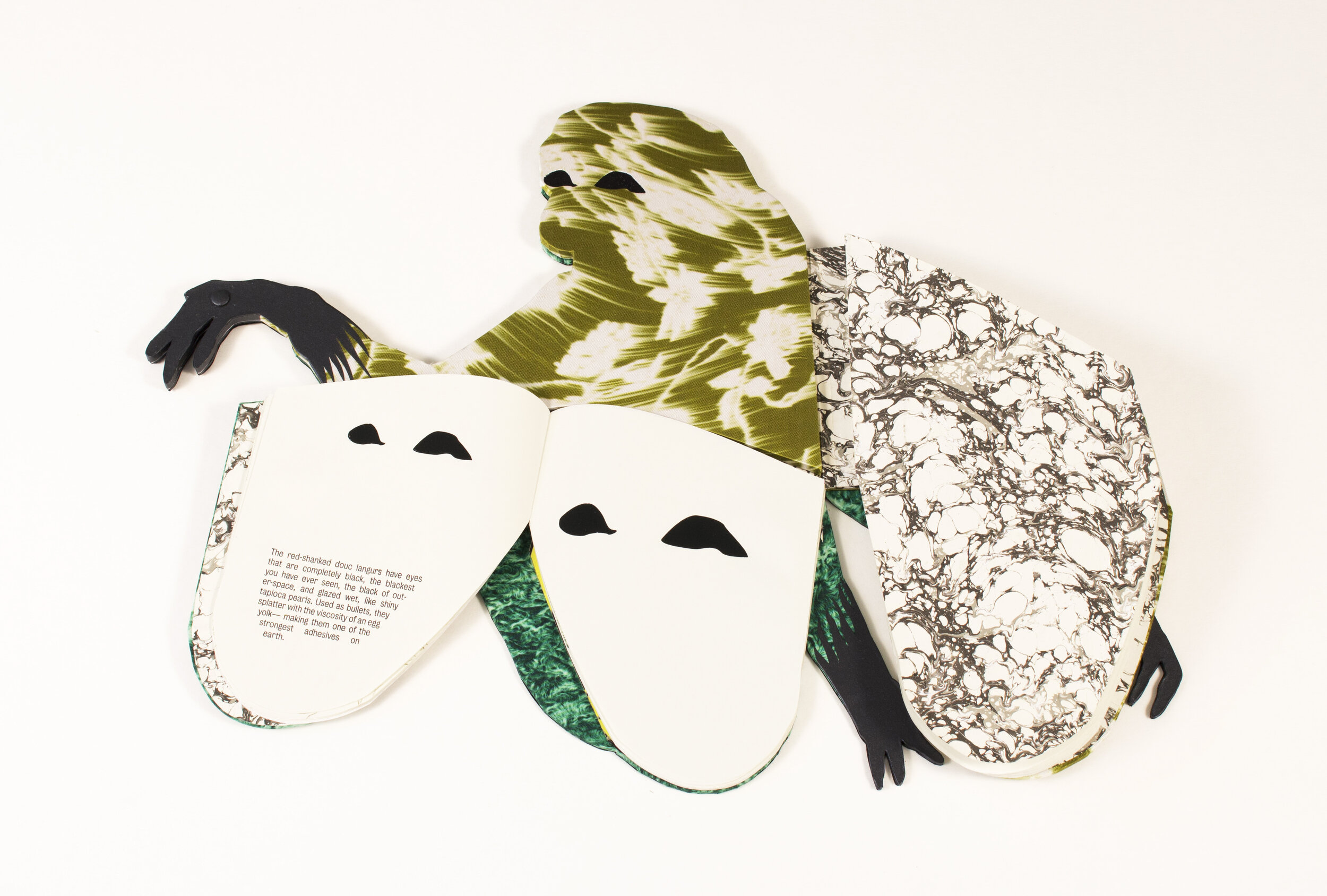
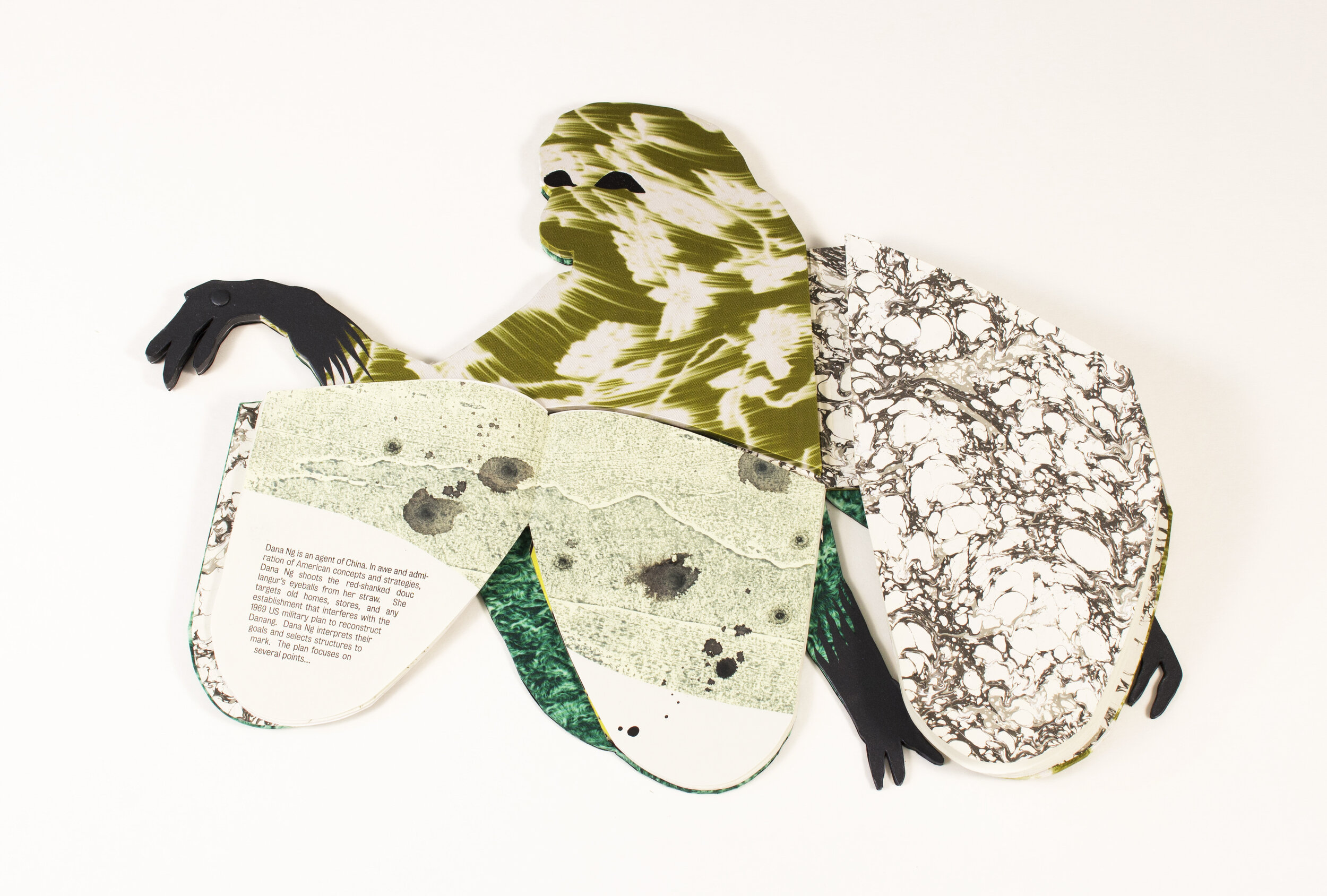
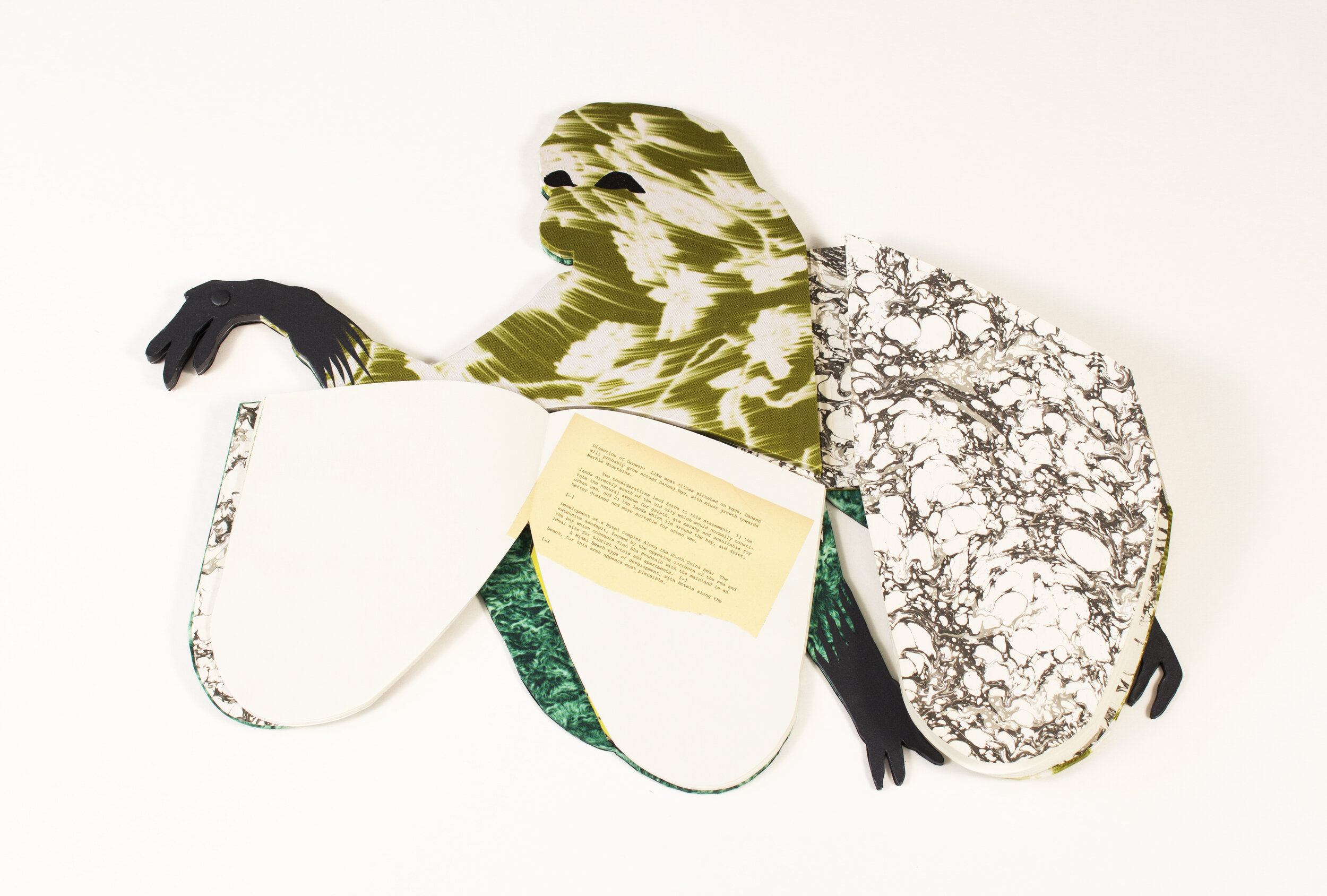
![Central City Area (The Core Area): This old French area will become the nucleus of the new city center. […] Danang Bay Beach: Call it the “revolution of rising expectations”, (68) […] The fishing villages and squatters along the Bay may graduall](https://images.squarespace-cdn.com/content/v1/590f6611c534a56c75a69c6a/1571590253042-601RSEN5JW7XD4ECCPBF/NguyenTammy_07_201553.jpg)
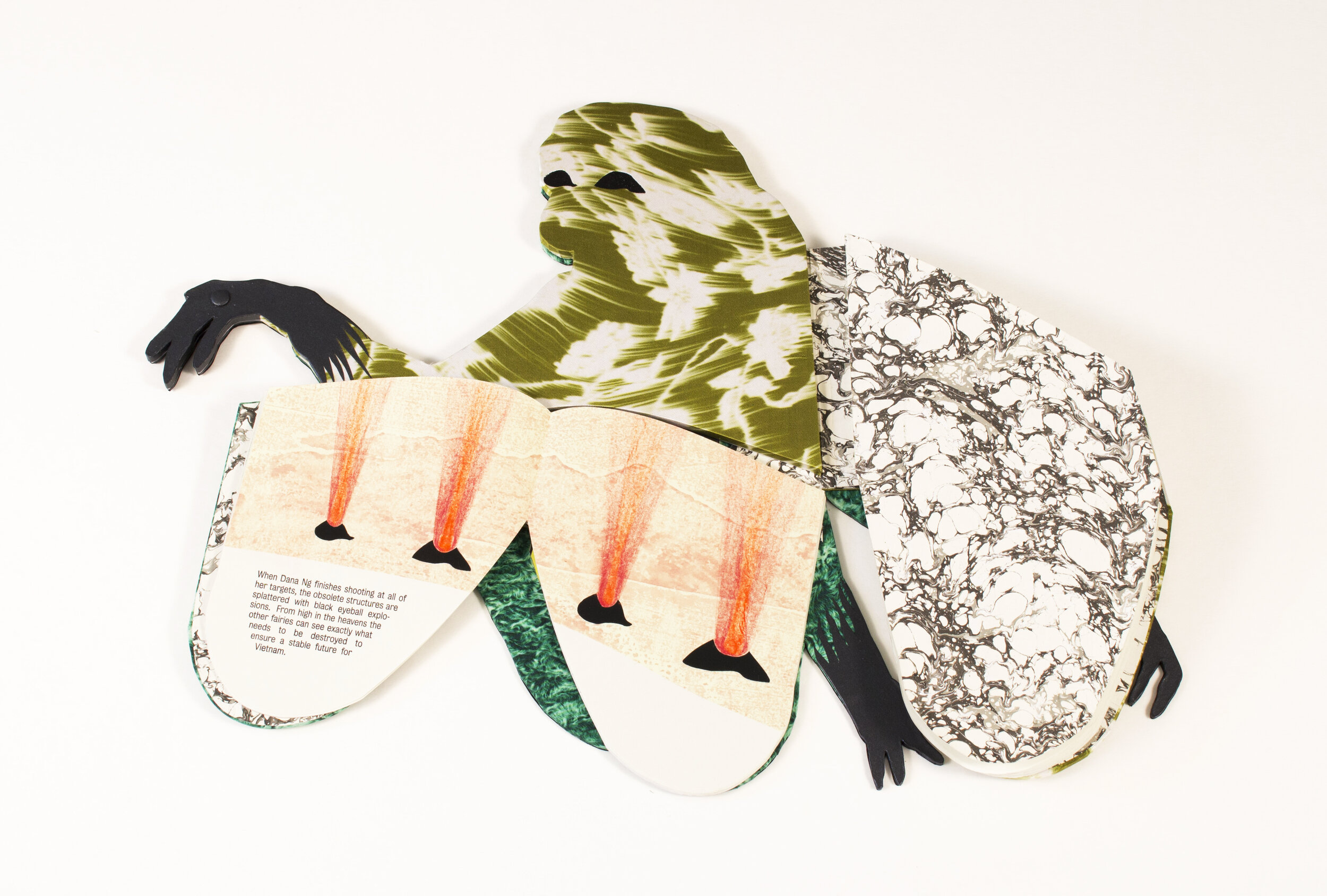

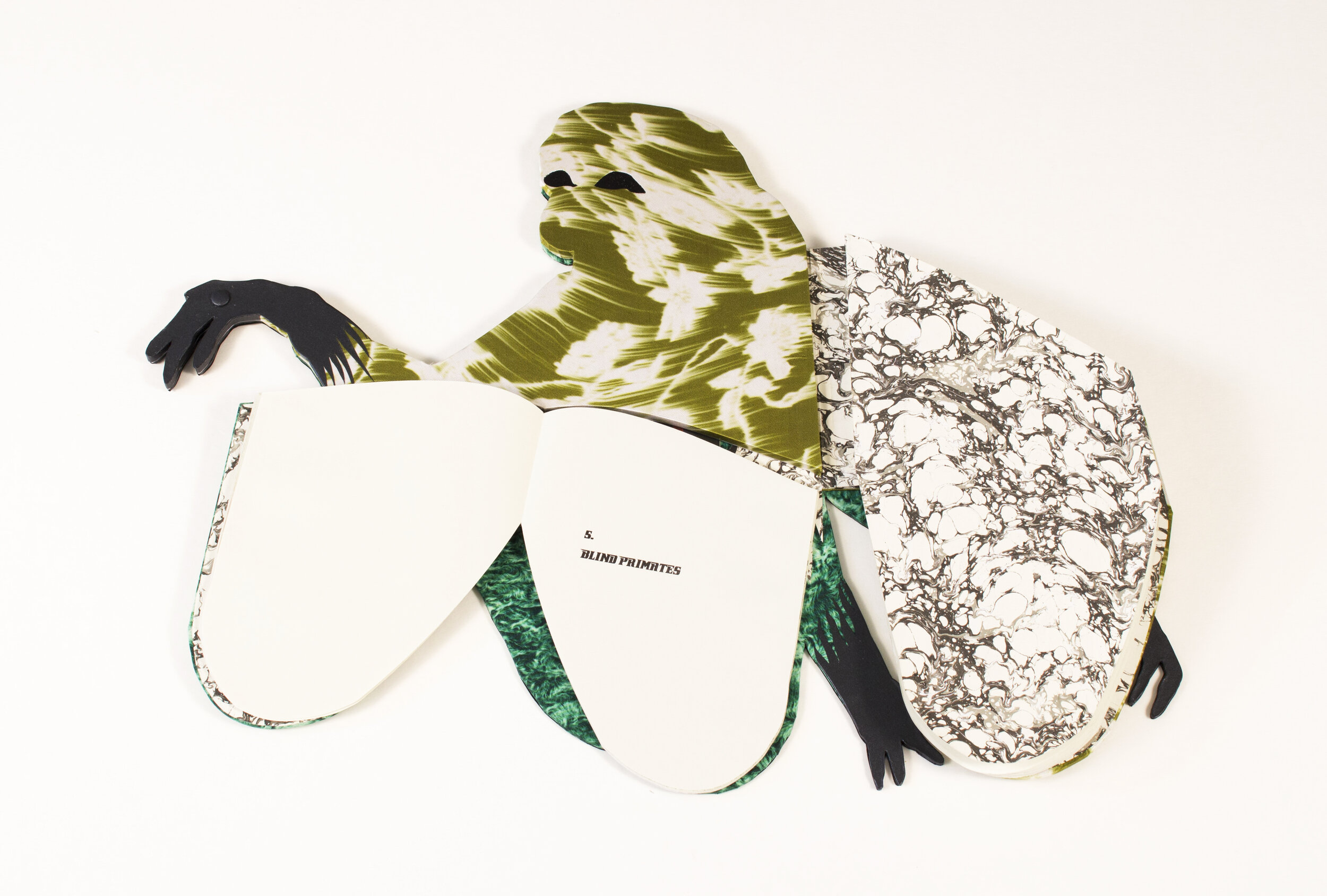
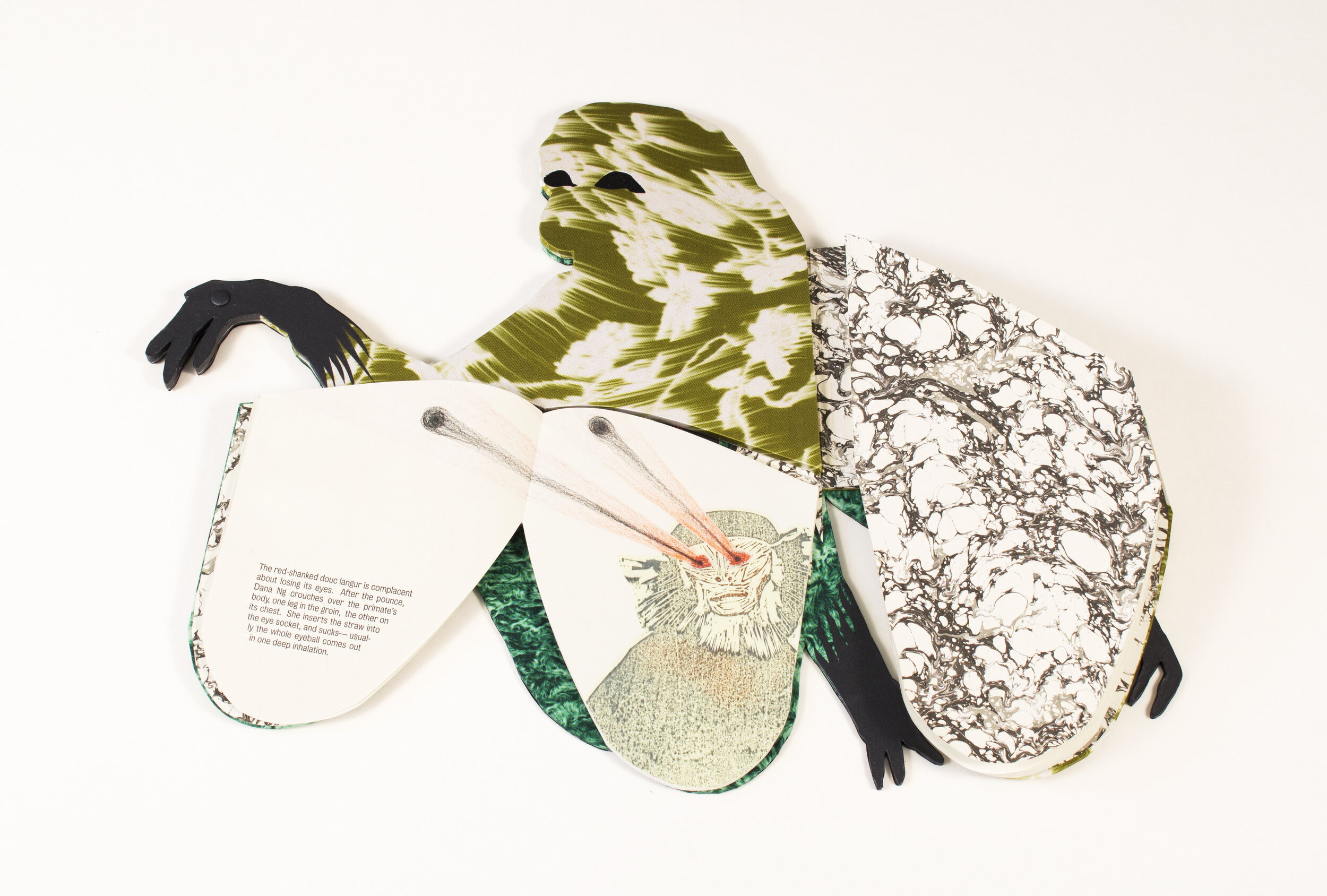
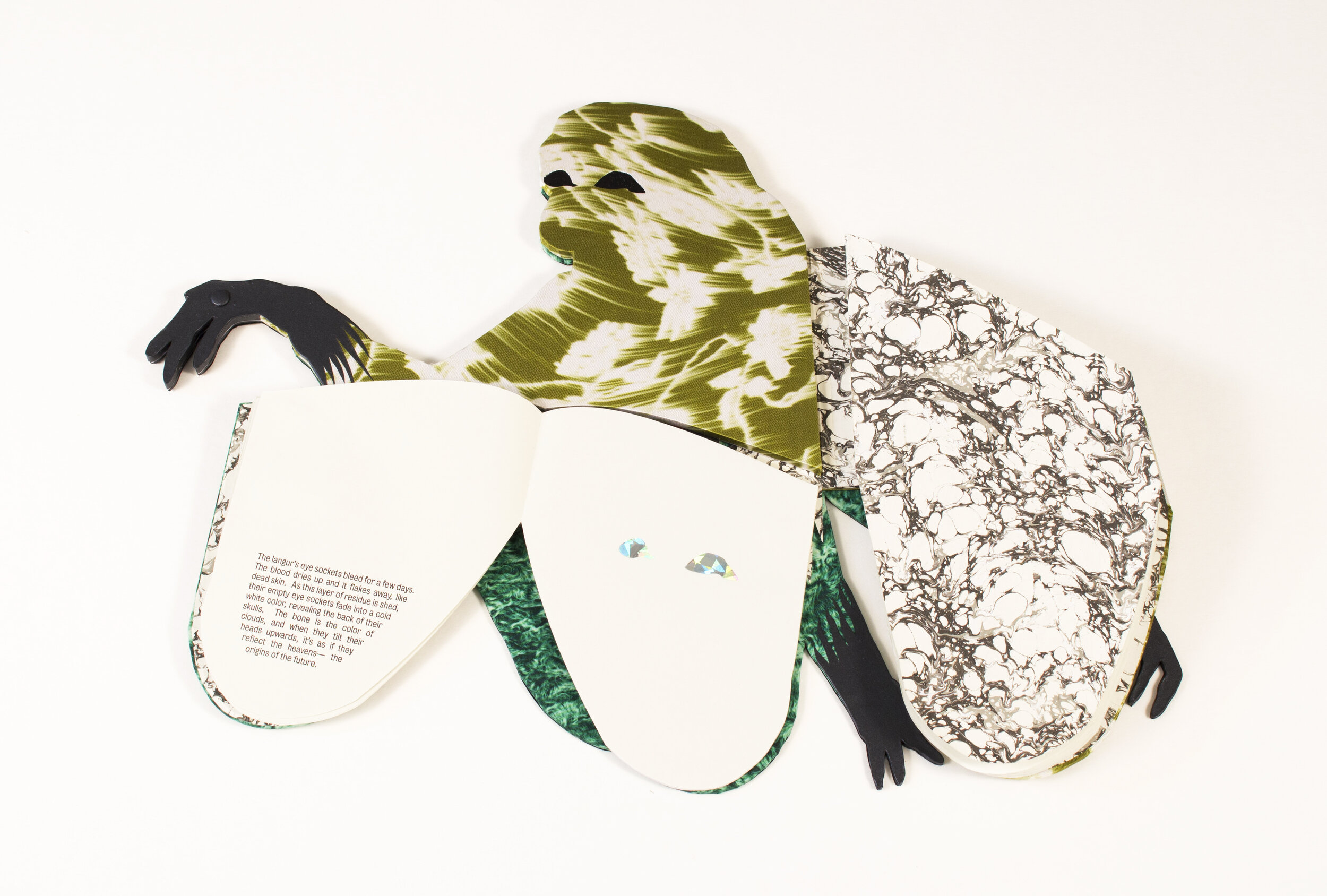
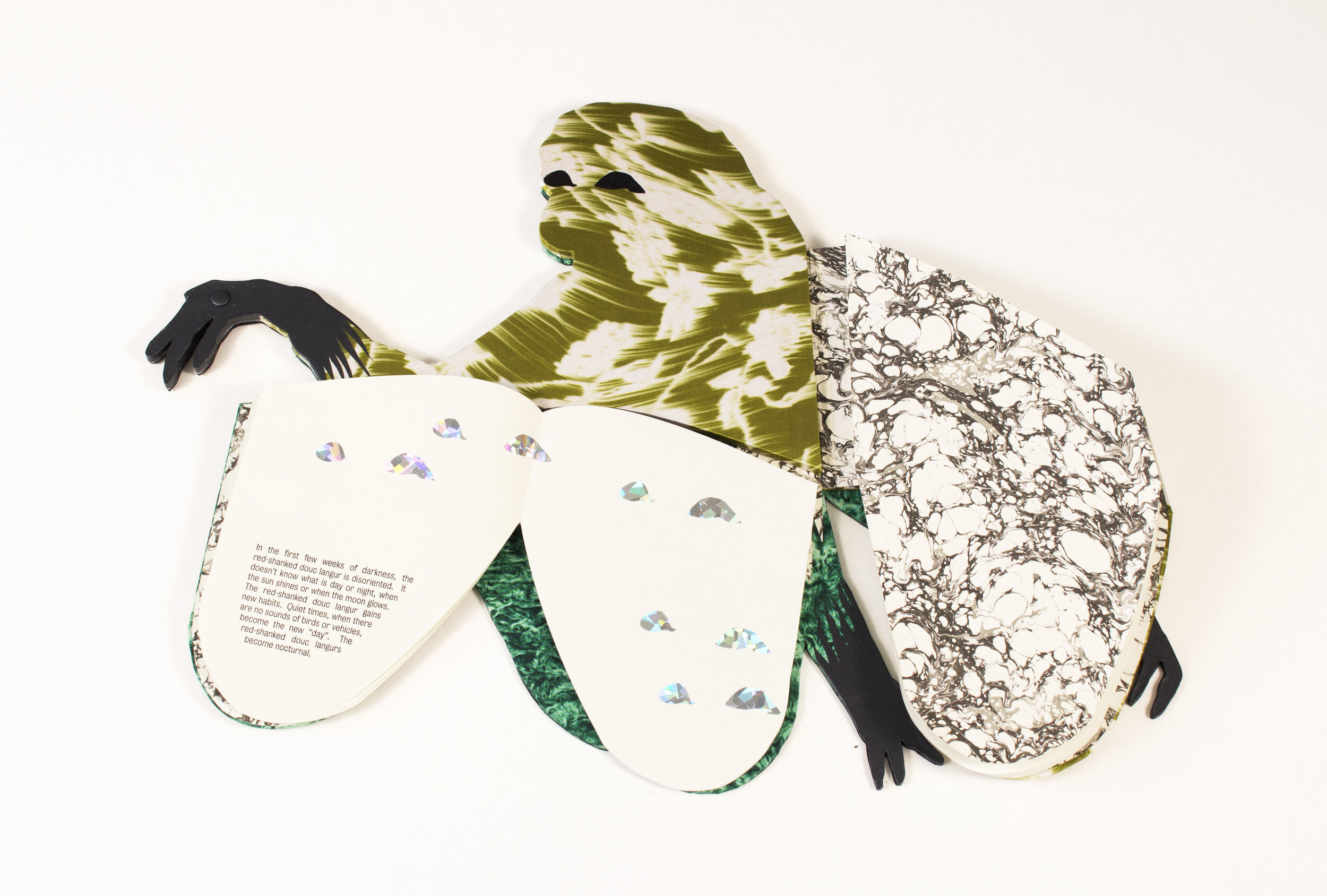
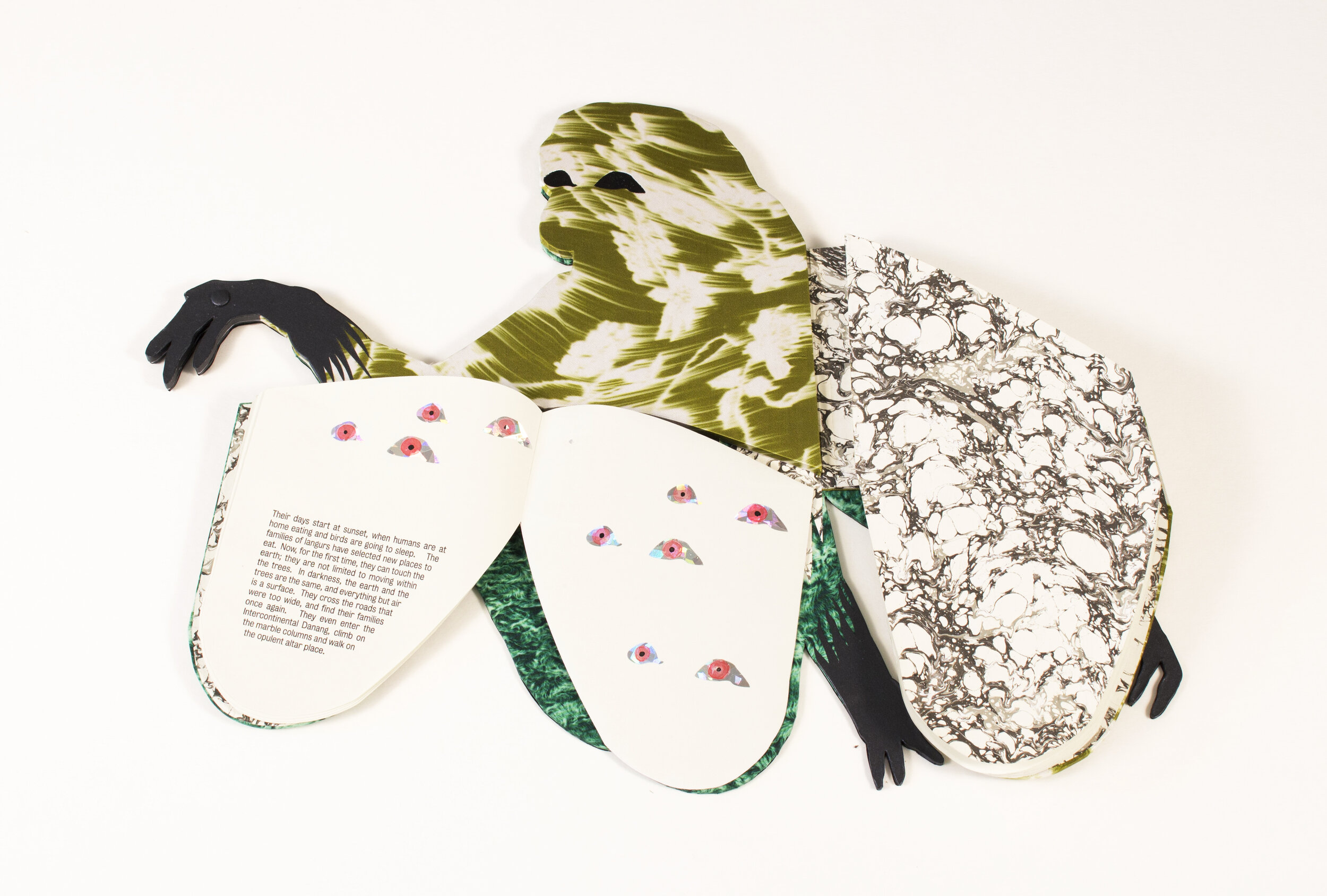
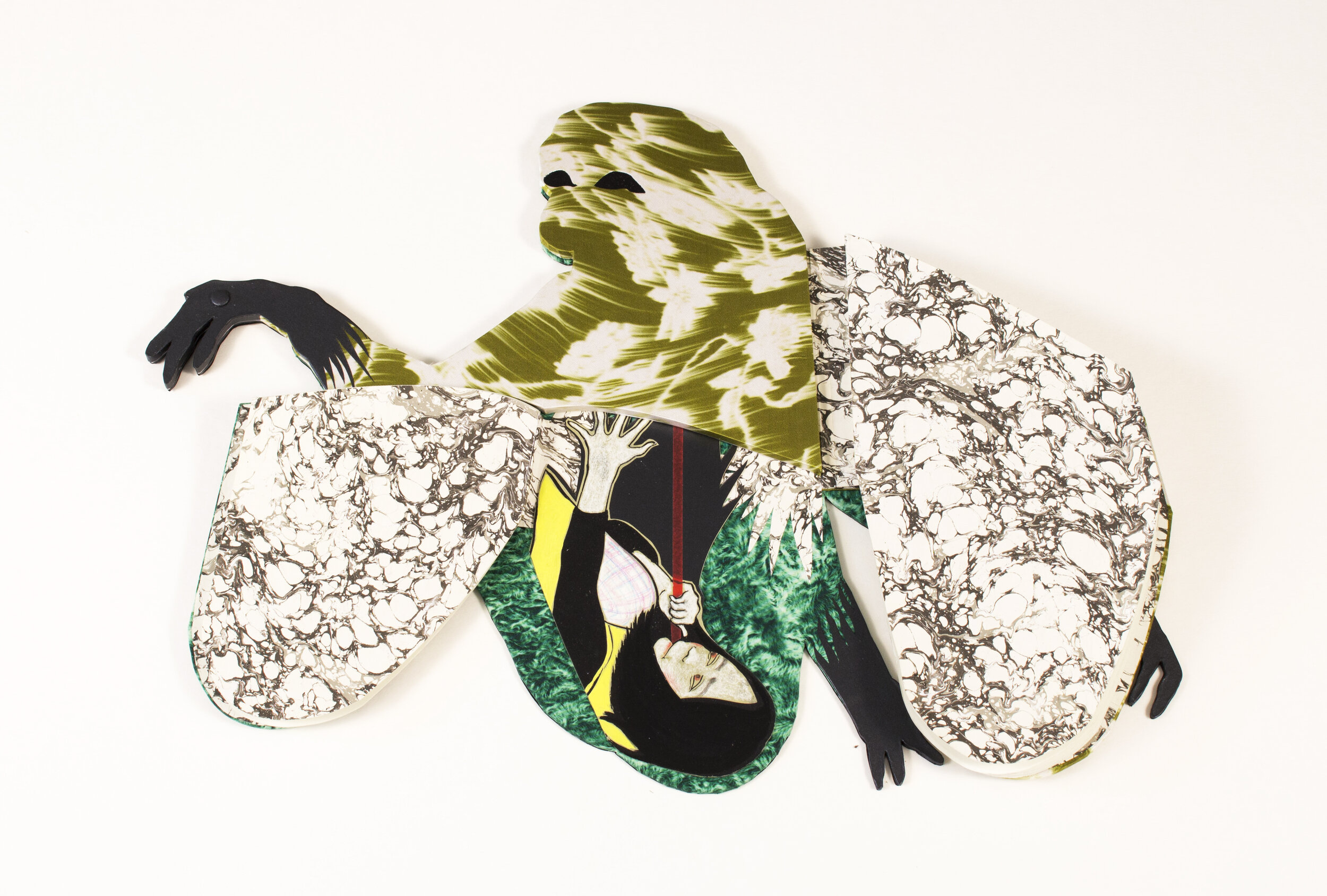
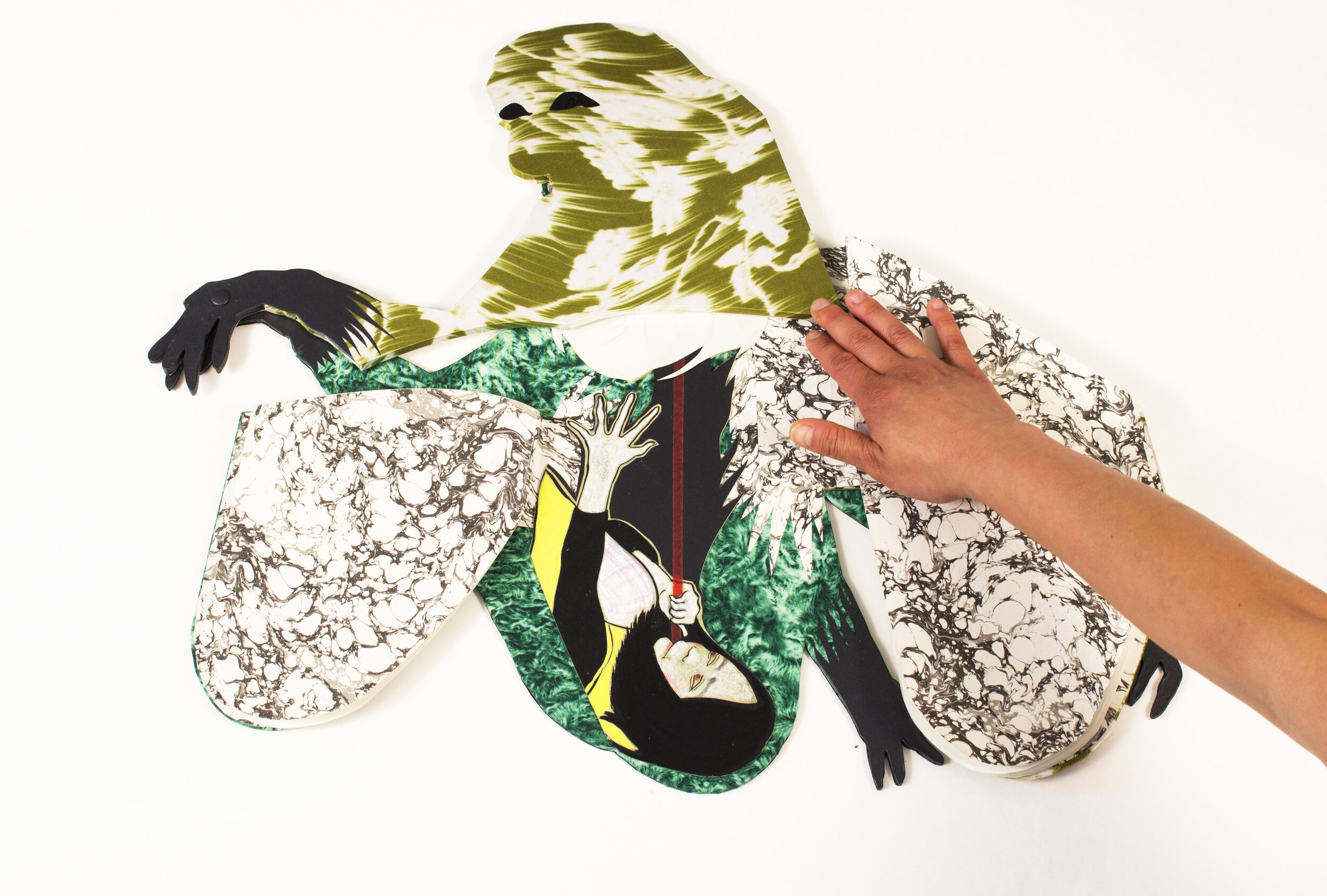
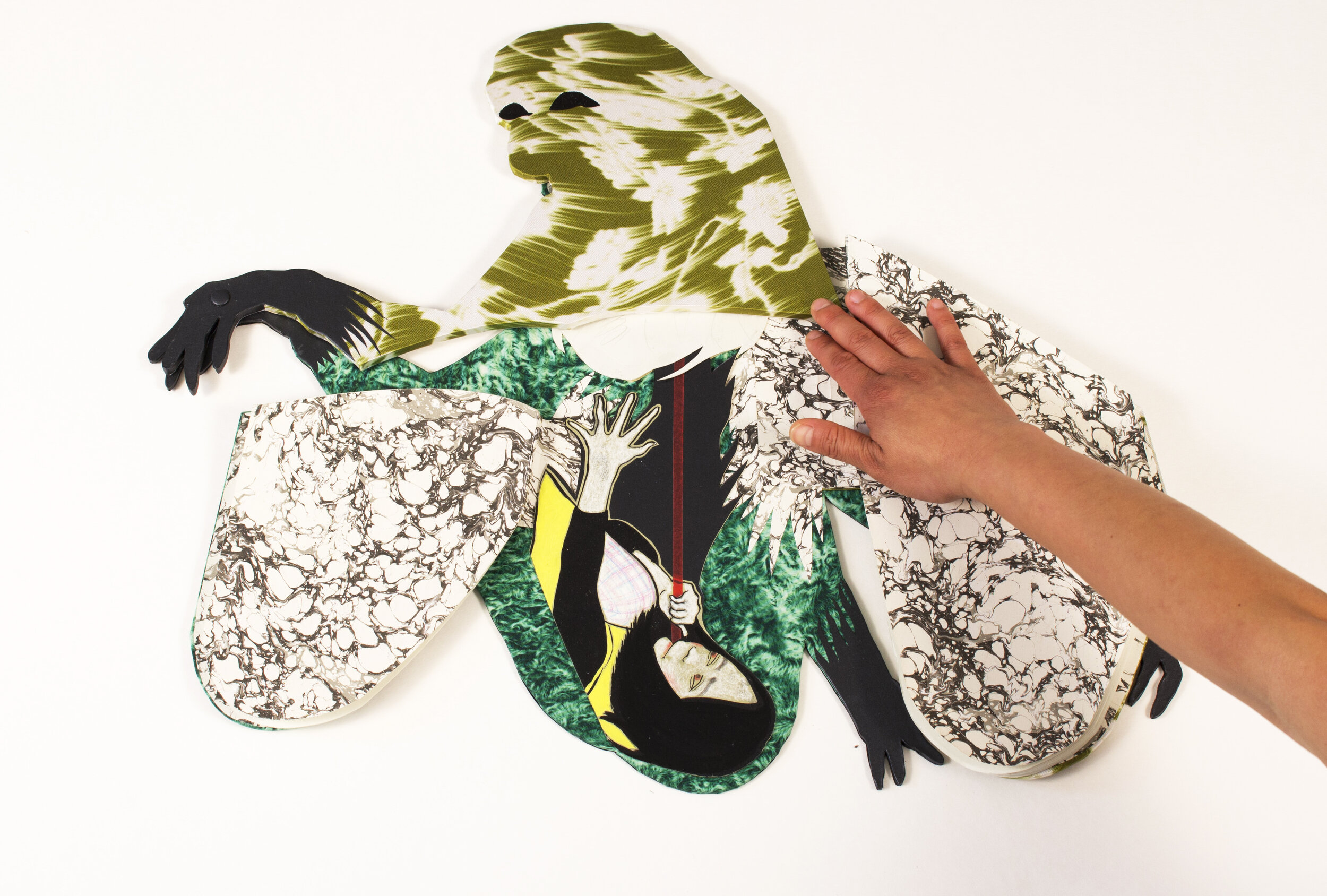
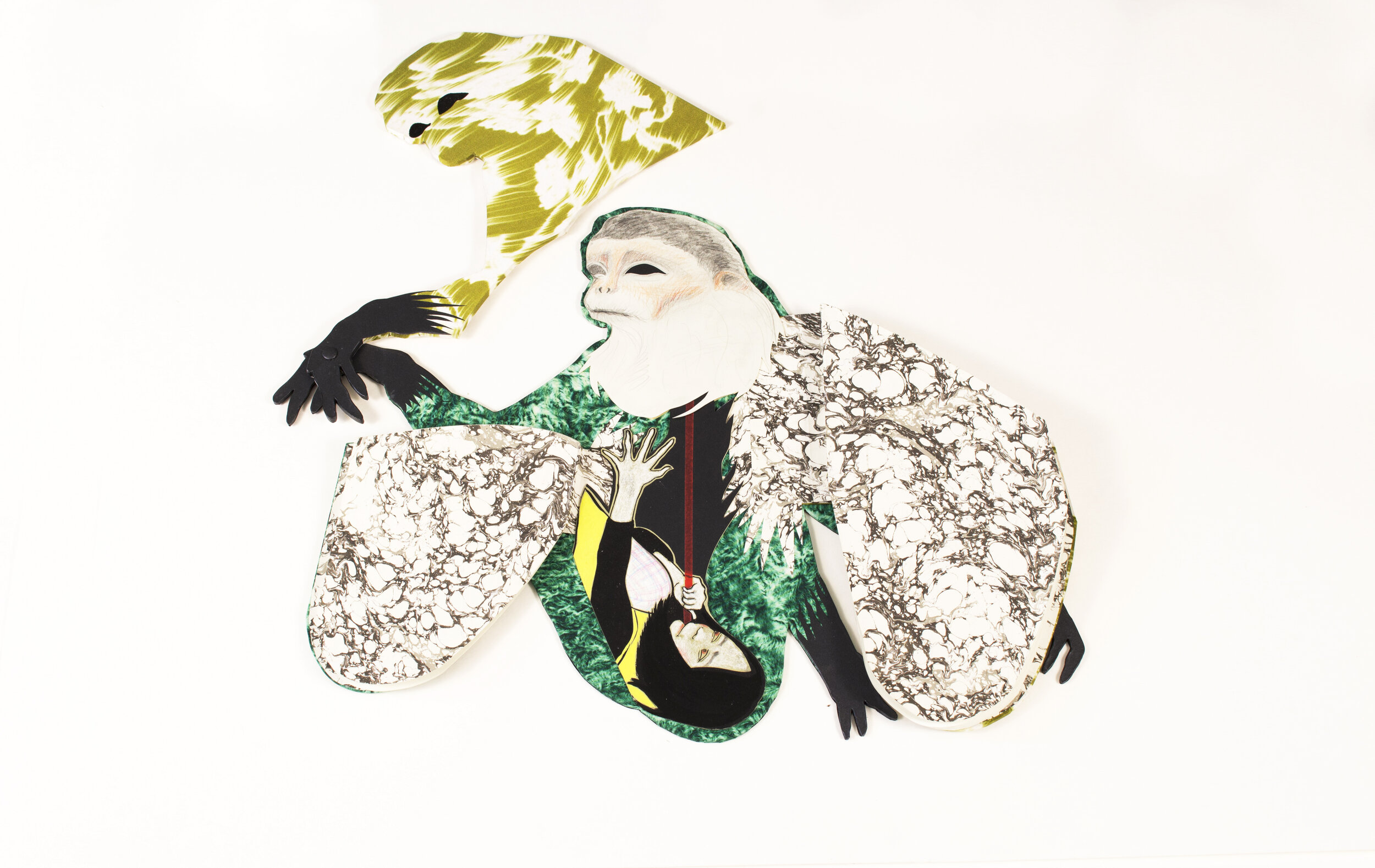
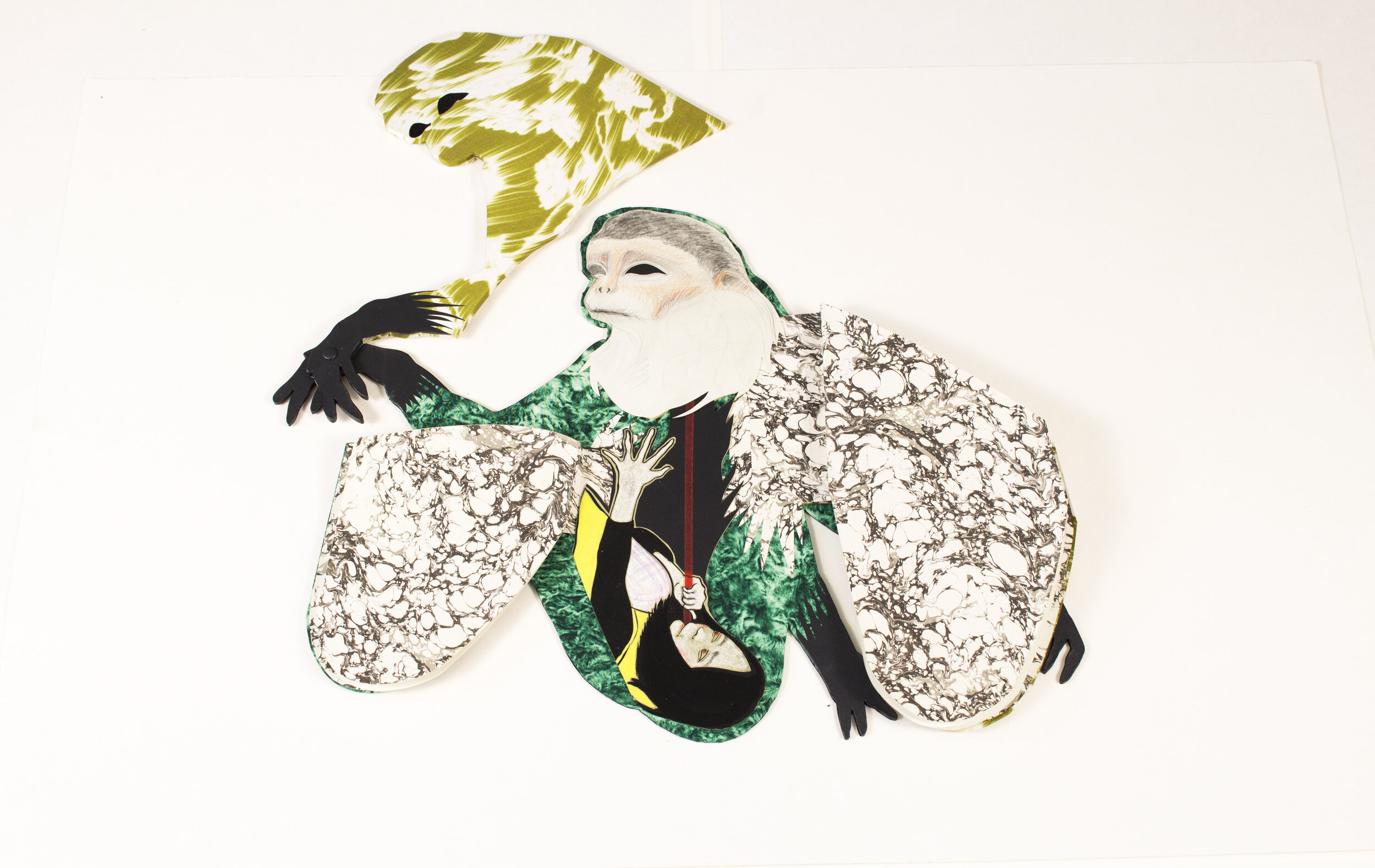
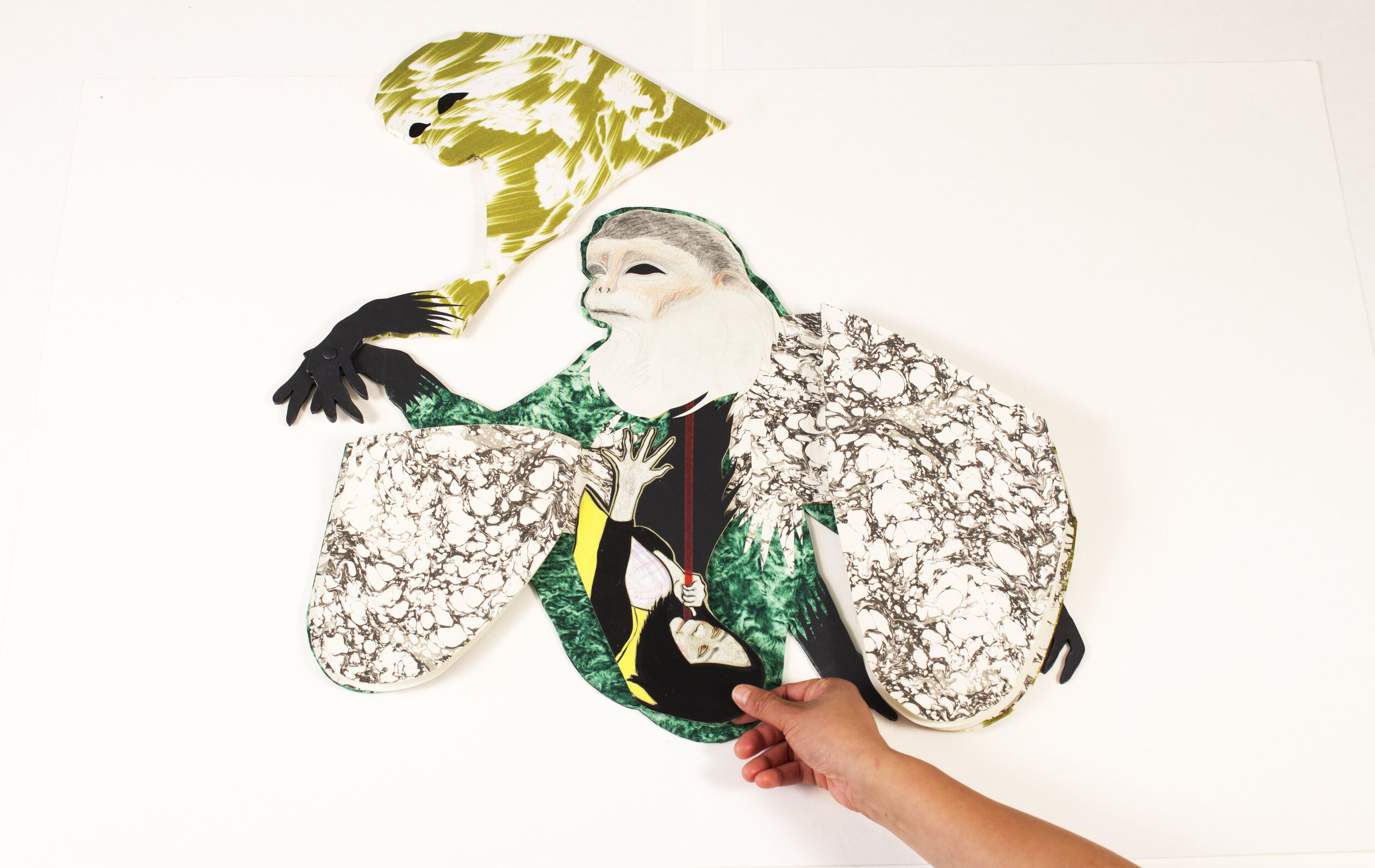
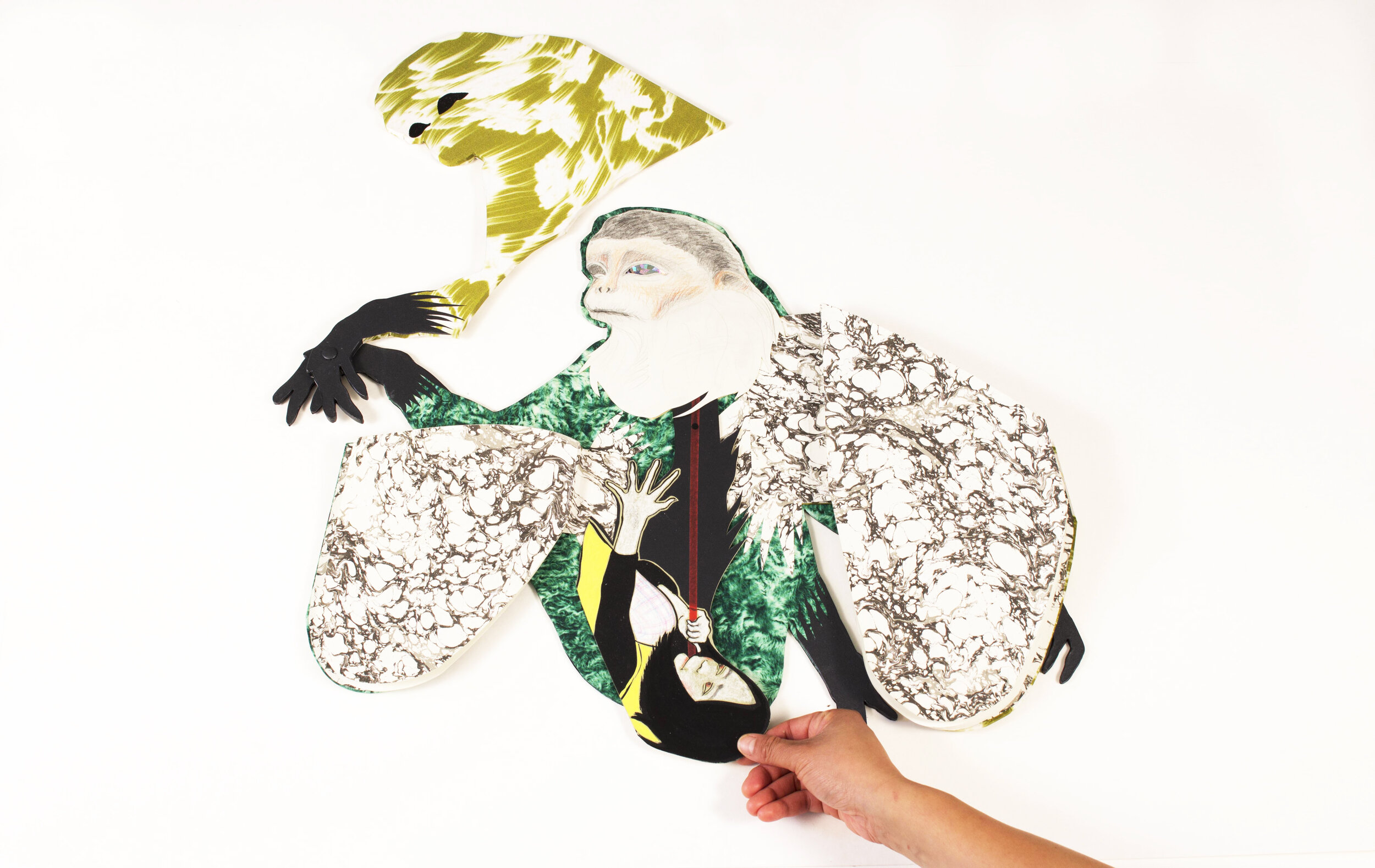
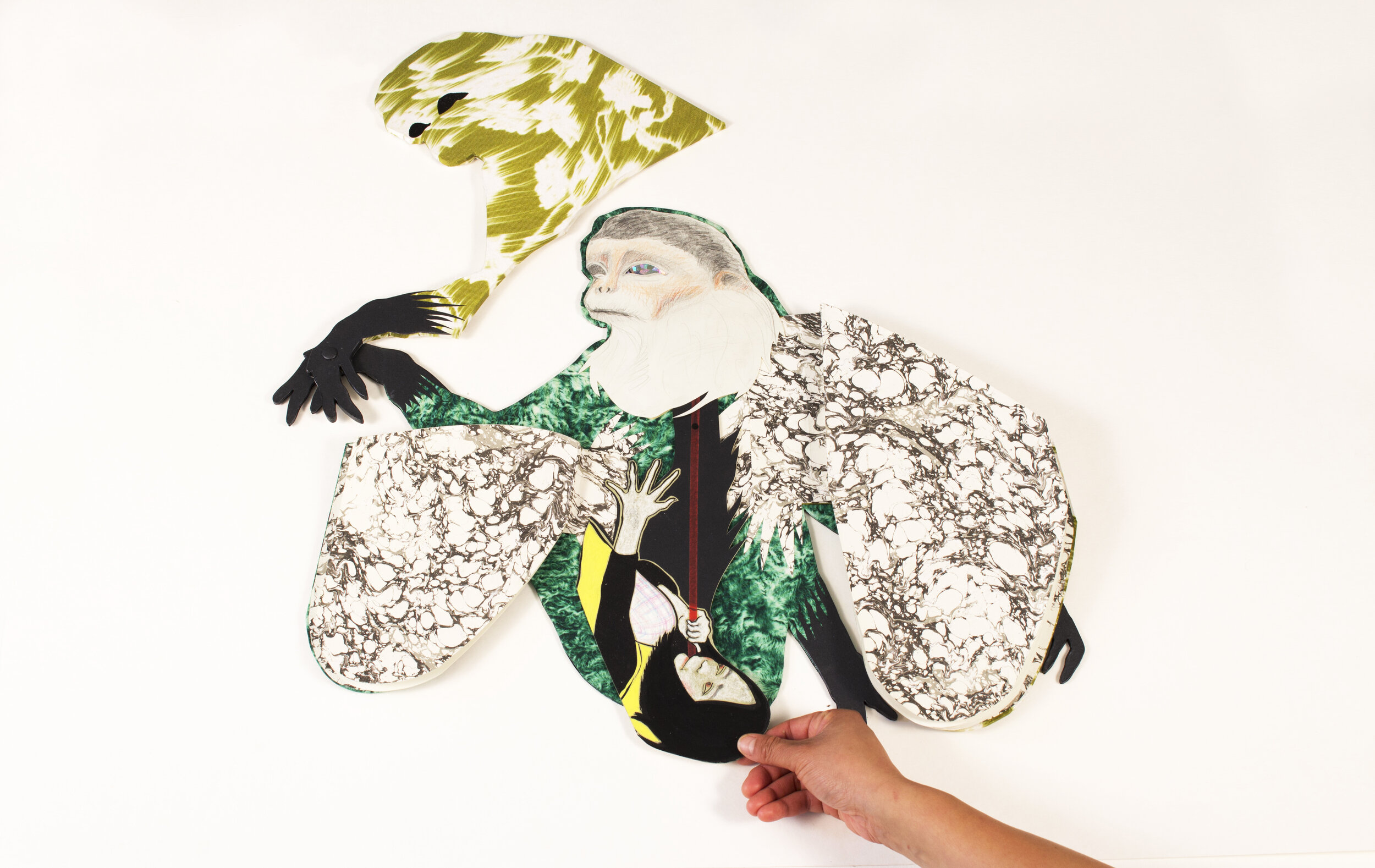

3. DANANG CITY, A SOLUTION
On a typically sweaty afternoon in 2010, a friend and I were driving around Ho Chi Minh City, when we stopped into a bookstore, since disappeared, called Bookazine, on Dong Khoi Street in District 1. The owner was an old fellow and his store sold only old things so it reeked of valuable history and hot dust. Among the piles of old maps, old stamps, and old black and white studio photographs, I found a copy of the 1969 US military document, a proposal to reconstruct the city of Danang on Vietnam’s central coast into a sister metropolis to Saigon. This exhaustively researched text, written under the assumption that the United States would win the war, emphasized the urgency to develop Danang because of Saigon’s status as a Primate City.
What is a “primate city? Mark Jefferson first explored this type of city in 1939. He defines primate city in various ways ranging from capital to largest city; qualifying that the capital has to be twice as large in population as the next largest city.
A Primate City is a “city that grossly outweighs its local national rivals in size and importance. Saigon, Bangkok, Manila, Phnom Penh, and Rangoon all primate urban structures, are at least five times as large as the next biggest city in their respective countries.”
More important are the detrimental effects attributed to these cities. They are thought to:
1. Hinder the growth and development of other cities within the country. 2. Control and dominate the cultural pattern. 3. Absorb technical skills and manpower. 4. Swallow-up available national and foreign investment. 5. Tend to consume more than they produce. (15)”Saigon [according to this document, was] a grossly overused city.
Danang’s development, however, could offset Saigon and stabilize Vietnam.
Shoot, 2015
Danang, one of South Vietnam’s six autonomous municipalities, is situated to the east of Quang Nam Province along the South China Sea. Danang is approximately 605 air-kilometers north of Saigon and is South Vietnam’s second city. Danang’s splendid physical setting demands attention. The following sums it up nicely:
It is at the latitude of Danang (16º N.) that the major elements of the Vietnamese landscape— the sea, the coastal plains, the mountains, the rivers— meet and combine in one spectacular scenic composition. Here, at Vietnam’s “waist,” the green agricultural mosaic of the turtle coastal plain is interrupted by a half-mile high skyline— the Nui Hai Van spur of the Annamite Mountains veering east into he South China Sea. A ten-kilometer gap in this intrusive mass makes space for a big blue bay from which the surrounding hills rise steeply into the tropical clouds. High grass clothes the foothills and the mountains are blanketed with luxuriant jungle growth. The bay shore forms a graceful arc and is defined by the two rivers that issue into it, the Cu De from the west and Han from the south. Extending from the alluvial plain to the base of 2,000-foot high Tien Sha Mountain, once an island, is connected to the shore by an extensive sandpit formed by the opposing currents of the sea and the bay. By the ocean is the excellent six-mile My Khe (China Beach). Punctuating the southern part of this strand is the picturesque group of historical limestone pinnacles called Ngu Hanh Son (Marble Mountains) which rise some three hundred feet out of the fine tan sand. In from the sea to the west bank of the Han River, on a rise of old river deposits, is the historical settlement of Danang.Danang should have a bright future.
The mountain is so grand that from its peak you can see tiny islands in the South China Sea. These tiny bits of earth are called the Paracel Islands. Almost no civilians have ever been to this archipelago. It’s a place for experts, like navy personnel.
At 16°N, Danang City is at the same latitude as these Paracel Islands. You’ve got a straight shot at them from the top of Son Tra Mountain. In theory: control Danang and you control those islands. In theory: control the Paracel Islands and you control the oil coming from the Middle East. For Middle Eastern oil to reach the powers of Asia it must travel through the Straight of Malacca in Singapore and then into the South China Sea.
National borders are defined by land not by water. The Paracel Islands are like freckles of earth in the middle of the South China Sea that possess the power to extend and define national borders across the vast blue ocean.
Maybe this is why the Chinese and Vietnamese were having a water fight on the sea last summer. Supposedly, the Chinese were shooting Vietnamese ships with powerful water hoses as a way to provoke the Vietnamese to shoot with something else. It looked like they were fooling around— lost boys on an island— until someone could no longer take a joke.
Danang should have a bright future. Everyone wants her. Everyone has wanted her.
Eyeball Suck, 2015
4. DANA NG, EYEBALL SUCKER
Dana Ng is a fairy who comes down to Son Tra Mountain to play chess. She is a young child of Chinese descent, though she has taken a Western first name. She’s got the blackest and shiniest hair,as black and shiny as an oil slick. Her complexion is white and gray like marble dust. Her uniform is like that of a Chinese or Vietnamese merchant dressed too warmly for the torrid weather, with enough pockets to fit stacks of cash and a big mobile phone.
Dana Ng is agile, a sprinter. She can squat down and leap up tirelessly. She plays chess every day like a mortal child goes to school. It’s an academic affair, a prerequisite to all other pursuits.
Dana Ng’s real major, though, is “heavens’ eyeball sucker.” The cunning girl targets the red-shanked douc langurs and sucks their eyes out through a long plastic straw. She collects them in a cup filled part way with mucus and blood. Sometimes she eats them, as they have the fun, gelatinous consistency of tapioca pearls. When out on a hunt, Dana Ng looks no different than a young Asian school girl enjoying a bubble tea after school.
The red-shanked douc langurs have eyes that are completely black, the blackest you have ever seen, the black of outer-space, and glazed wet, like shiny tapioca pearls. Used as bullets, they splatter with the viscosity of an egg yolk— making them one of the strongest adhesives on earth.
Dana Ng is an agent of China. In awe and admiration of American concepts and strategies, Dana Ng shoots the red shanked douc langur’s eyeballs from her straw. She targets old homes, stores, and any establishment that interferes with a 1969 US military plan to reconstruct Danang. Dana Ng interprets their goals and selects structures to mark. The plan focuses on several points:
Direction of Growth: Like most cities situated on bays, Danang will probably grow around Danang Bay, with minor growth towards Marble Mountains. Two considerations lend force to this statement: 1) the lands directly south of the old city which would normally constitute the natural avenue for growth, are marshy and unsuitable for urban use, and 2) the lands which lie around the bay, are drier, better drained and more suitable for urban use. […] Development of a Hotel Complex Along the South China Sea: The extensive sandspit, formed by the opposing currents of the sea and the bay which connects Tien Sha Mountain with the mainland is an ideal site for tourist hotels and apartments. […]A Miami Beach type of development, with hotels along the beach, for this area appears most plausible. Central City Area (The Core Area): This old French area will become the nucleus of the new city center. […]Danang Bay Beach: Call it the “revolution of rising expectations”, (68) […] The fishing villages and squatters along the Bay may gradually give way to free the Danang Bay beach for recreational use. […]New Roads: Roads are the skeleton of a plan.All Eyeballs Go to Heaven #2, 2015
When Dana Ng finishes shooting at all of her targets, the obsolete structures are splattered with black eyeball explosions. From high in the heavens the other fairies can see exactly what needs to be destroyed to ensure a stable future for Vietnam.
Every summer, the fairies’ council gathers to plan their program of typhoons that will hit Danang City between September and March of the following year. One fairy will direct the sun to heat the South China Sea. Another fairy will pull winds from all places so that another fairy can catch moisture from the ocean. A team of fairies funnel this air into a hot upward spiral creating the eye of the cyclone. This is how a typhoon is created. Once it has gathered enough power, all of the fairies in the heavens settle around it, clutching bits of cloud so that it will not get away. Then, when the time is right, all of the fairies let go at once and the typhoon obliterates all that is obsolete in Danang.
5. BLIND PRIMATES
The red-shanked douc langur is complacent about losing its eyes. After the pounce, Dana Ng crouches over the primate’s body, one leg in the groin area, the other on its chest. She inserts the straw into the eye socket, and sucks— usually the whole eyeball comes out in one deep inhalation.
The red-shanked douc langur is left blind.
The langur’s eye sockets bleed for a few days. The blood dries up and it flakes away, like dead skin. As this layer of residue is shed, their empty eye sockets fade into a cold white color, revealing the back of their skulls. The bone is the color of clouds, and when they tilt their heads upwards, it’s as if they reflect the heavens— the origins of the future.
In the first few weeks of darkness, the red-shanked douc langur is disoriented. It doesn’t know what is day or night, when the sun shines or when the moon glows. The red-shanked douc langur gains new habits. Quiet times, when there are no sounds of birds or vehicles, become the new “day”. The red-shanked douc langurs become nocturnal.
Their days start at sunset, when humans are at home eating and birds are going to sleep. The families of langurs have selected new places to eat. Now, for the first time, they can touch the earth; they are not limited to moving within the trees. In darkness, the earth and the trees are the same, and everything but air is a surface. They cross the roads that were too wide, and find their families once again. They even enter the Intercontinental Danang, climb on the marble columns and walk on the opulent altar place.

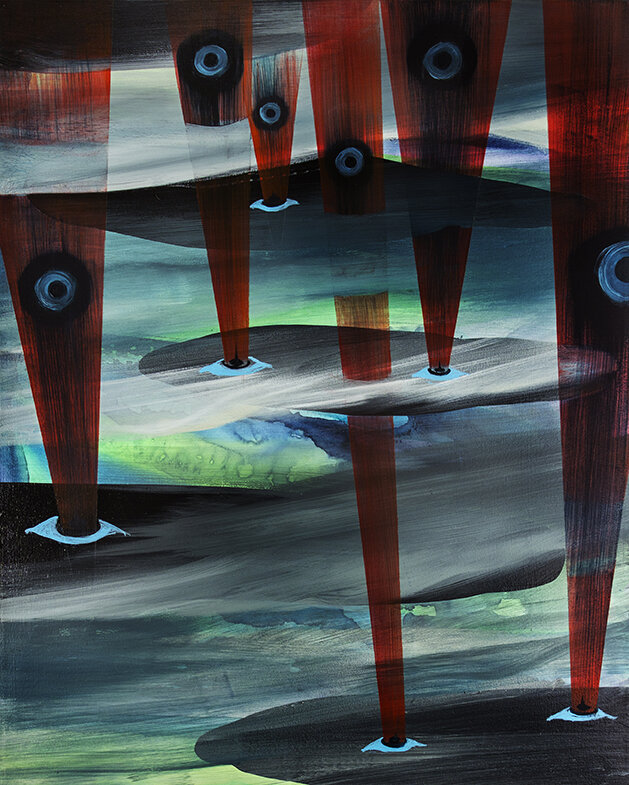
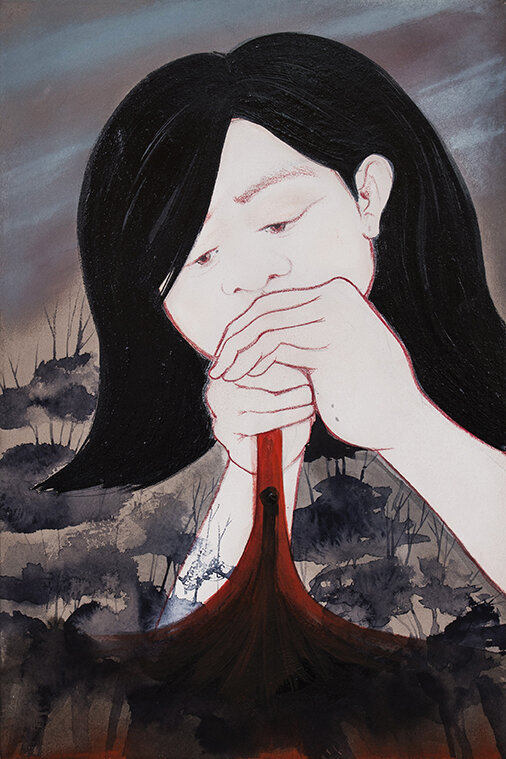
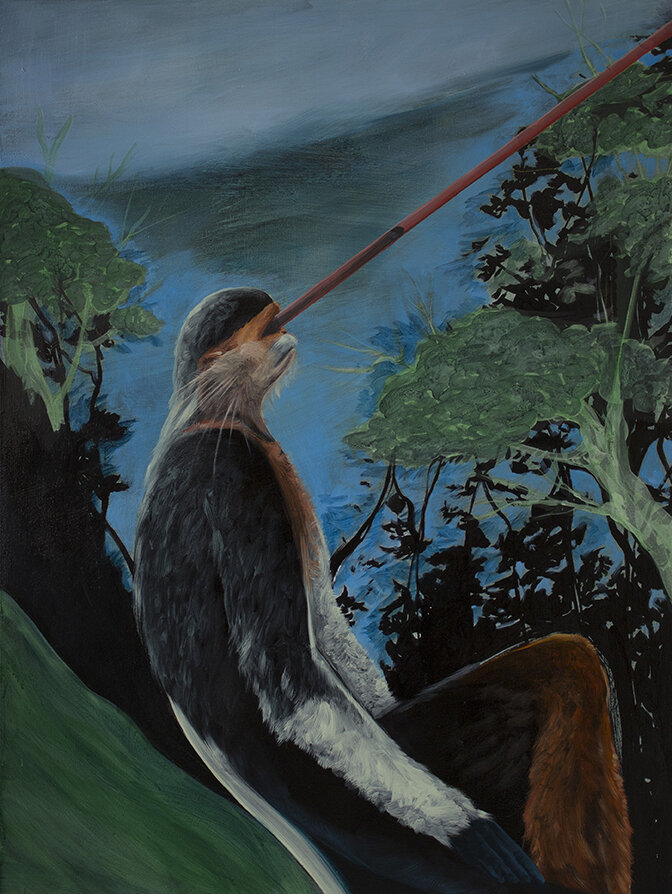

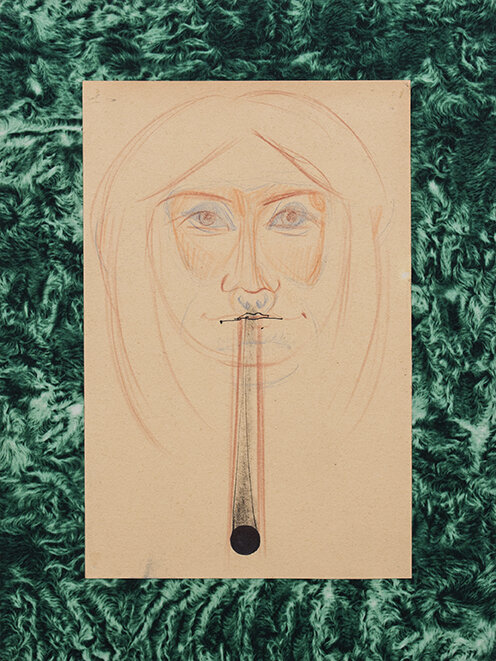
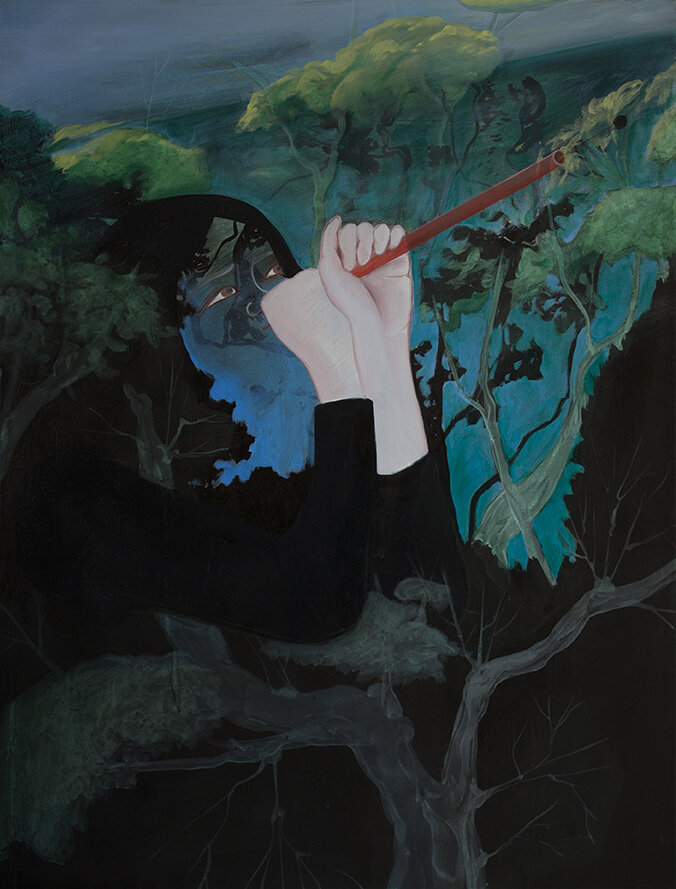

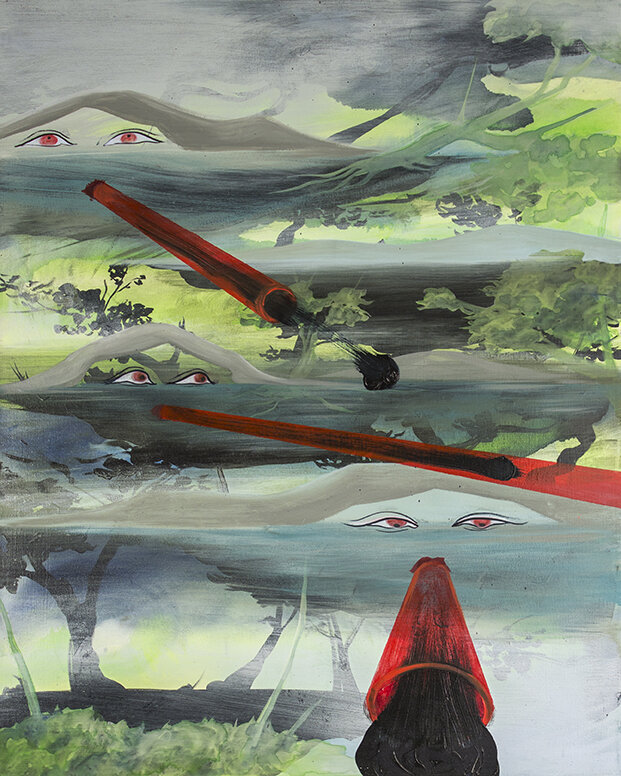
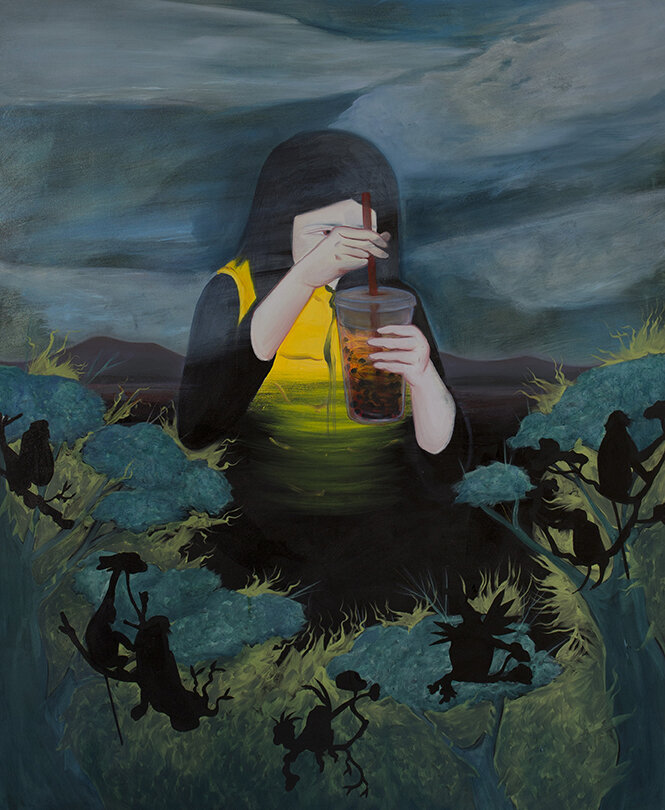
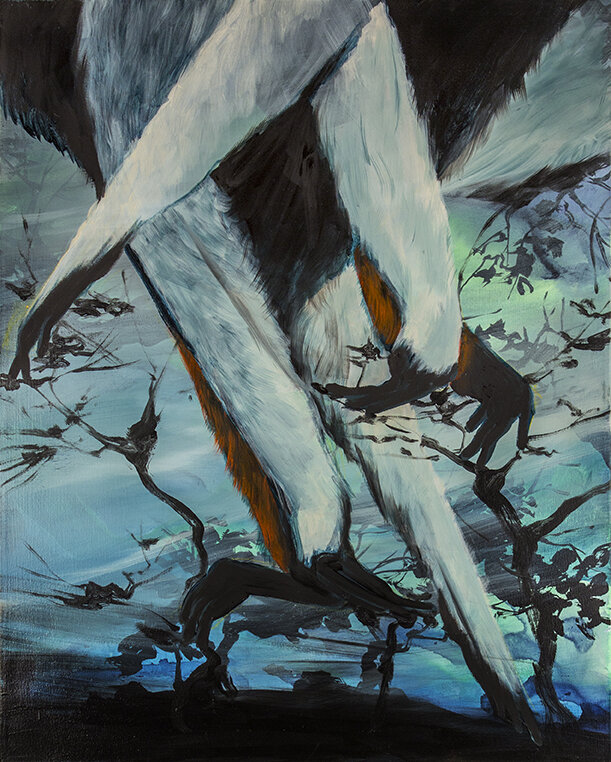
An Introduction and a Colophon
You are looking at a facsimile of a US military document interwoven with decorated vellum.
On a typically sweaty afternoon in 2010, a friend and I were driving around Ho Chi Minh City, when we stopped into a bookstore, since disappeared, called Bookazine, on Dong Khoi Street in District 1. The owner was an old fellow and his store sold only old things so it reeked of valuable history and hot dust. Among the piles of old maps, old stamps, and old black and white studio photographs, I found a copy of the 1969 US military document, a proposal to reconstruct the city of Danang on Vietnam’s central coast into a sister metropolis to Saigon. This exhaustively researched text, written under the assumption that the United States would win the war, emphasized the urgency to develop Danang because of Saigon’s status as a Primate City.
Some pages in the original were missing.
This reproduction was printed on a Staples black and white photocopy machine, using 80 lbs. 11” x 17” Xerox Digital Elite Gloss paper, selected for its resemblance to the shiny coated paper used by the US military. The Xerox paper was then stained with Dunkin’ Donuts Dark Roast coffee to mimic the yellowing of the original.
The original document was printed on 8.5” x 11” paper and was comb-bound. The reproduction also has comb-binding punches, but it was printed on 11” x 17” paper that was folded into folios, and then punched, so that it could be sewn together into a rounded-spine book.
Each folio of the reproduced document is separated by a folio of green vellum, silkscreened with blue-grey depictions of the red-shanked douc langur and plant cut-outs from comic books.
The red-shanked douc langur is an endangered species of primate that lives on Son Tra Mountain in Danang City. There are only a few hundred of these primates left, but they have been in Vietnam forever through the thousand years of Chinese domination— through colonization by the French and Dutch, and through all the battles between America and the Vietnamese Communists.
Their arms and shins are orange-red, the hue of bricks. Their bodies are silvery grey, like slate chalkboards, with white streaks along their forearms and calves. Their beards are the same warm white. Their faces are blushed with the orange-red of an unripe persimmon. Their eyes are completely black, the blackest you have ever seen, the black of outer-space. Their eyes are glazed wet, like shiny tapioca pearls.
The collaged plants are cut in the shapes of local plants from Son Tra Mountain. They are cut from “The ‘Nam” comics— a Marvel series which ran from 1986-1993, in which each issue was a make-believe account from the Vietnam War told from the point of view of a fictional soldier. The stories are told through many dramatic shifts in perspective and through those shifts, you, the reader, become a participant in the war: soldier, journalist, spy, civilian. You fly in a helicopter over red swampy water and see how the jungle extends into infinity. You get up close with the wounded, and then an explosion splatters you onto the next page. Napalm drops from your plane into the unknown. There are eyes everywhere, looking up and down, in moments of rest and moments of fright.
This book, “Research for the Prevention of Primate Cities in Vietnam,” is sewn and bound with a rounded spine. The cover is wrapped with an Italian textile that was backed with Kozo paper. The end pages have been silkscreened and collaged in the same manner as the imagery on the green vellum, but on 60 lbs., text weight, Zerkall German Ingres Mint paper. The title page and this text is printed with polymer type using the fonts Bureau Grotesque, Pirate Incognito Italics, and SF Sports Night. The text on the cover was hot-stamped with holographic foil and uses the fonts Bureau Grotesque and SF Sports Night.
This book is an artist book and also a reference for the accompanying artist book entitled “Dana Ng in Danang City,” which takes the shape of a red-shanked douc langur. That book includes some excerpts from the 1969 US military document, but the stories were all written by me. The images were created through collage, watercolor, graphite, ink, colored pencil, and silkscreen. The text was printed on polymer type and the fonts used are Bureau Grotesque, SF Sports Night, and Pirate Incognito Italic. The text block paper is 60 lbs., text weight, Zerkall German Ingres Mint paper. The book is constructed by a drum-leaf structure and the book boards are laser-cut from 1/8” MDF. The fold-outs throughout the book are made from cardstock with other various papers. The whole book is wrapped in designer silks which have been backed with Kozo paper. The langur's eyes were hot-stamped with holographic foil.
These two artist books should always be viewed together.
Two editions were made and all of the books were created at my studio in Westport, CT and the Center for Book Arts in New York City. I would not have been able to create them without Jesse van Buren and David Richter, who edited all of my text and listened to me develop this story from the beginning. I have also received so much generous support from the Center for Book Arts, The Pierrepont School, and Eleanor and Andrew Beer.
Today is February 9th, 2015. I am at home, writing in New York.
